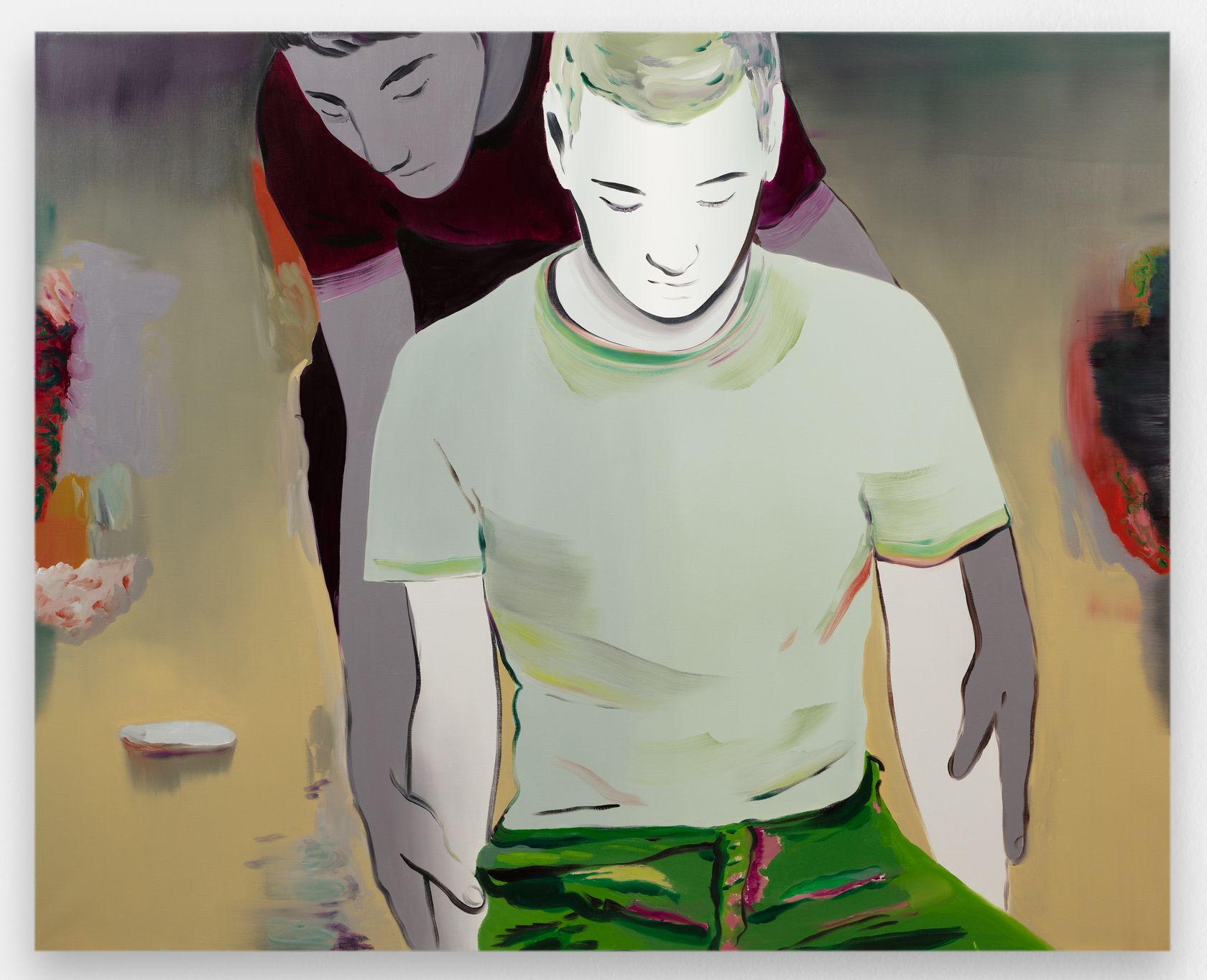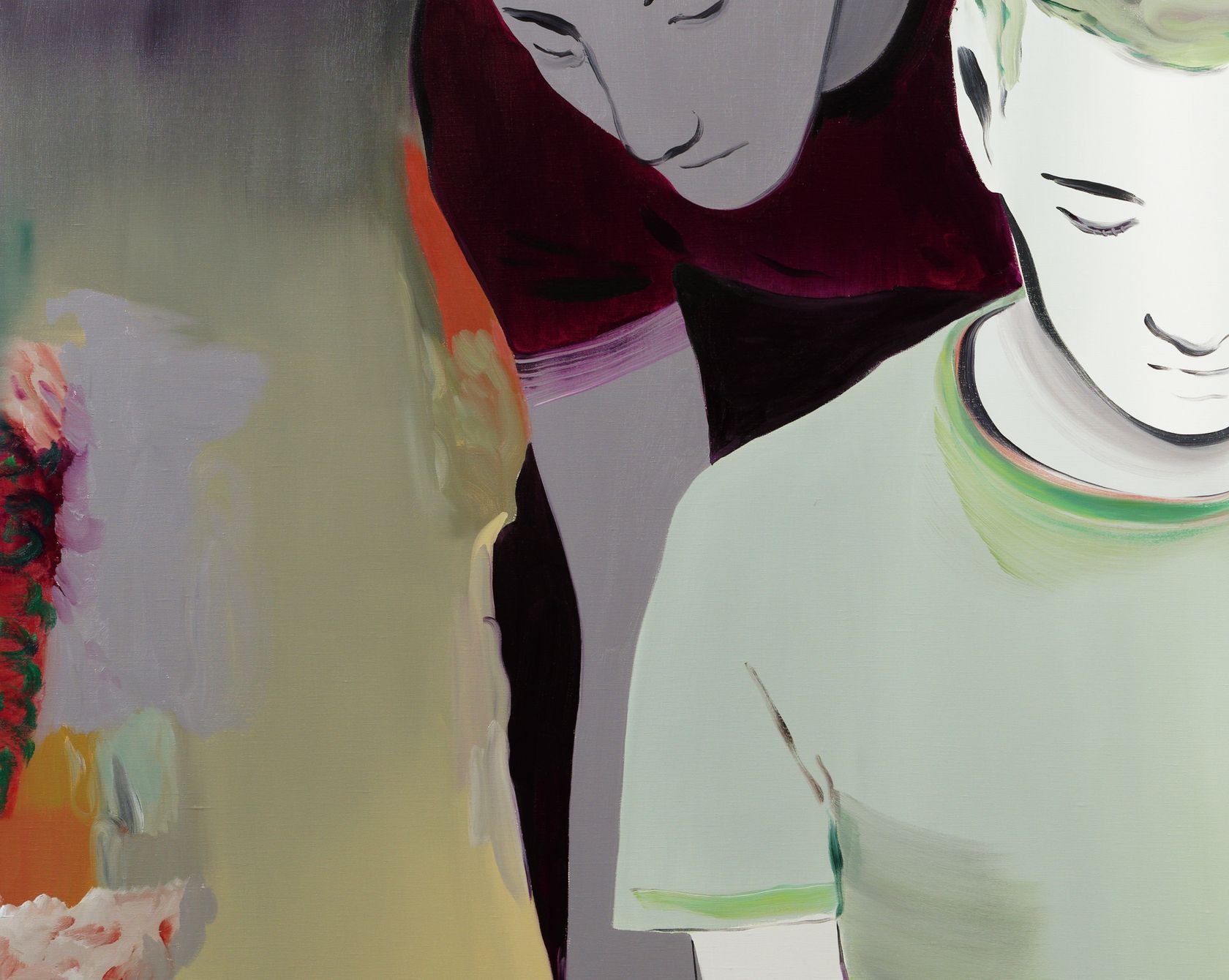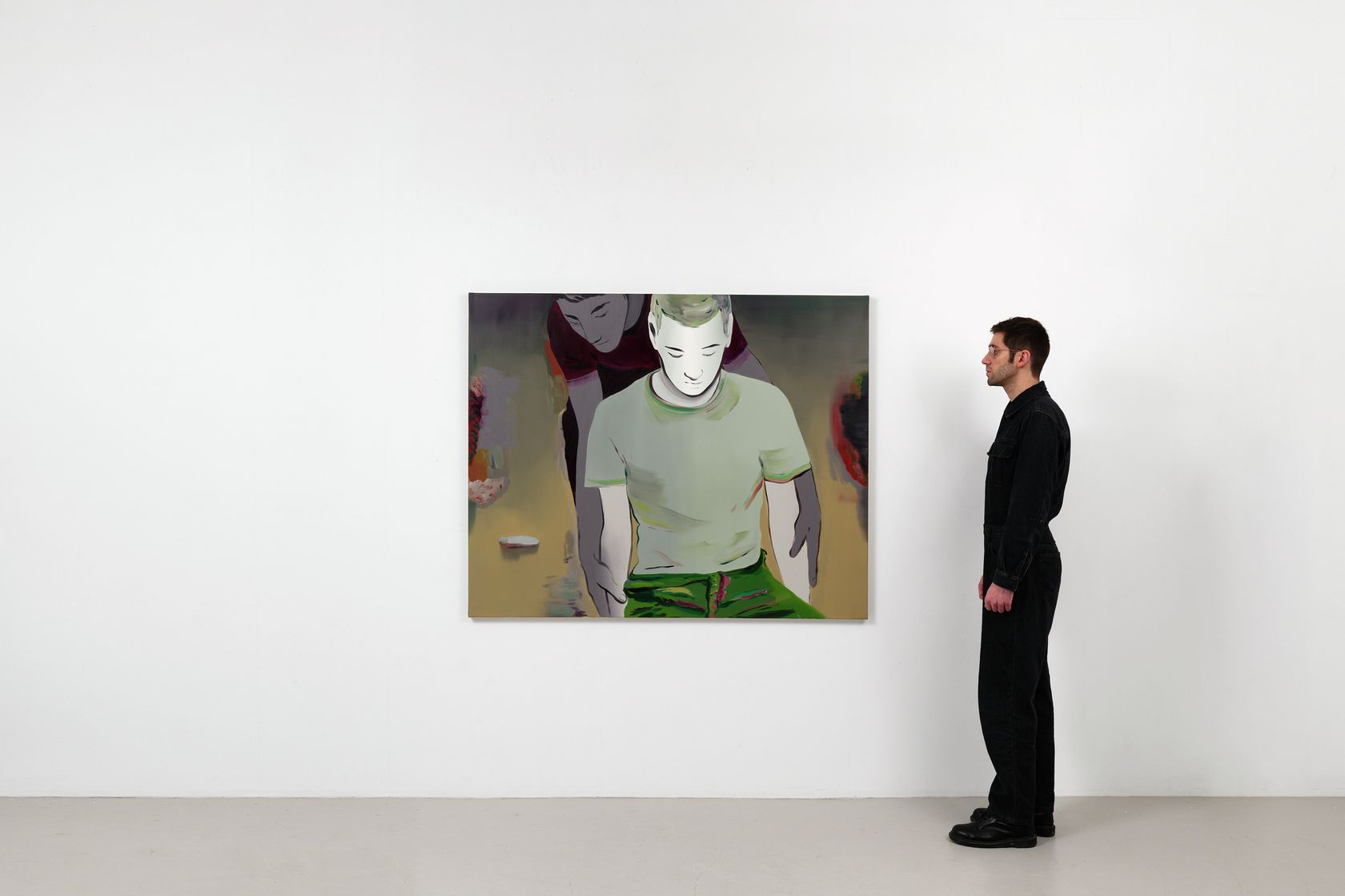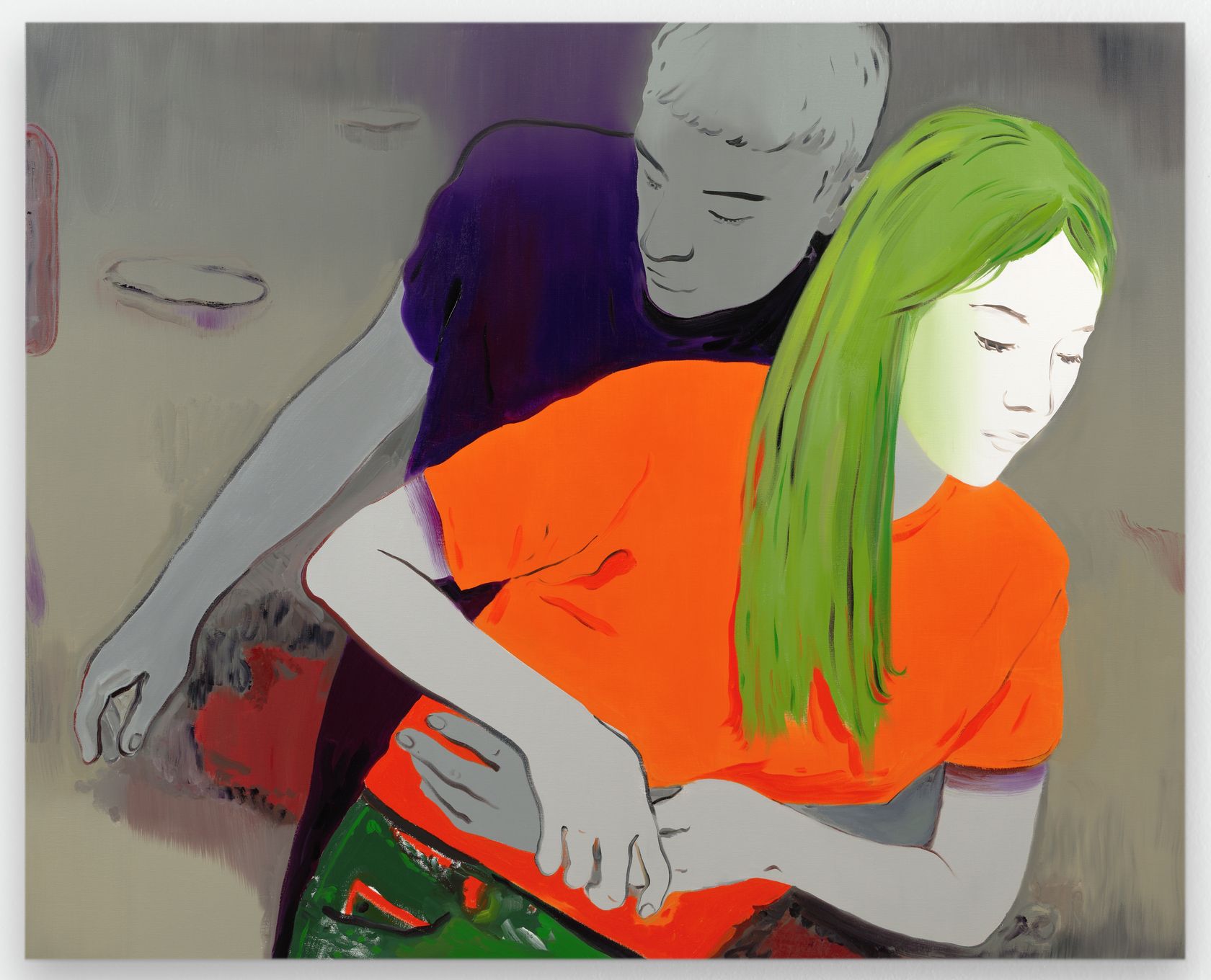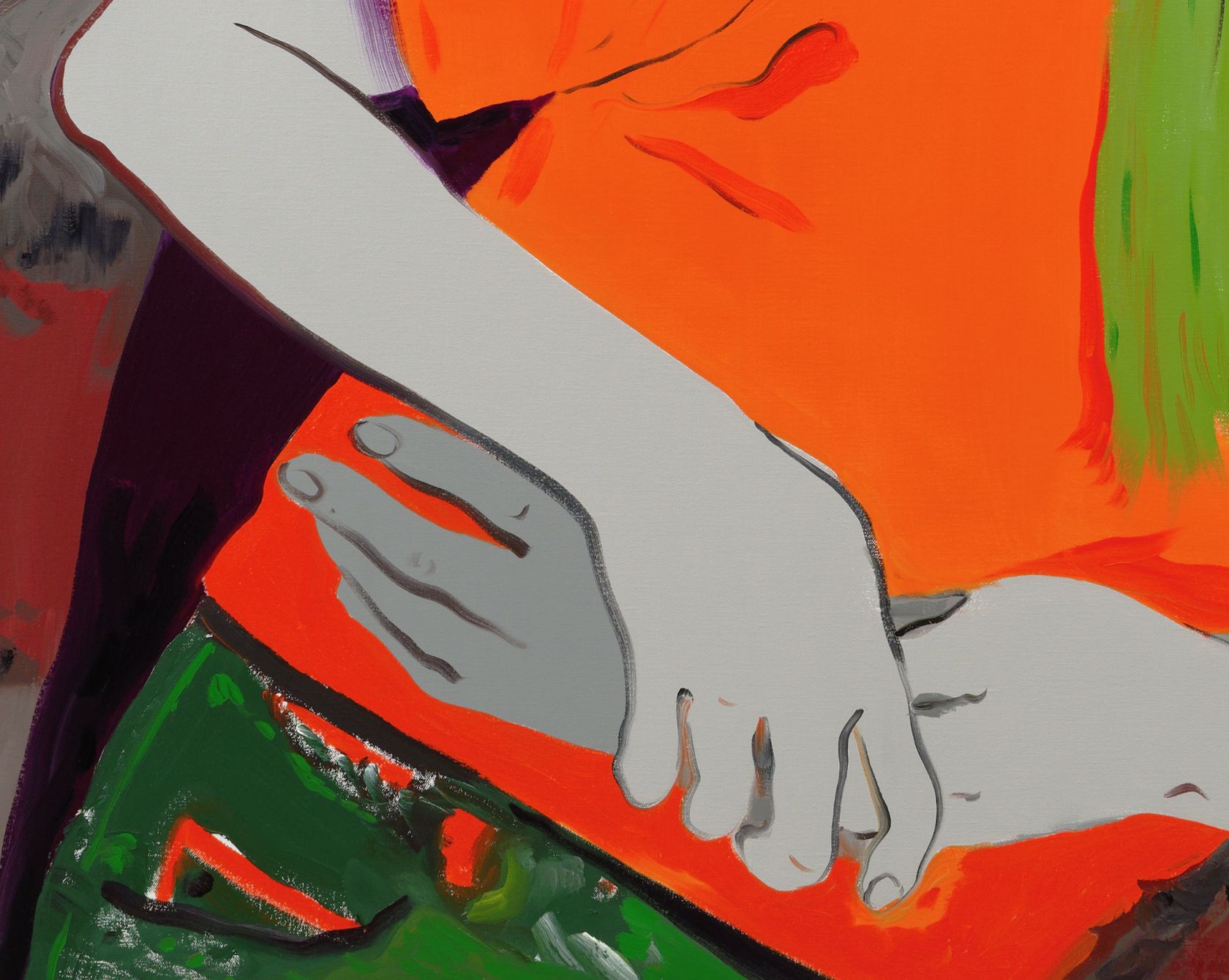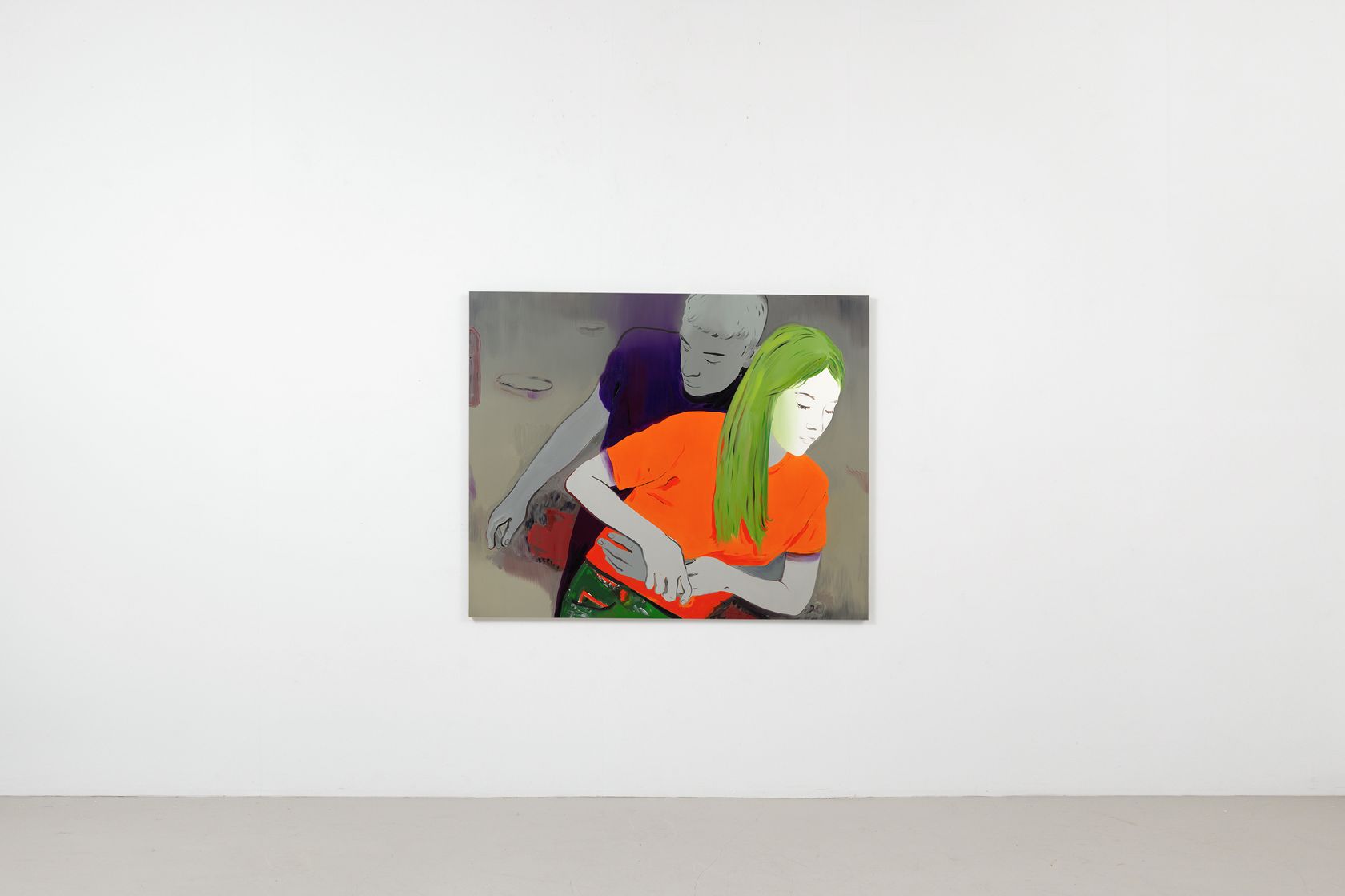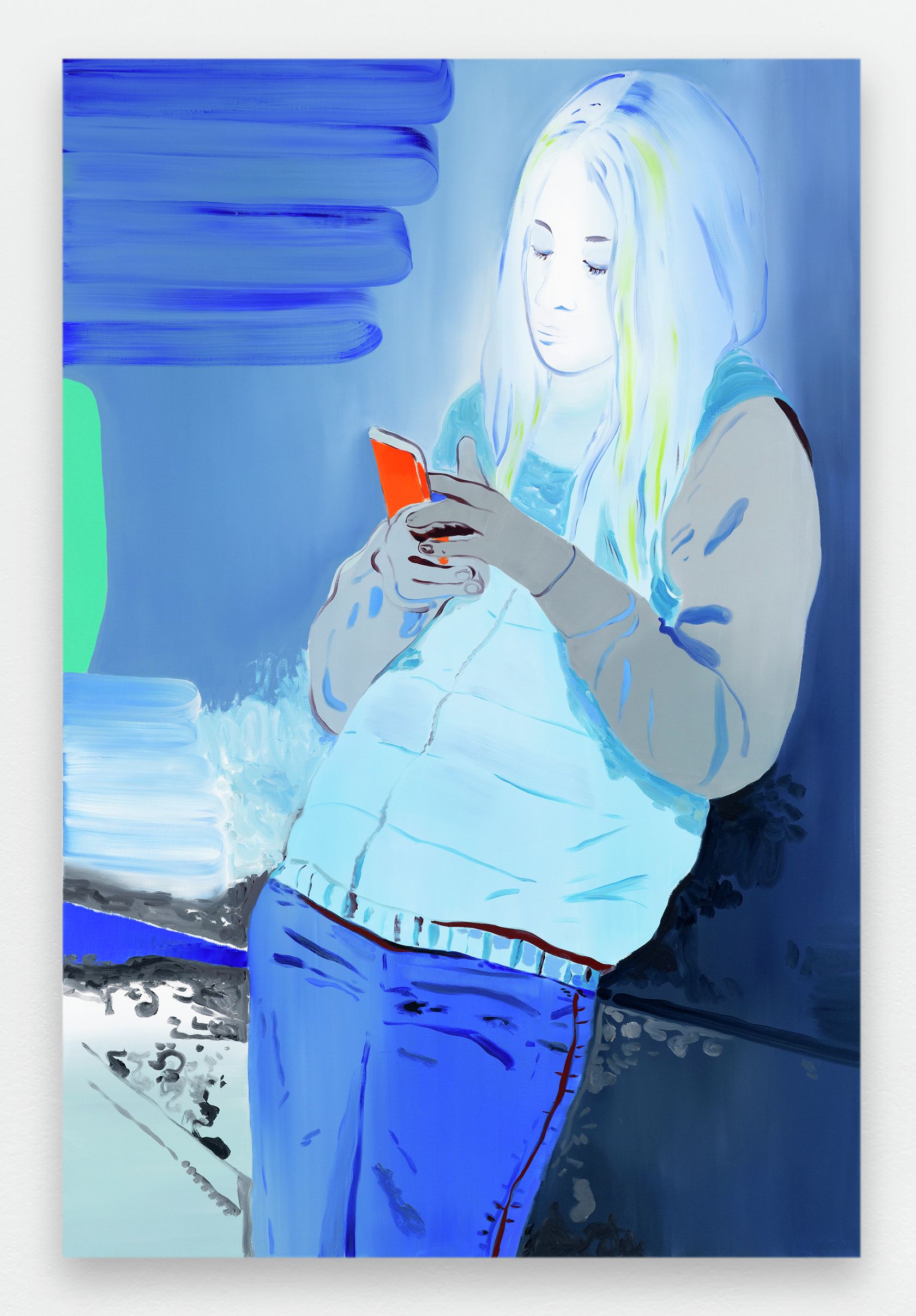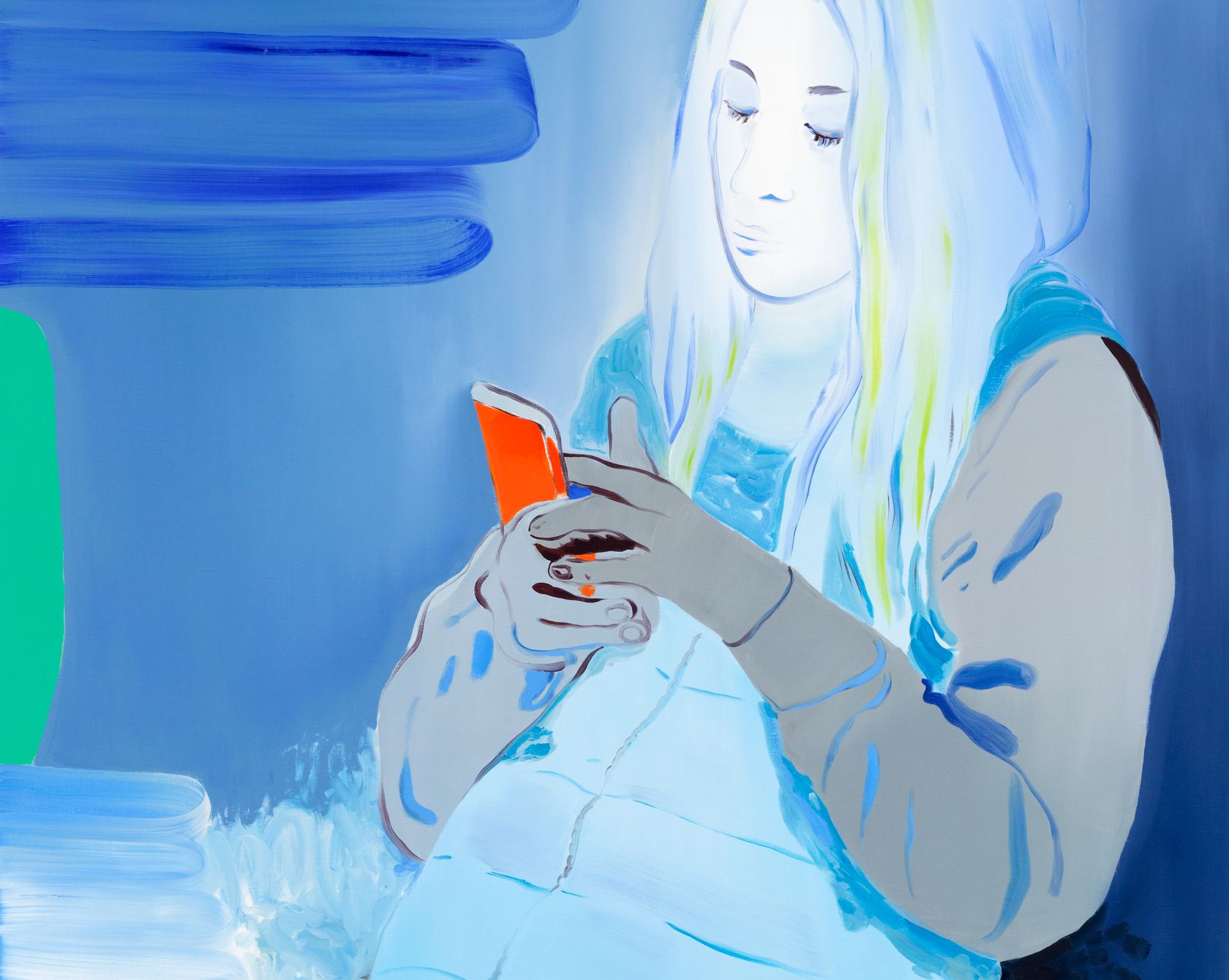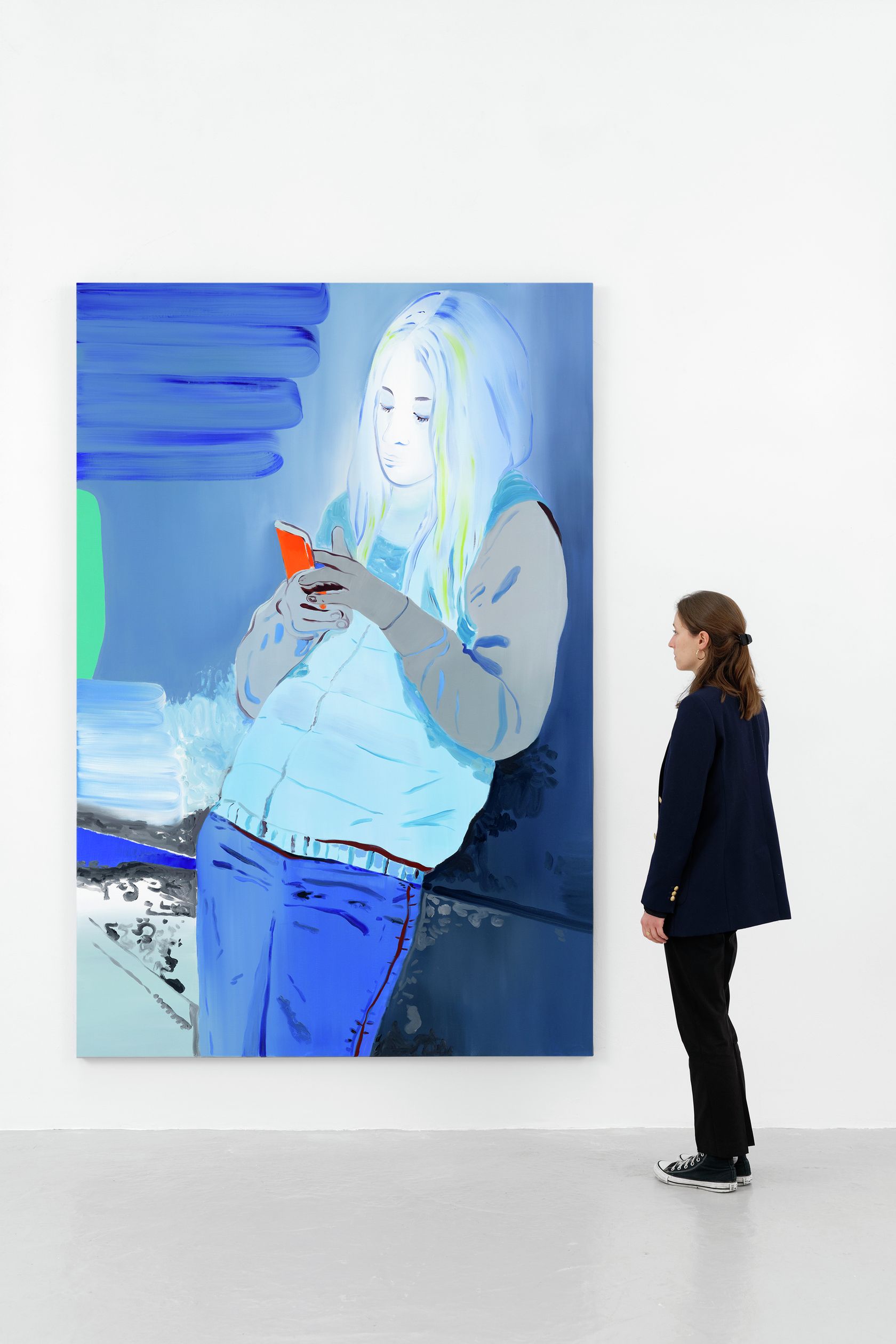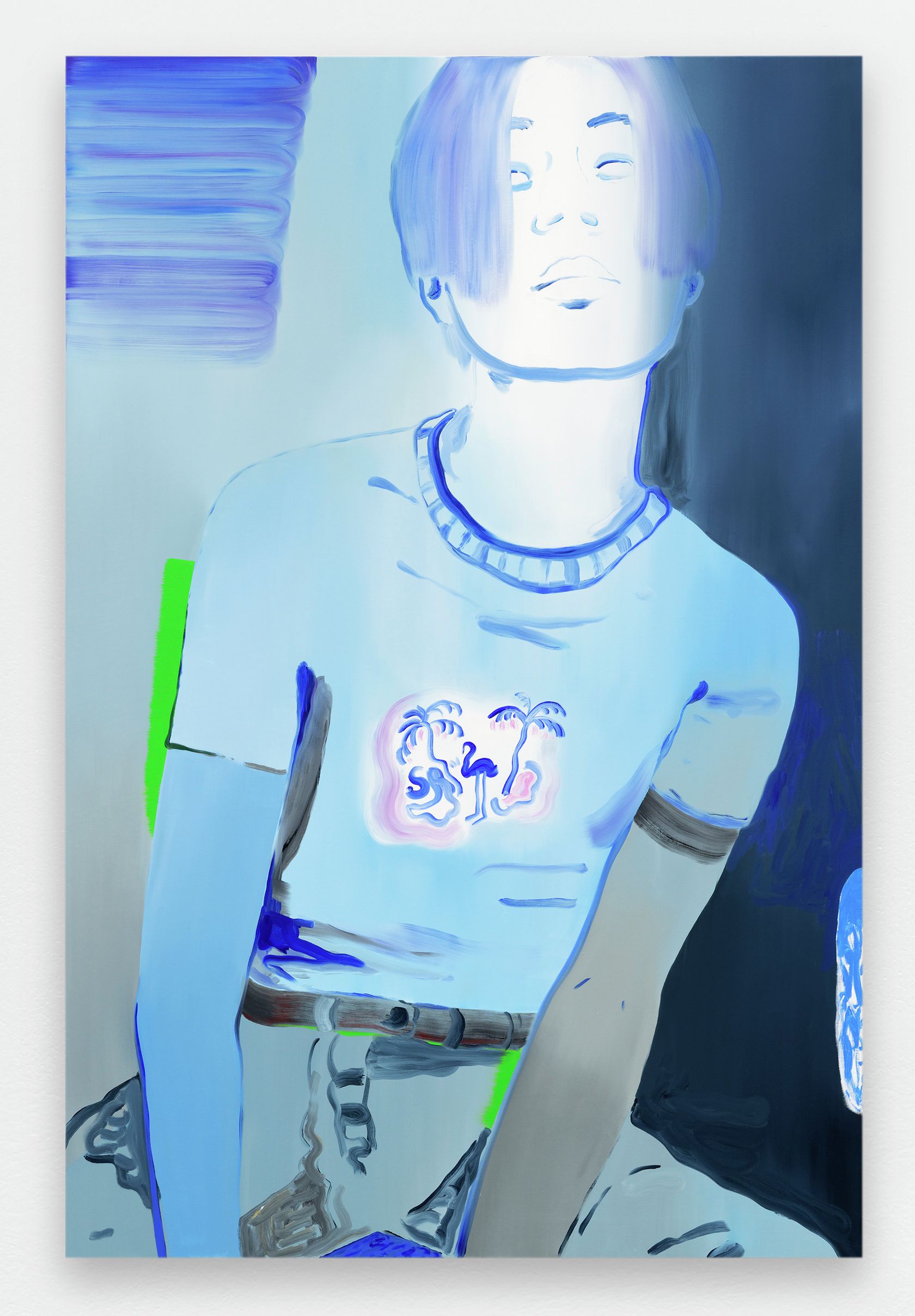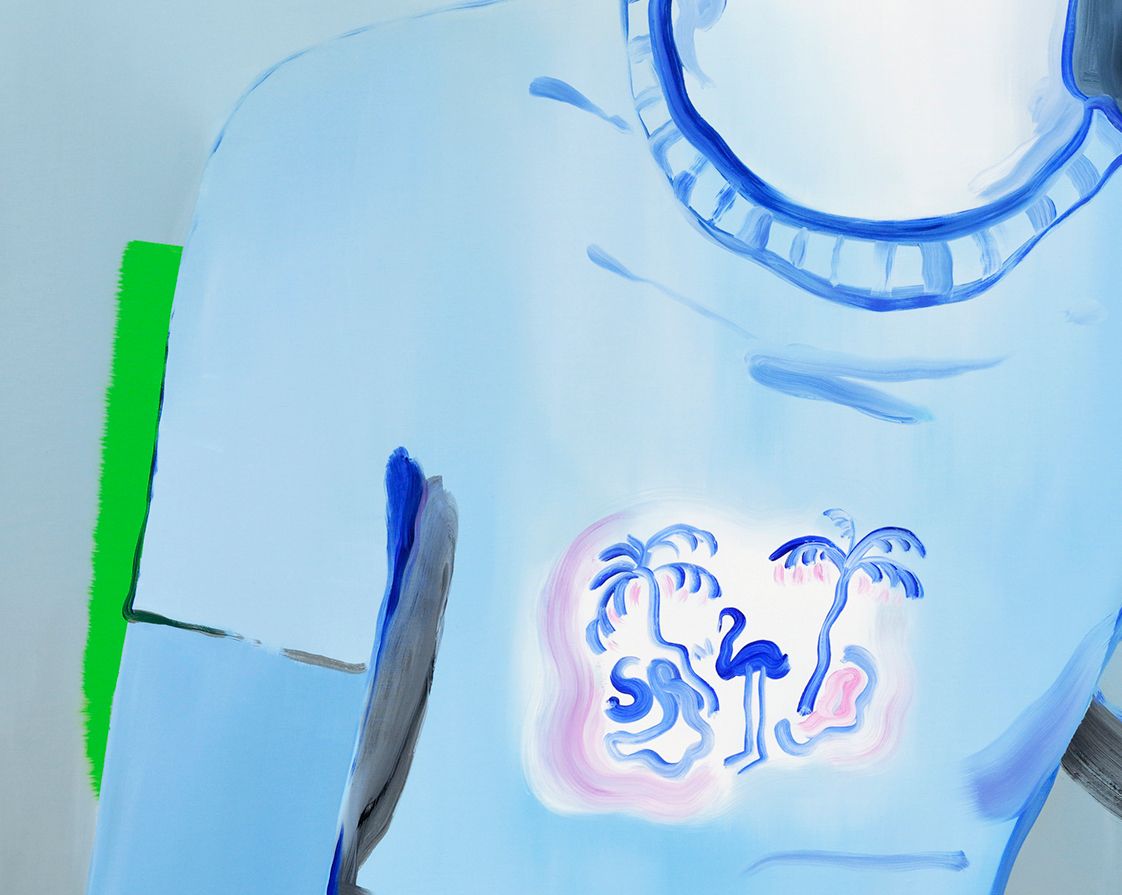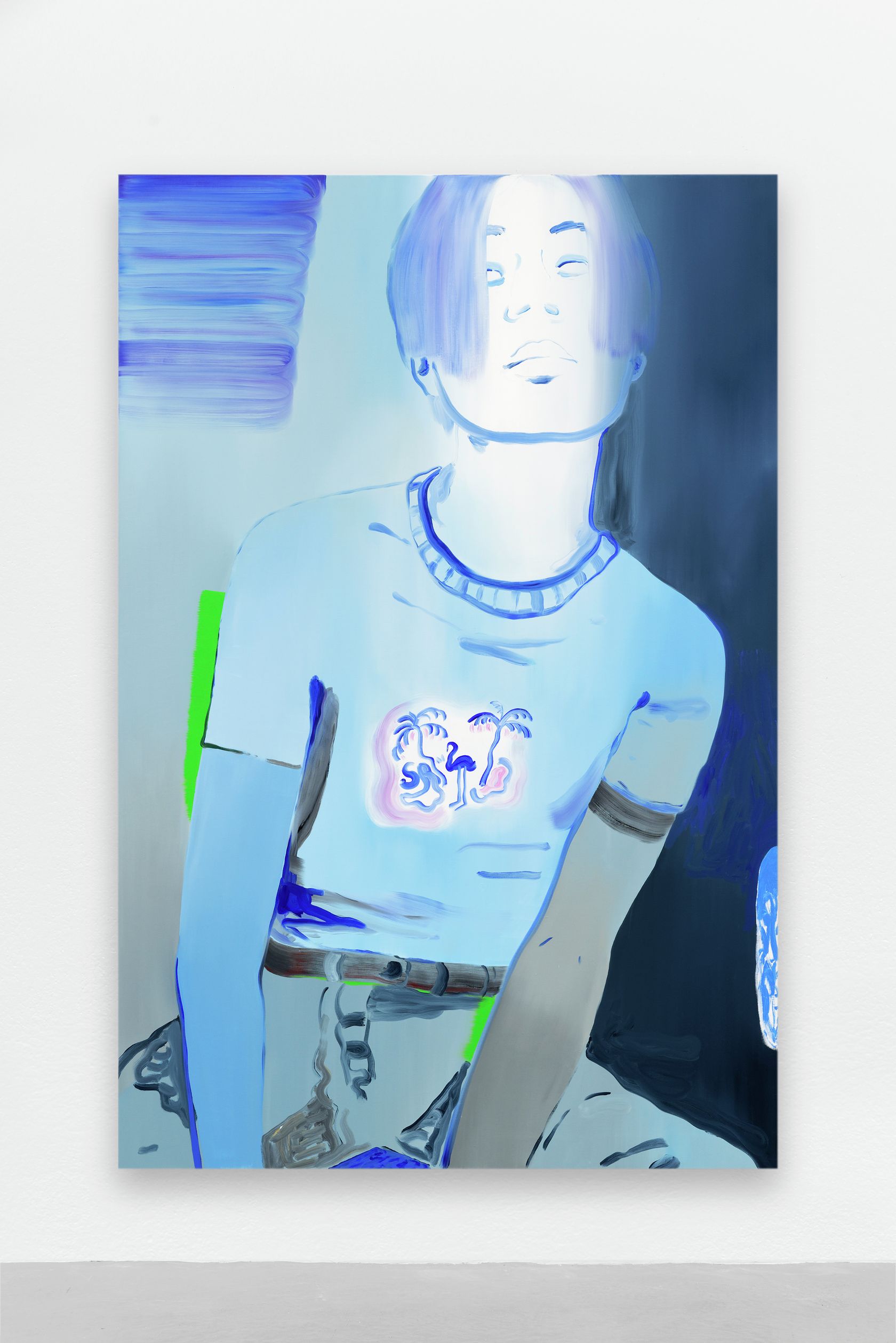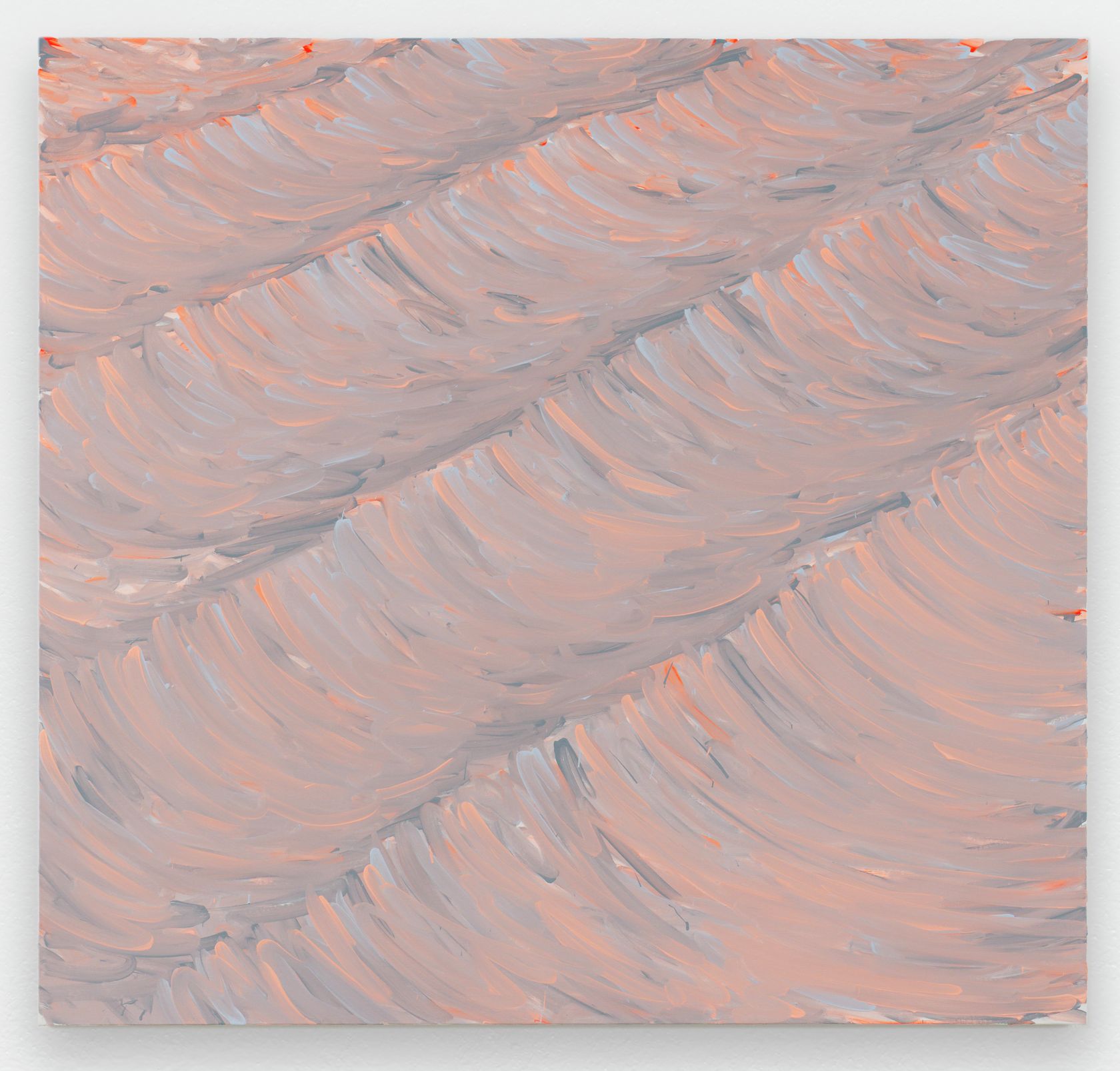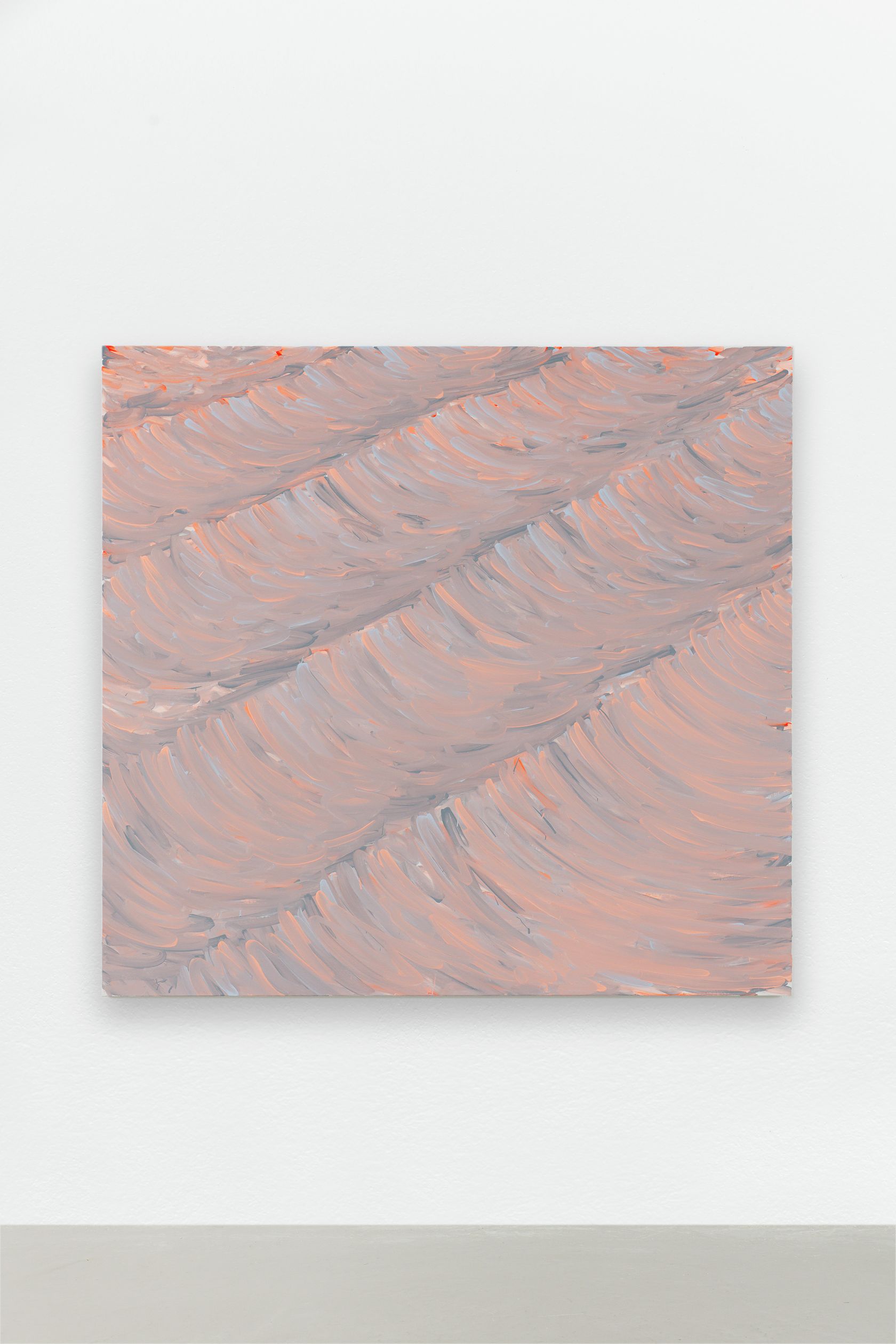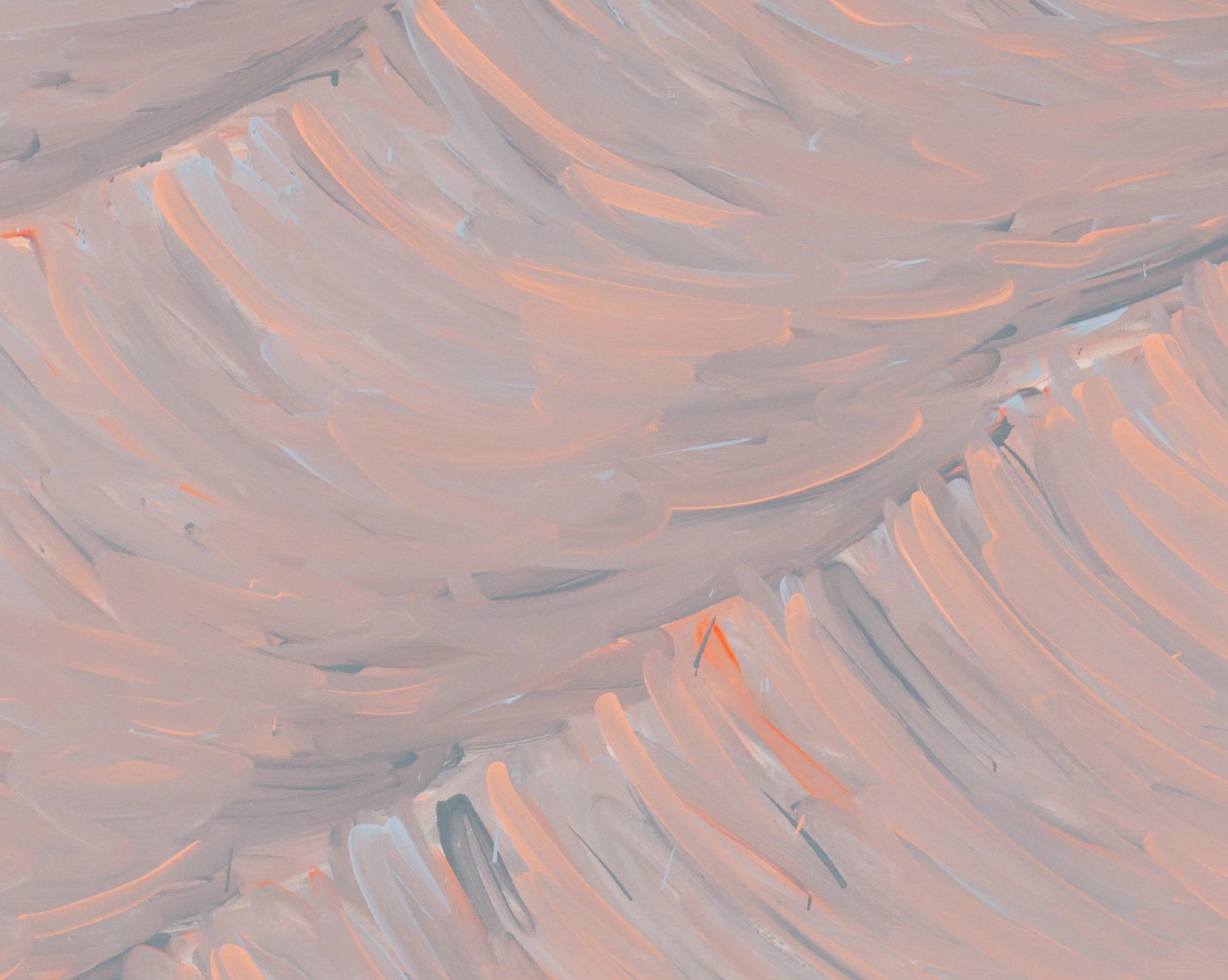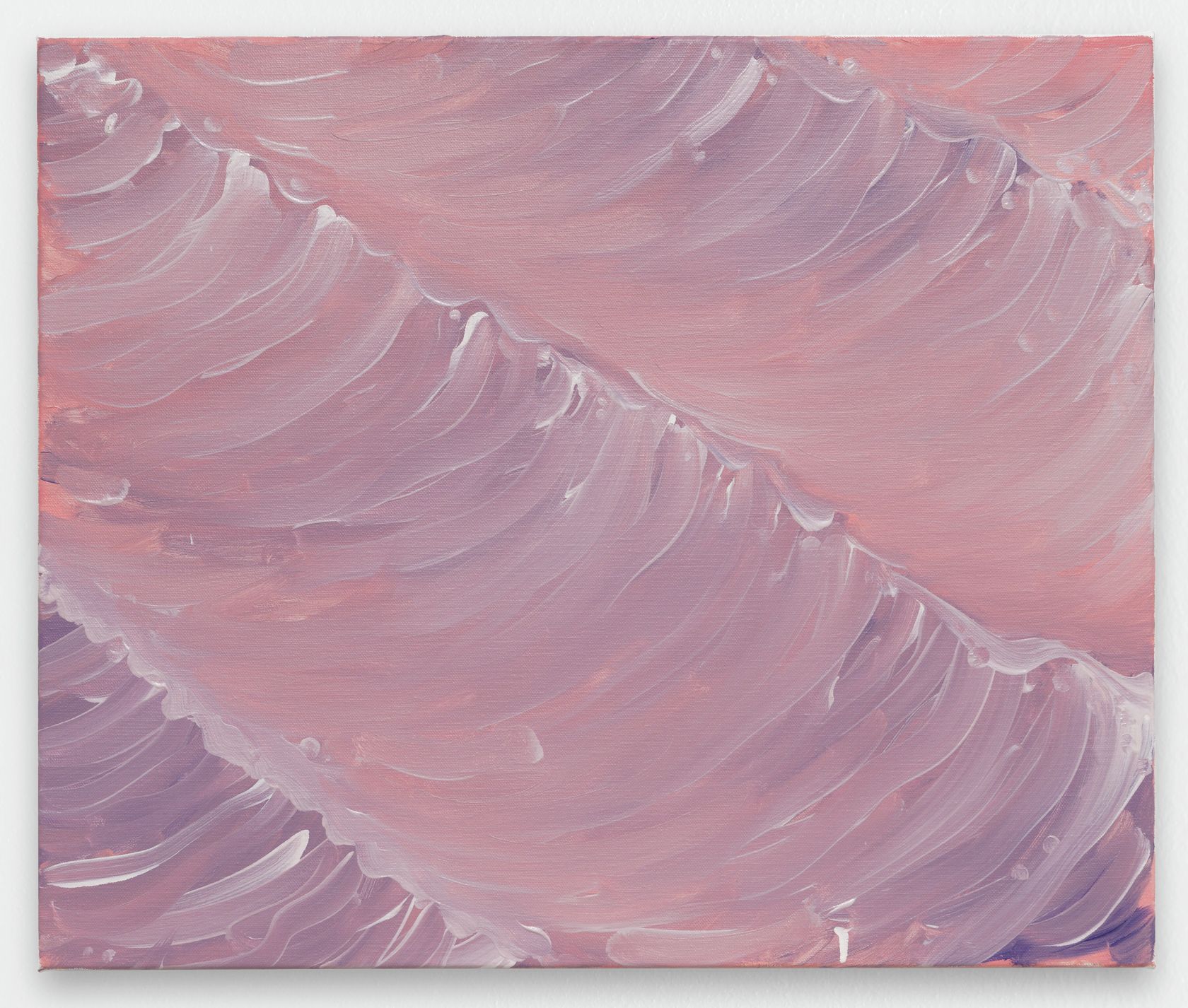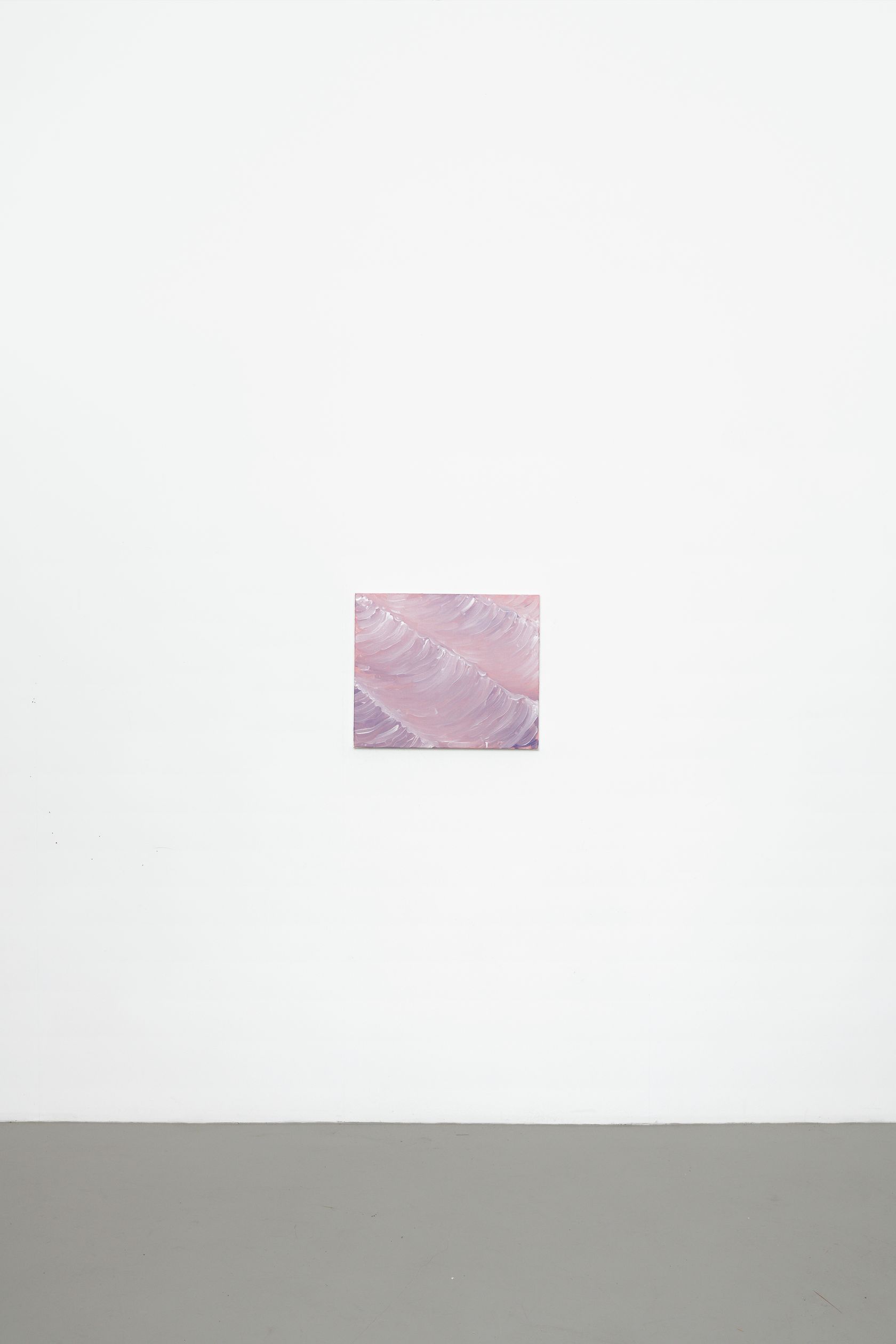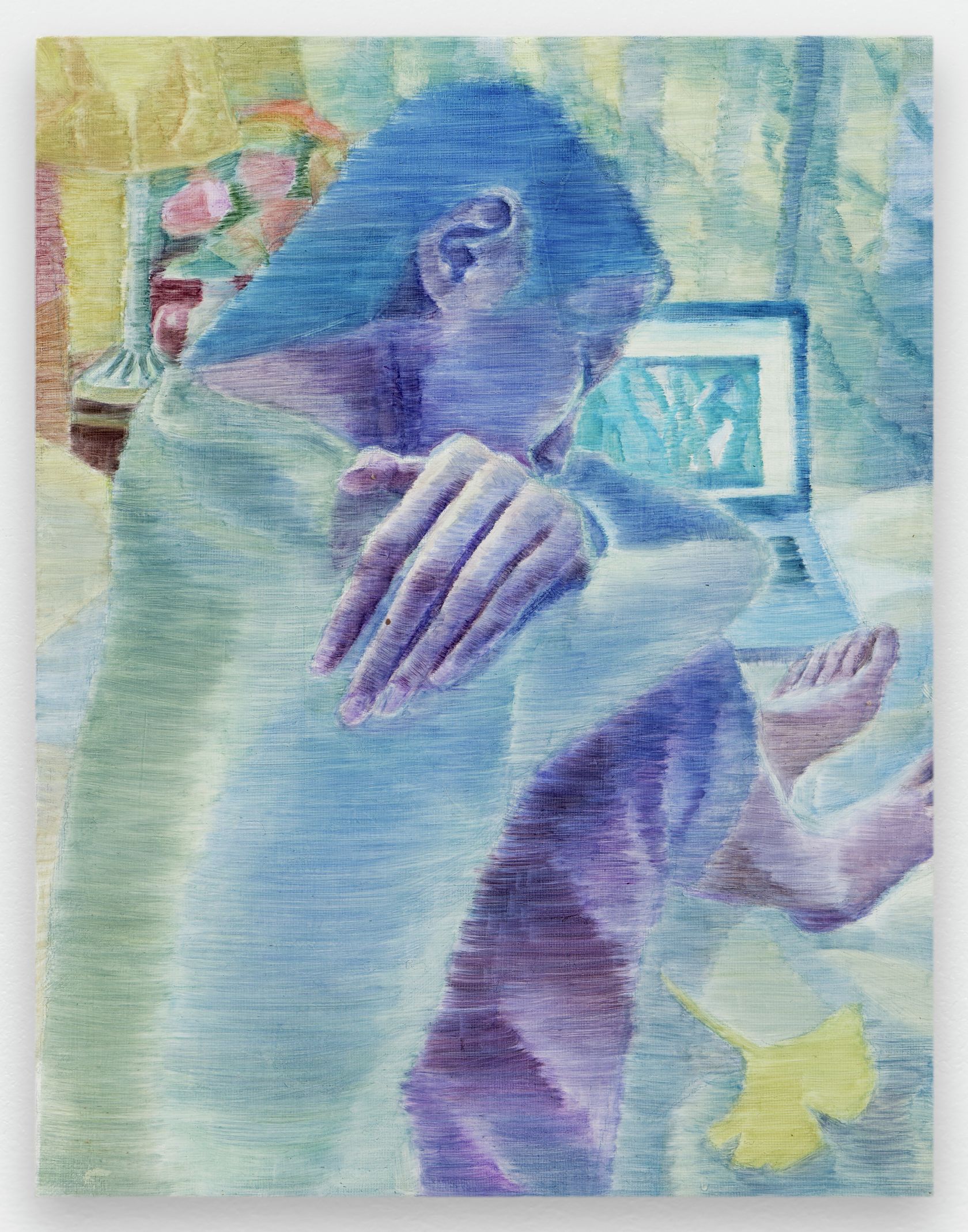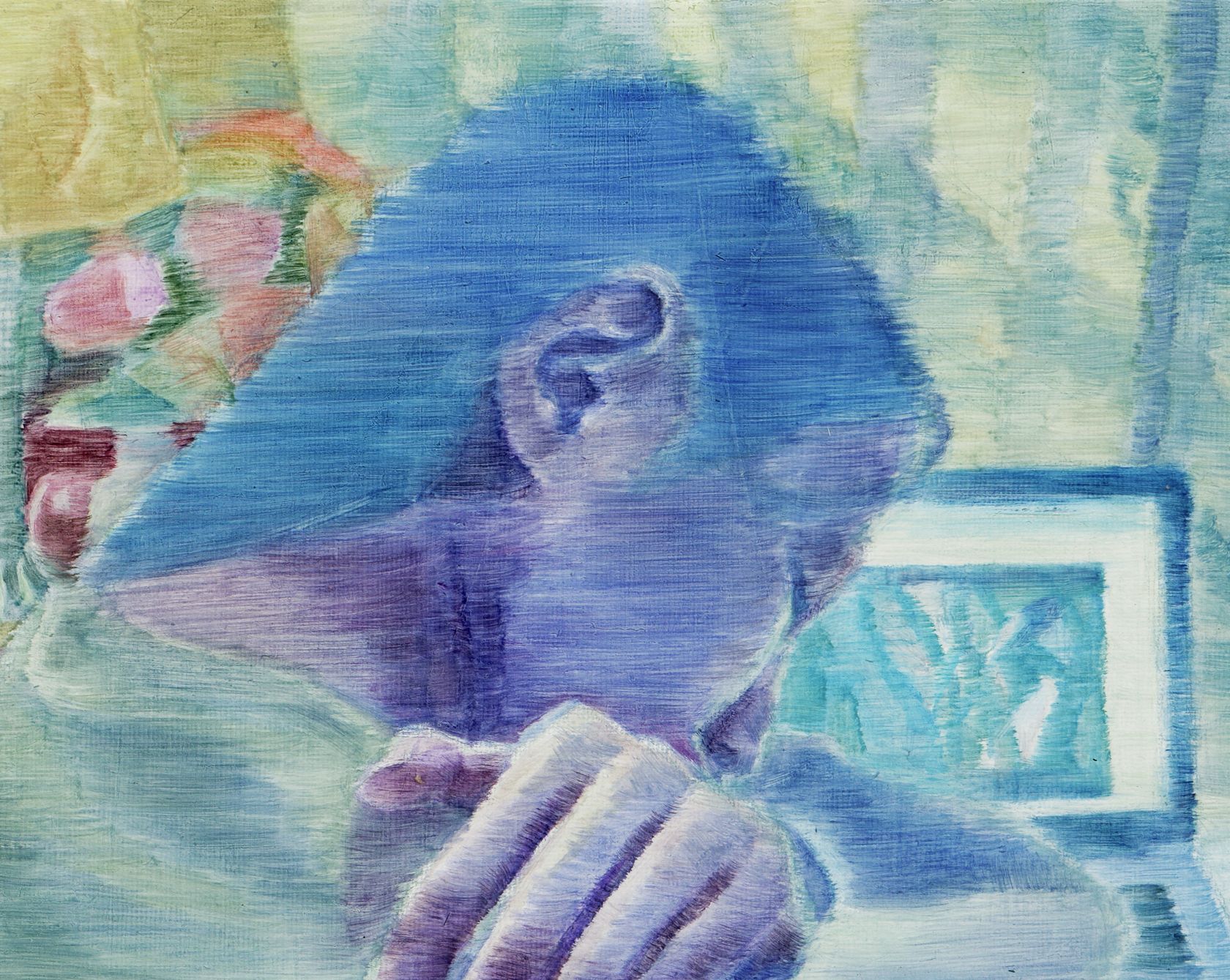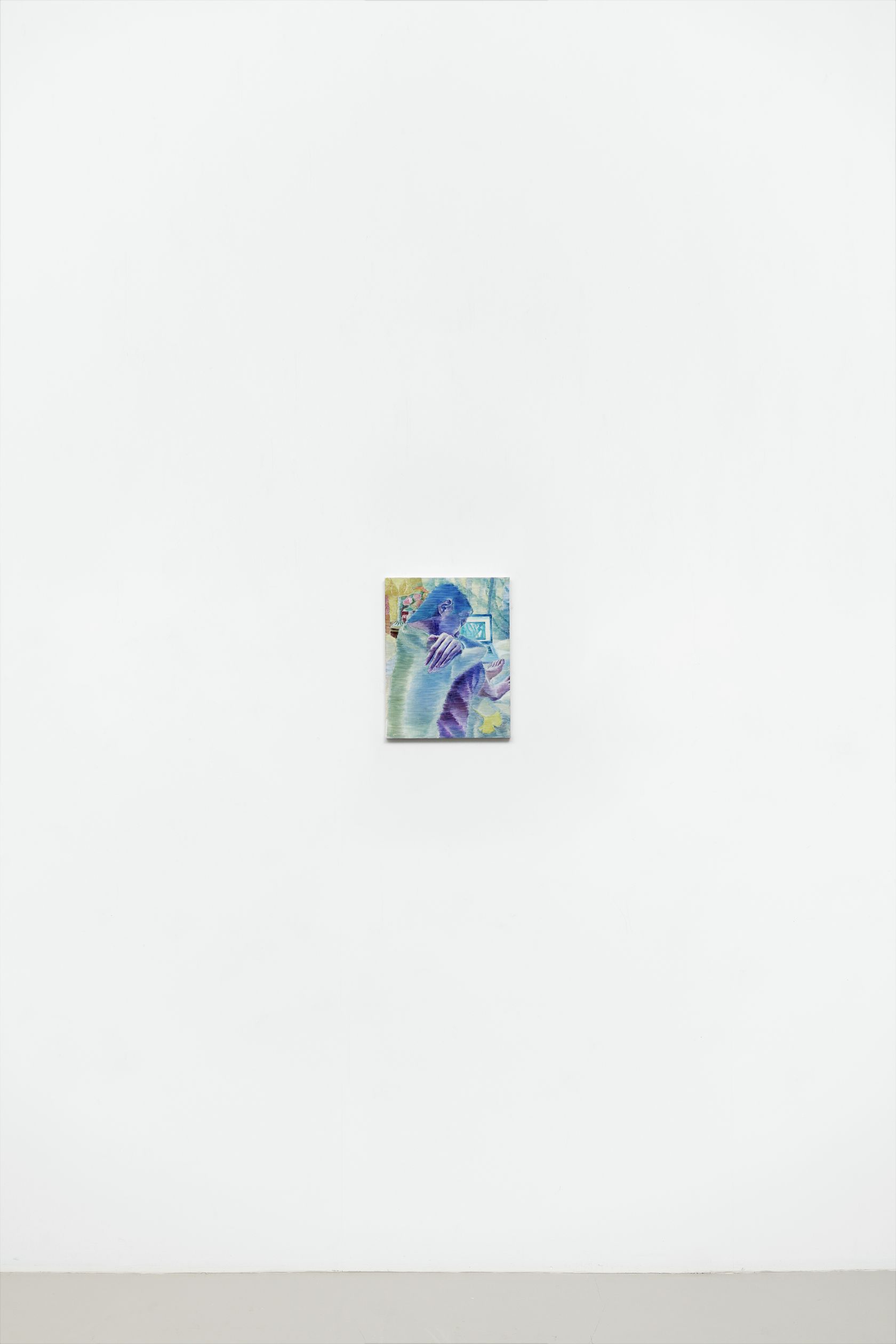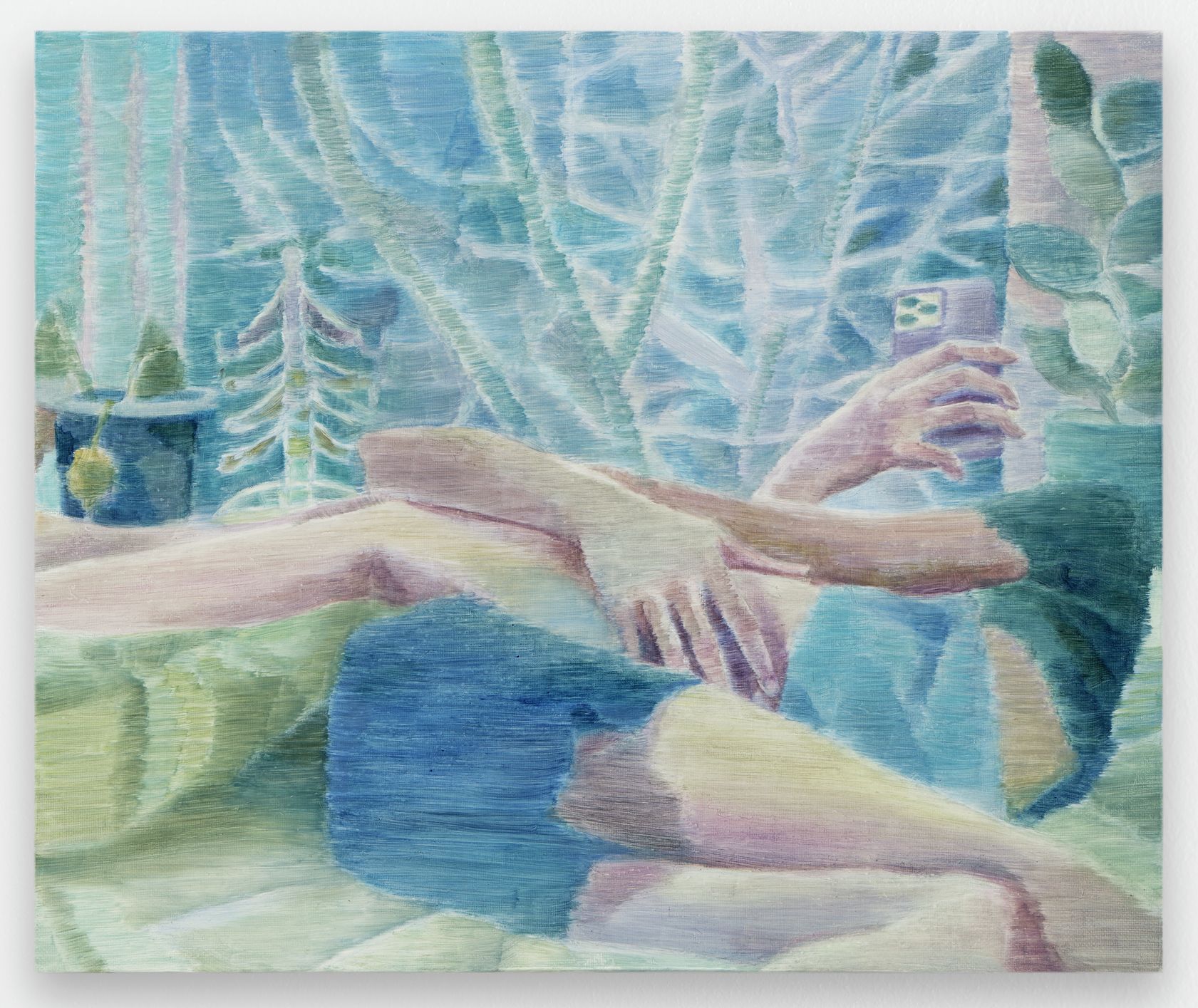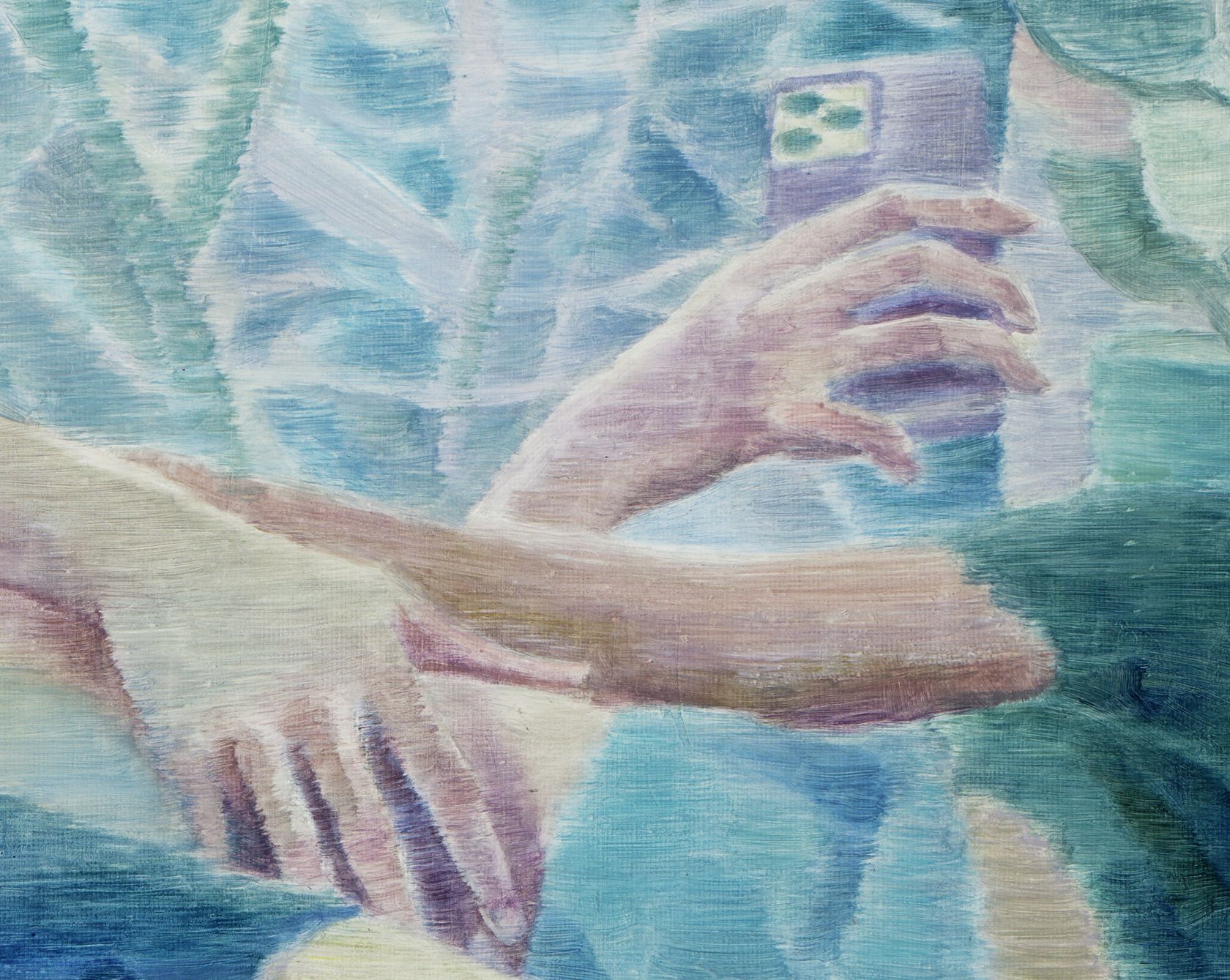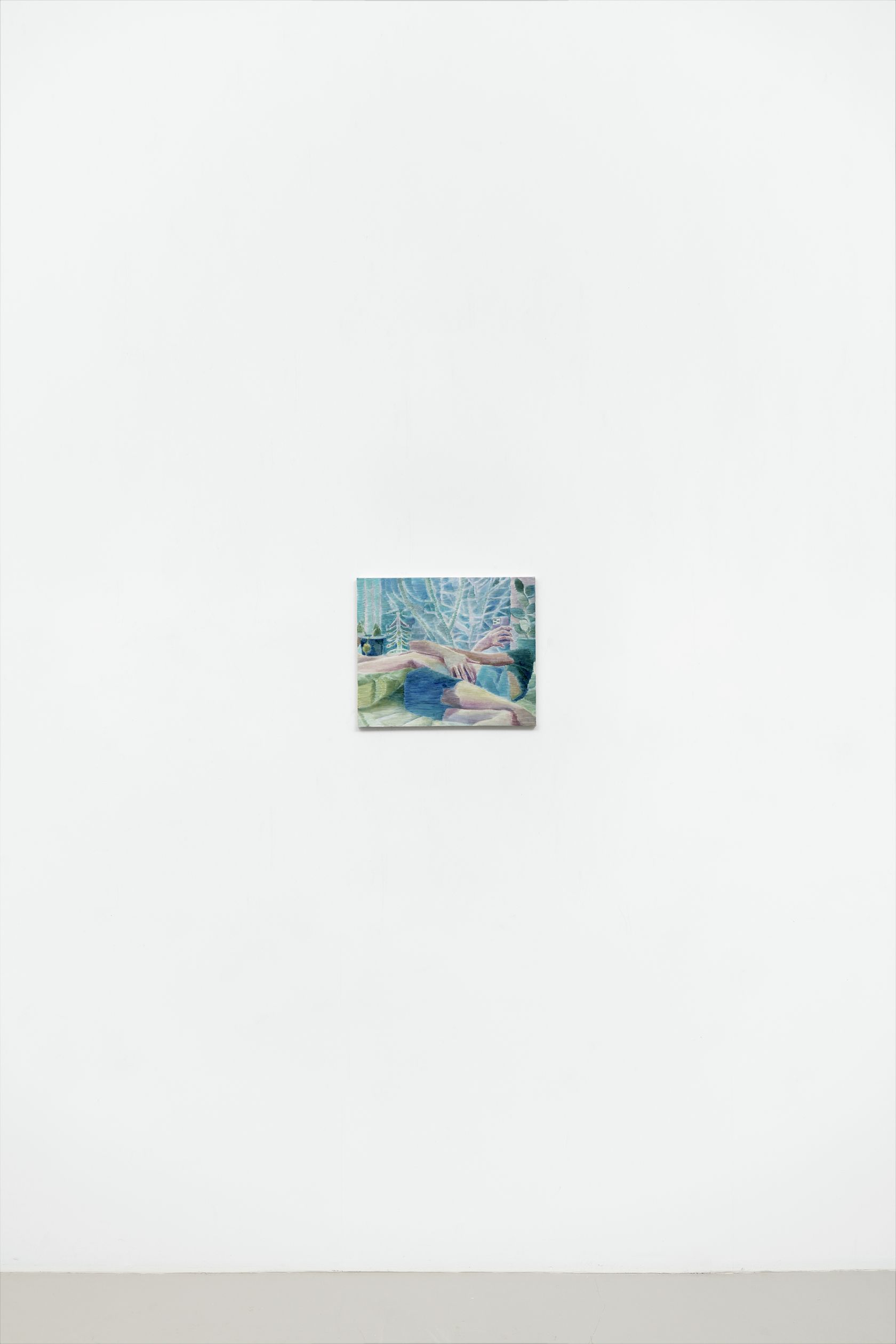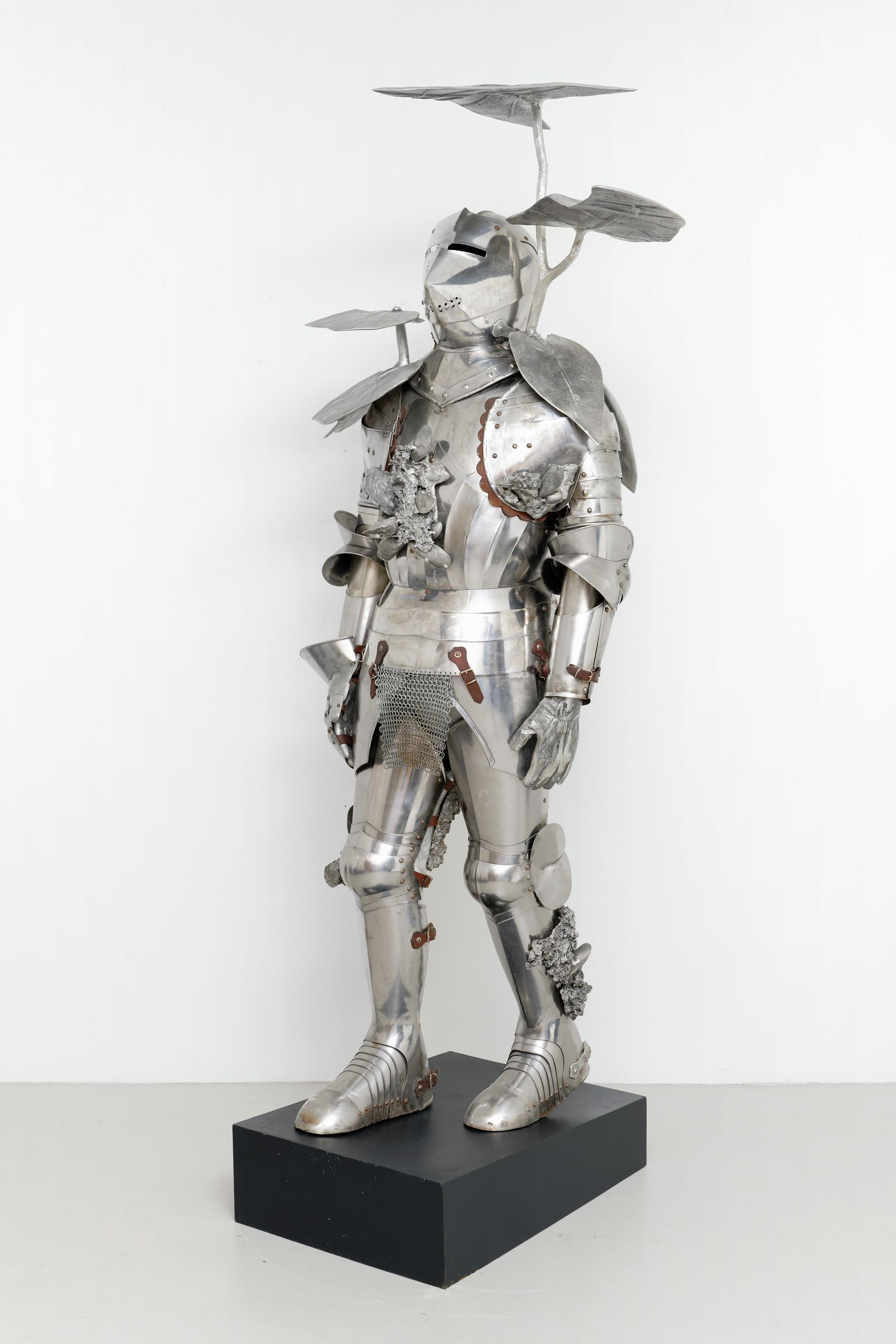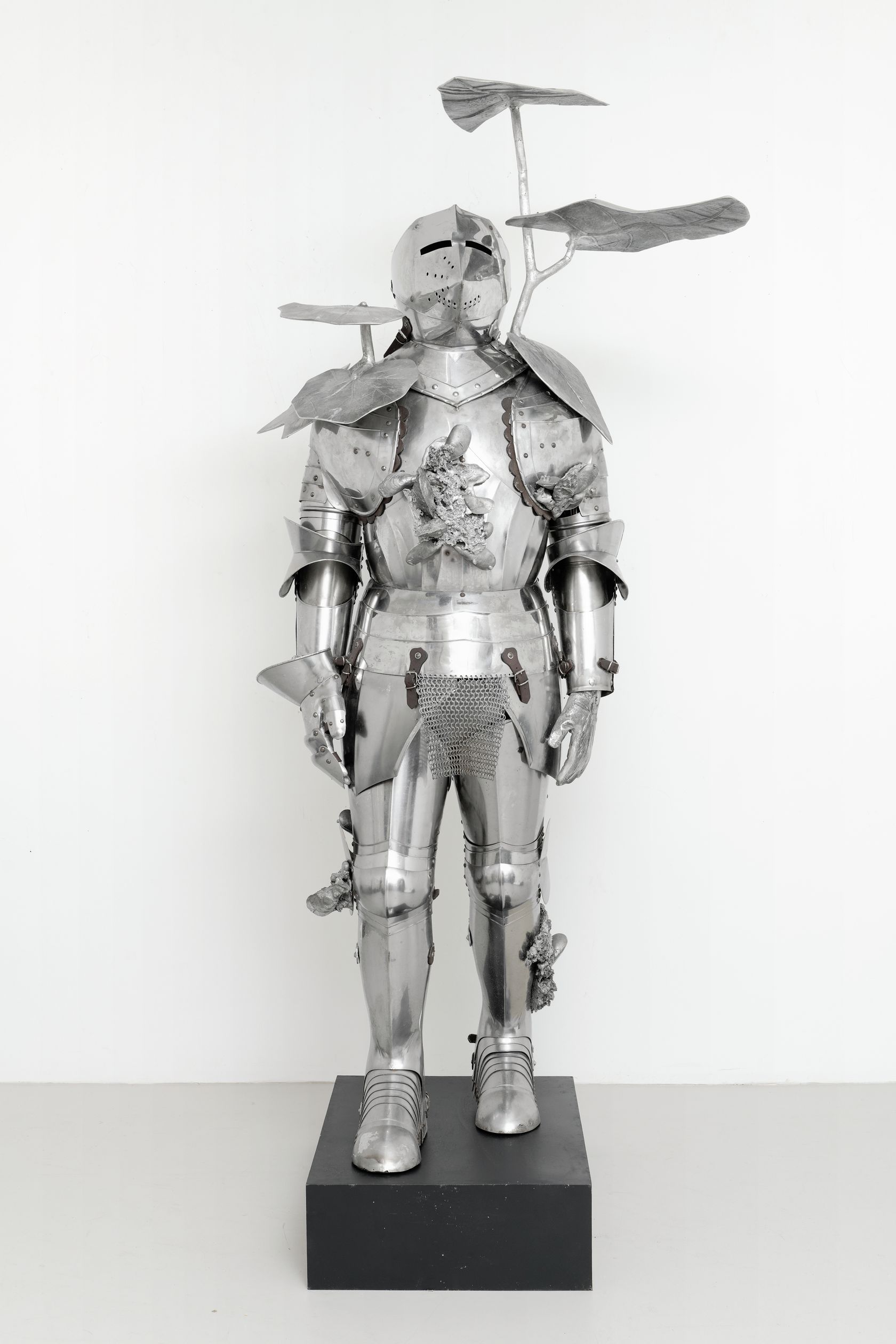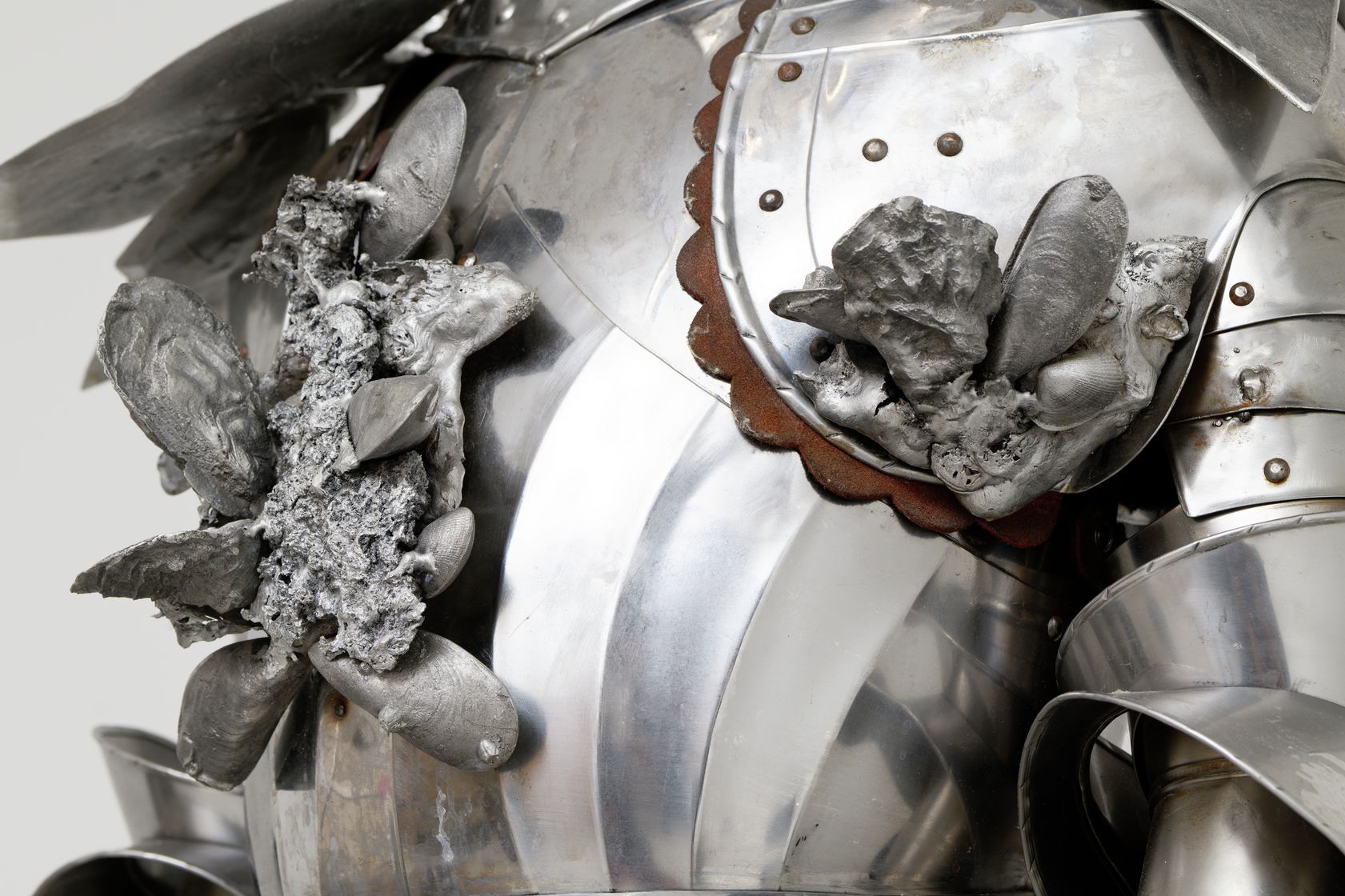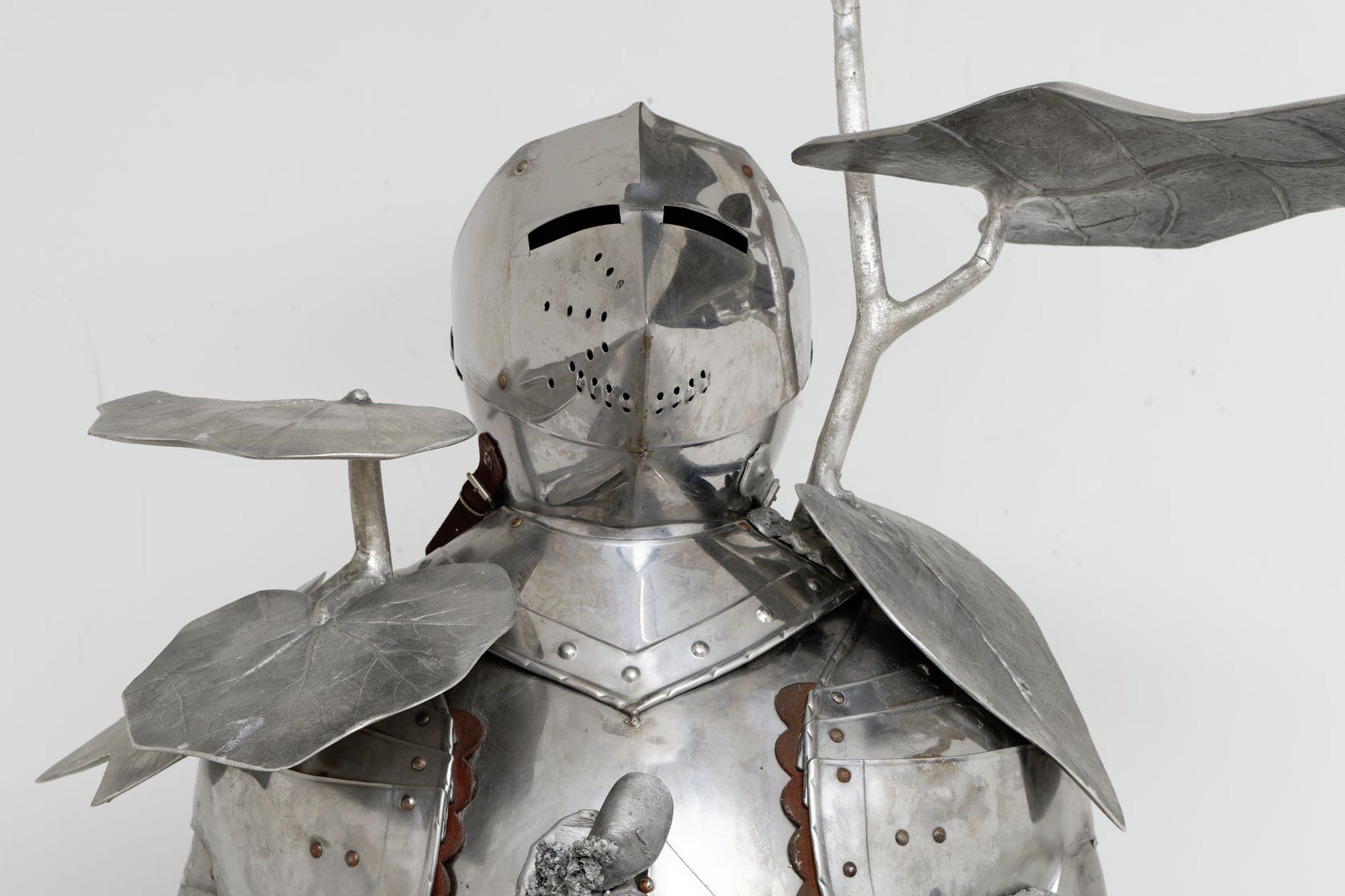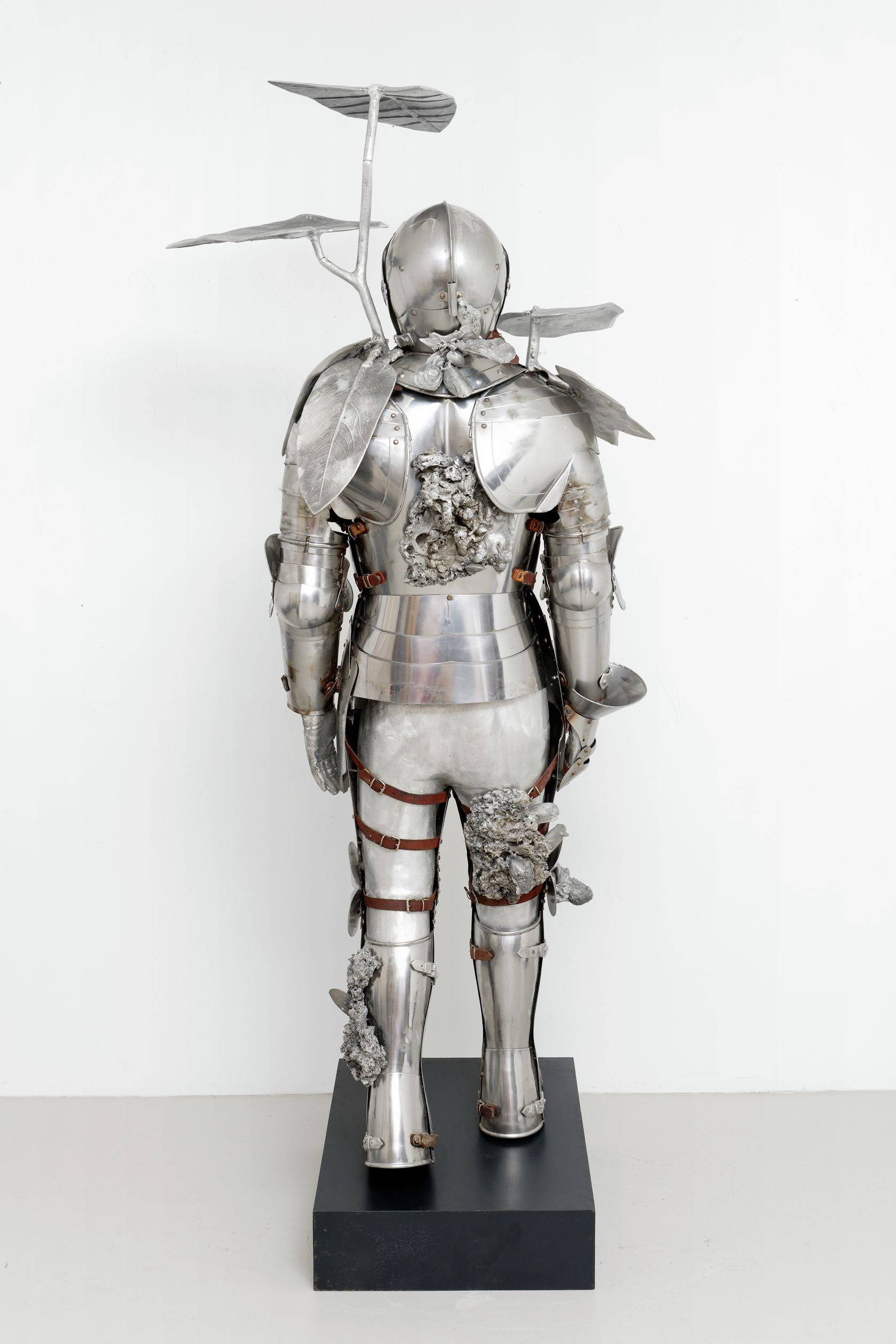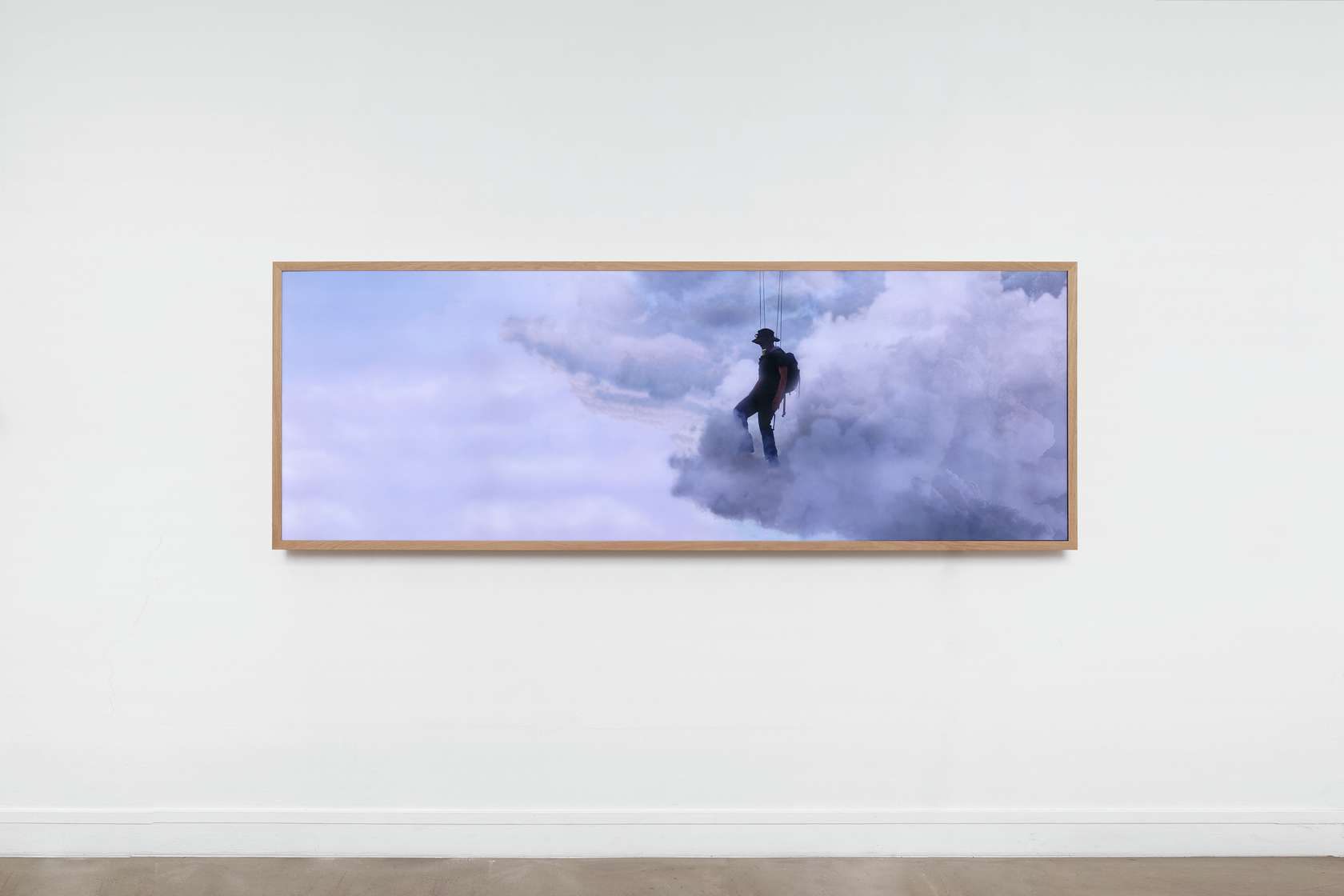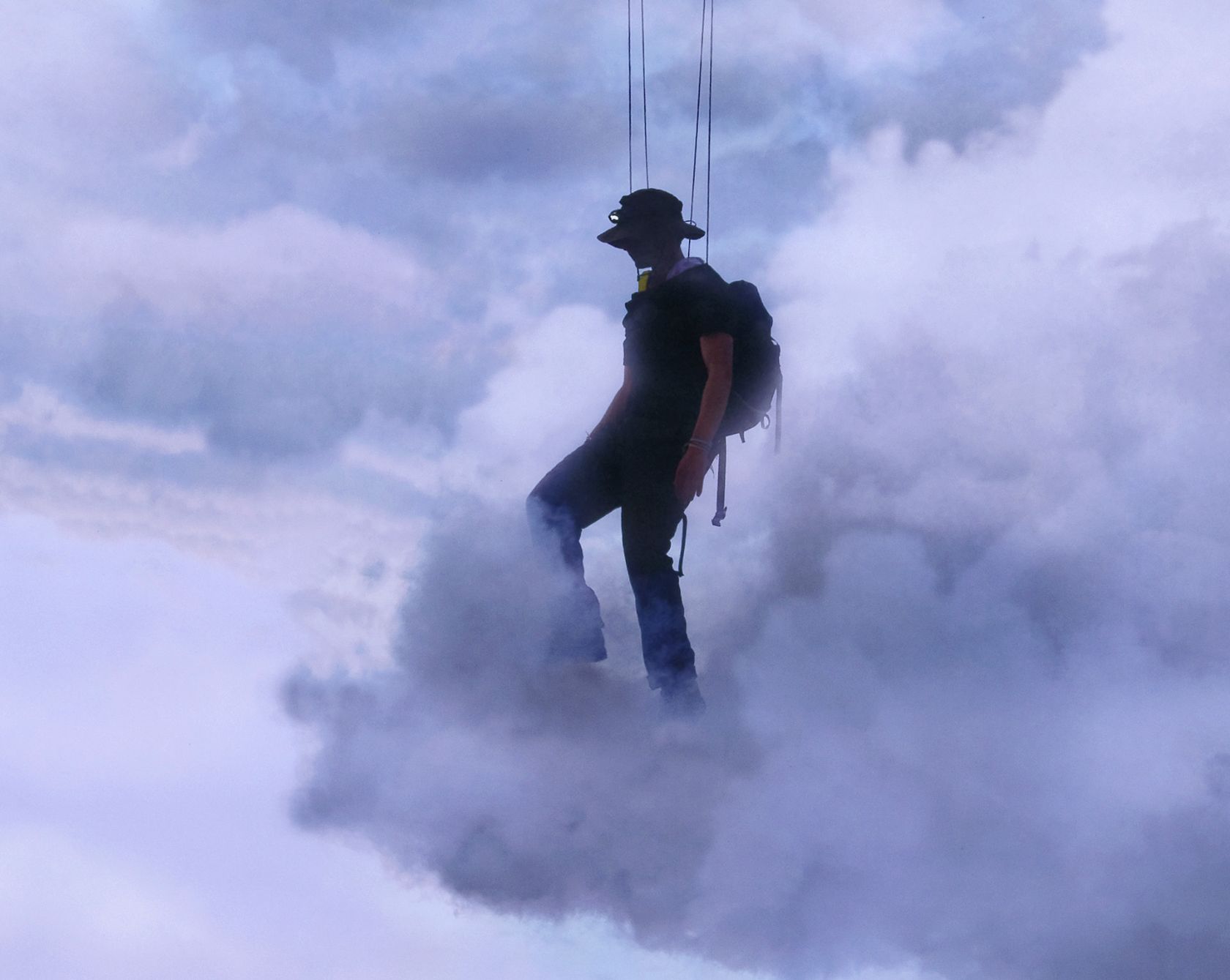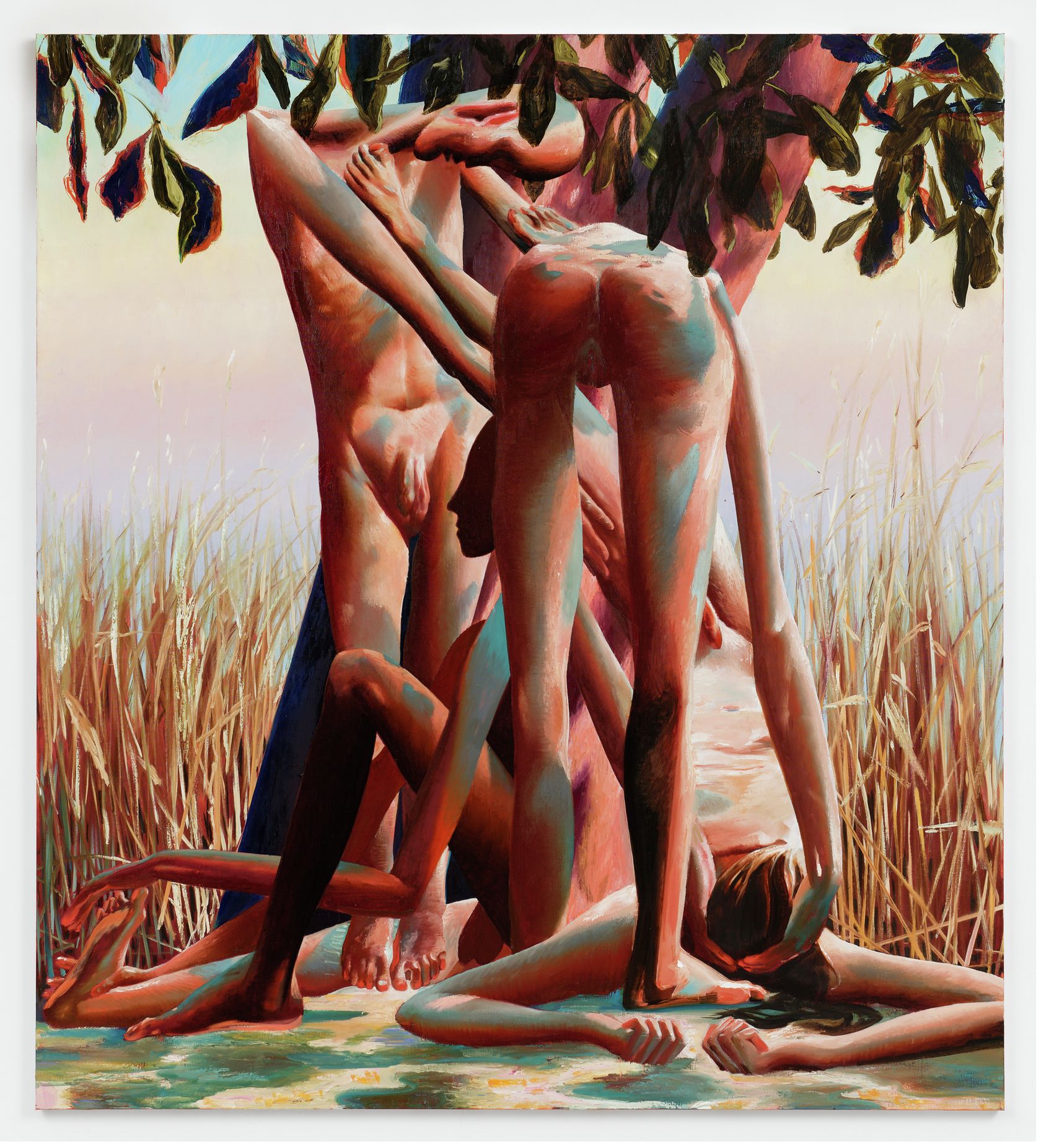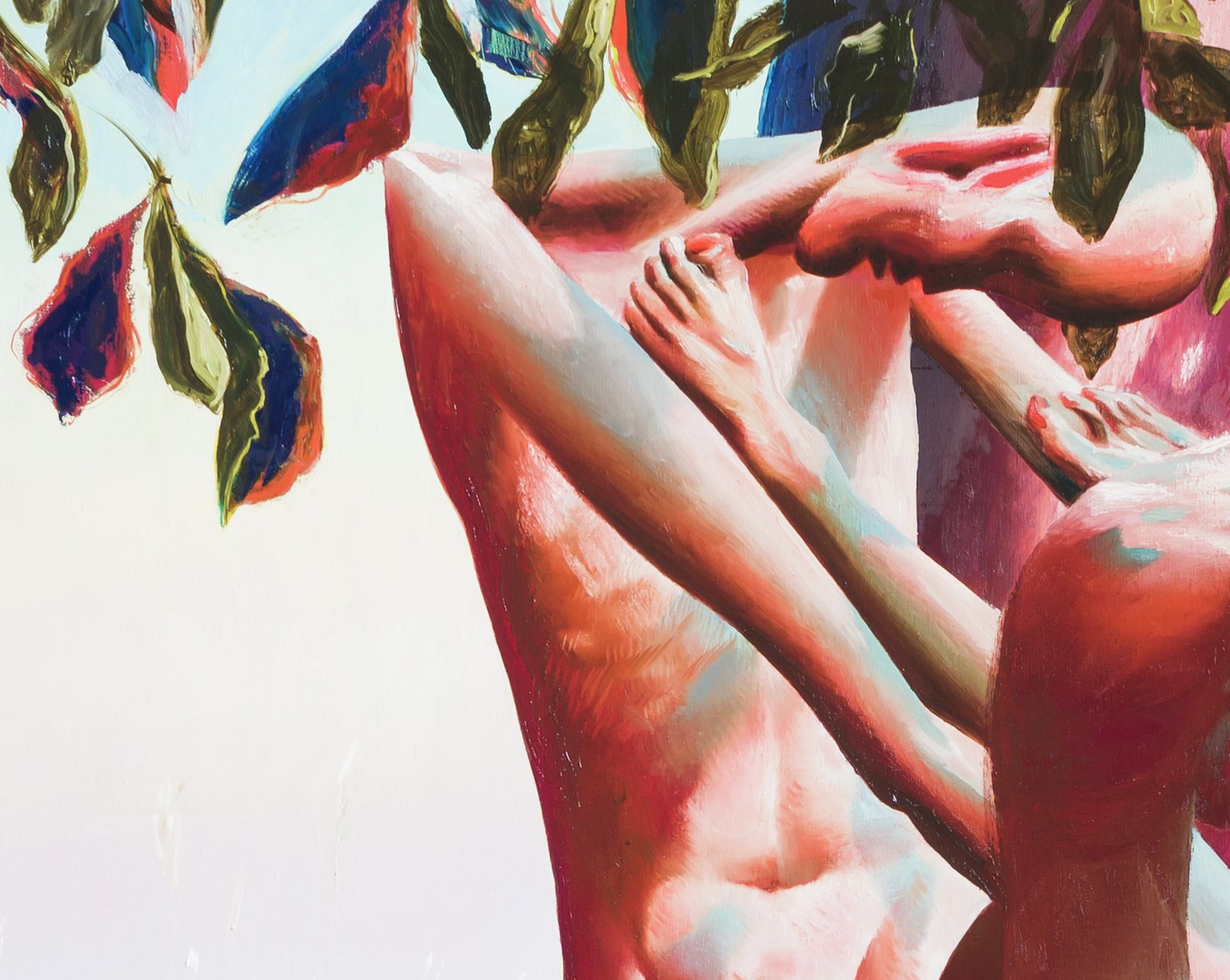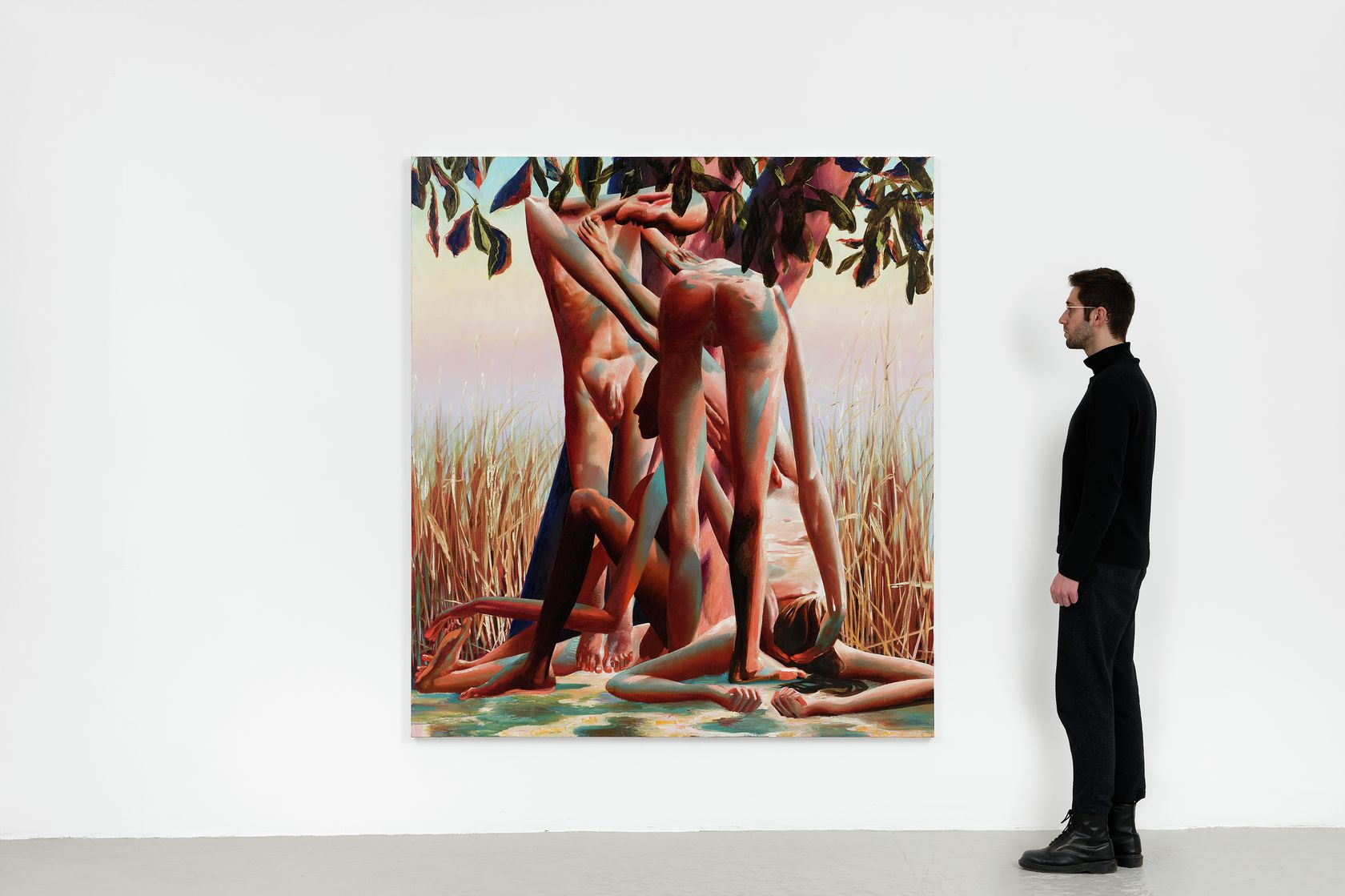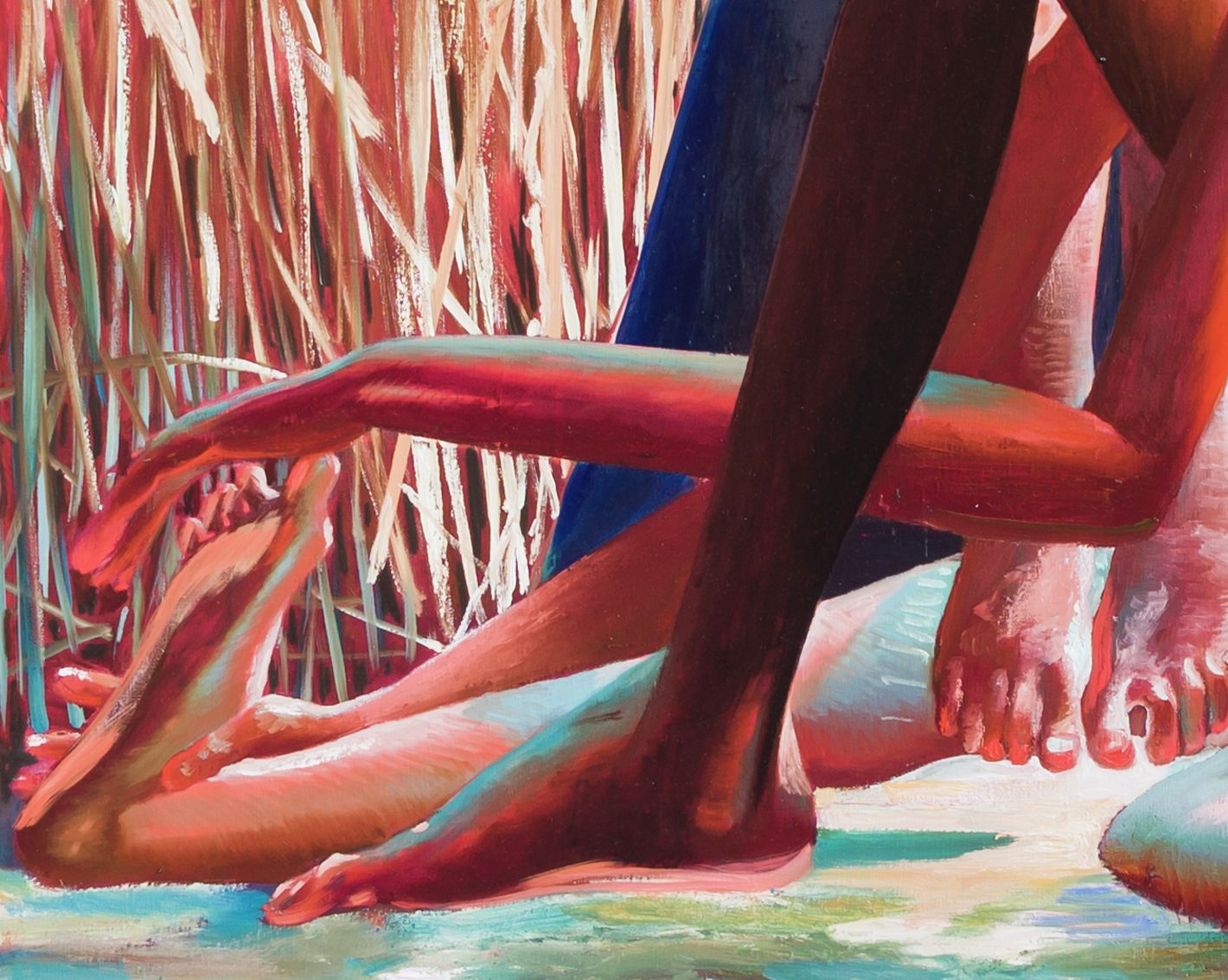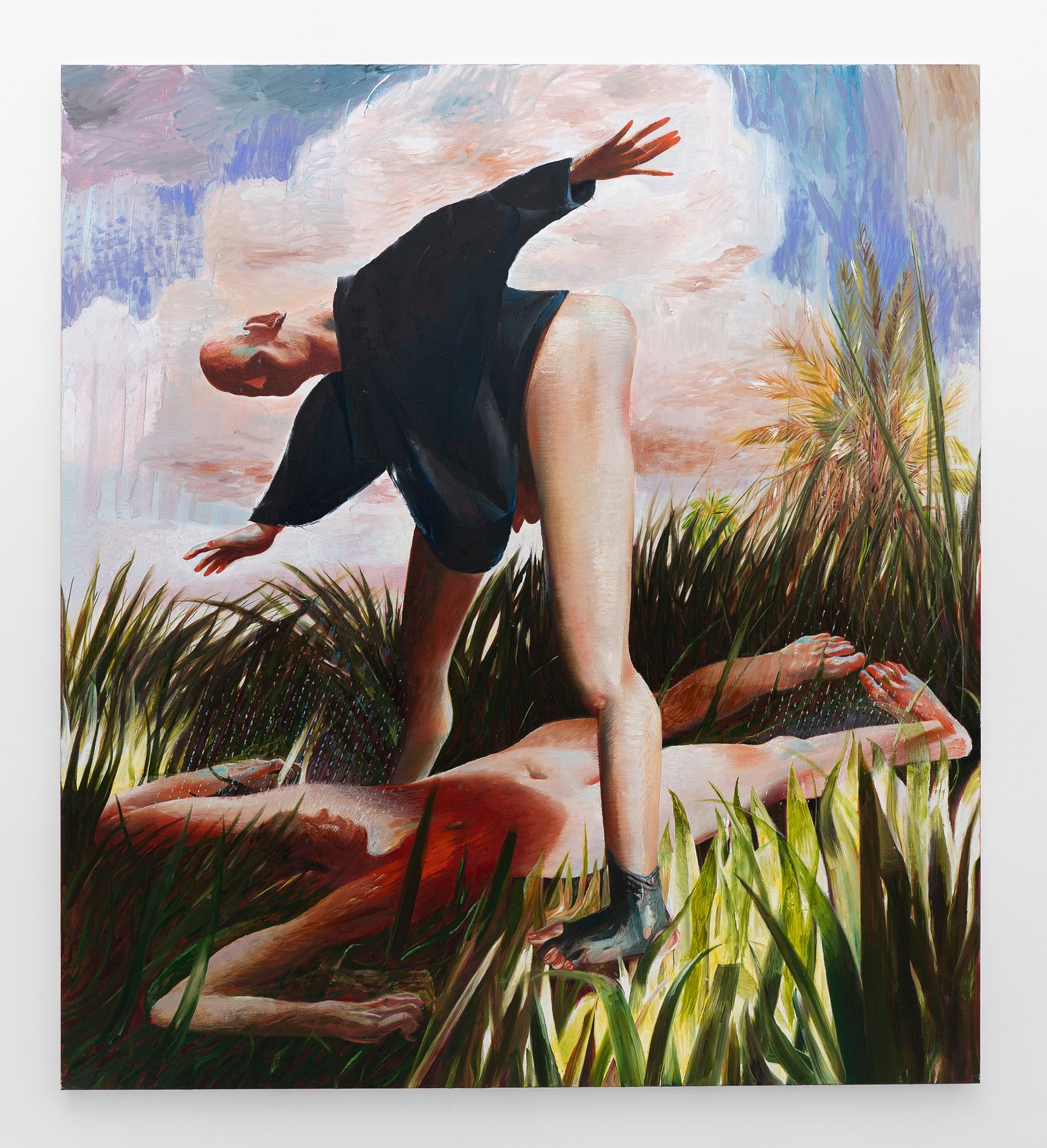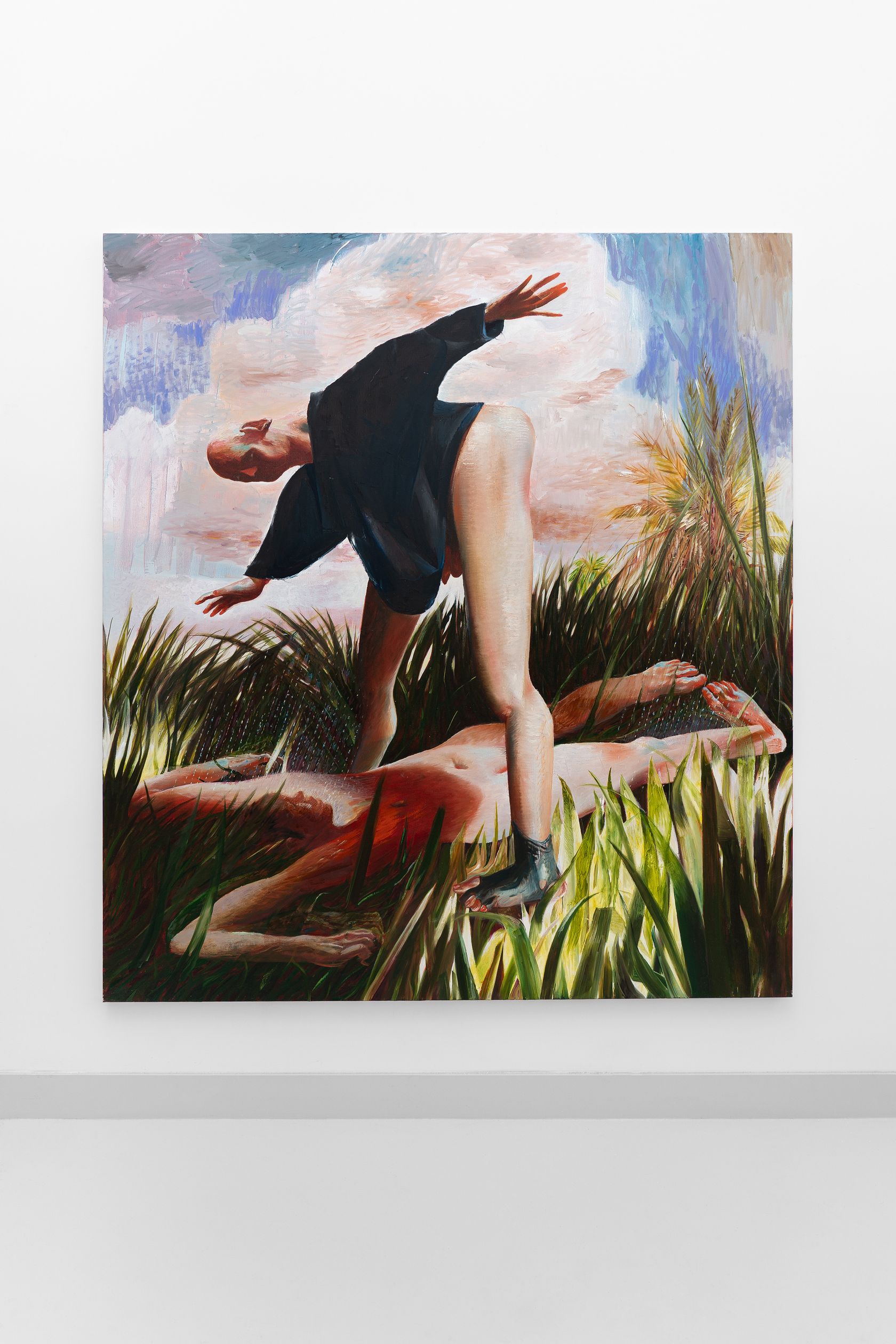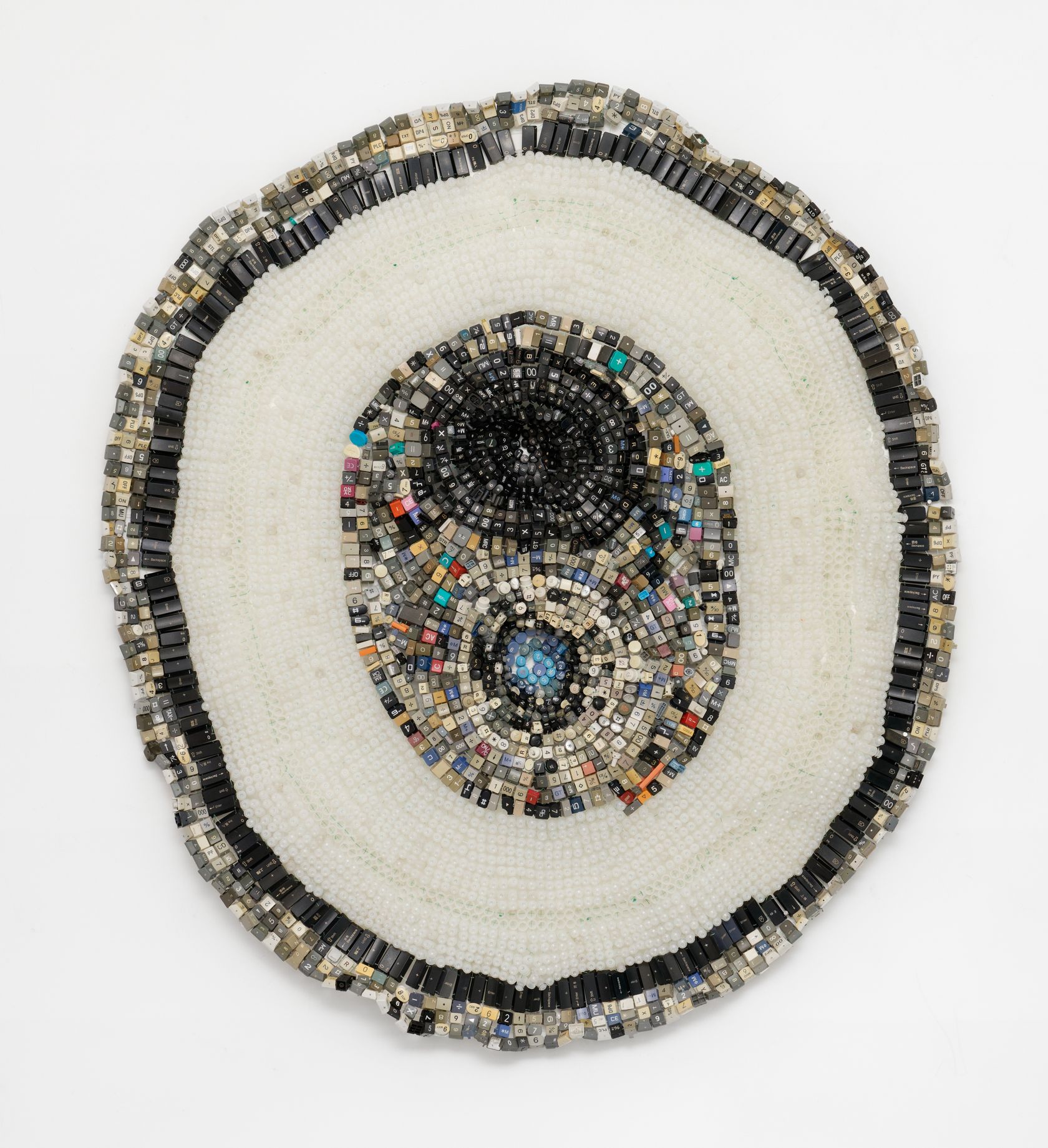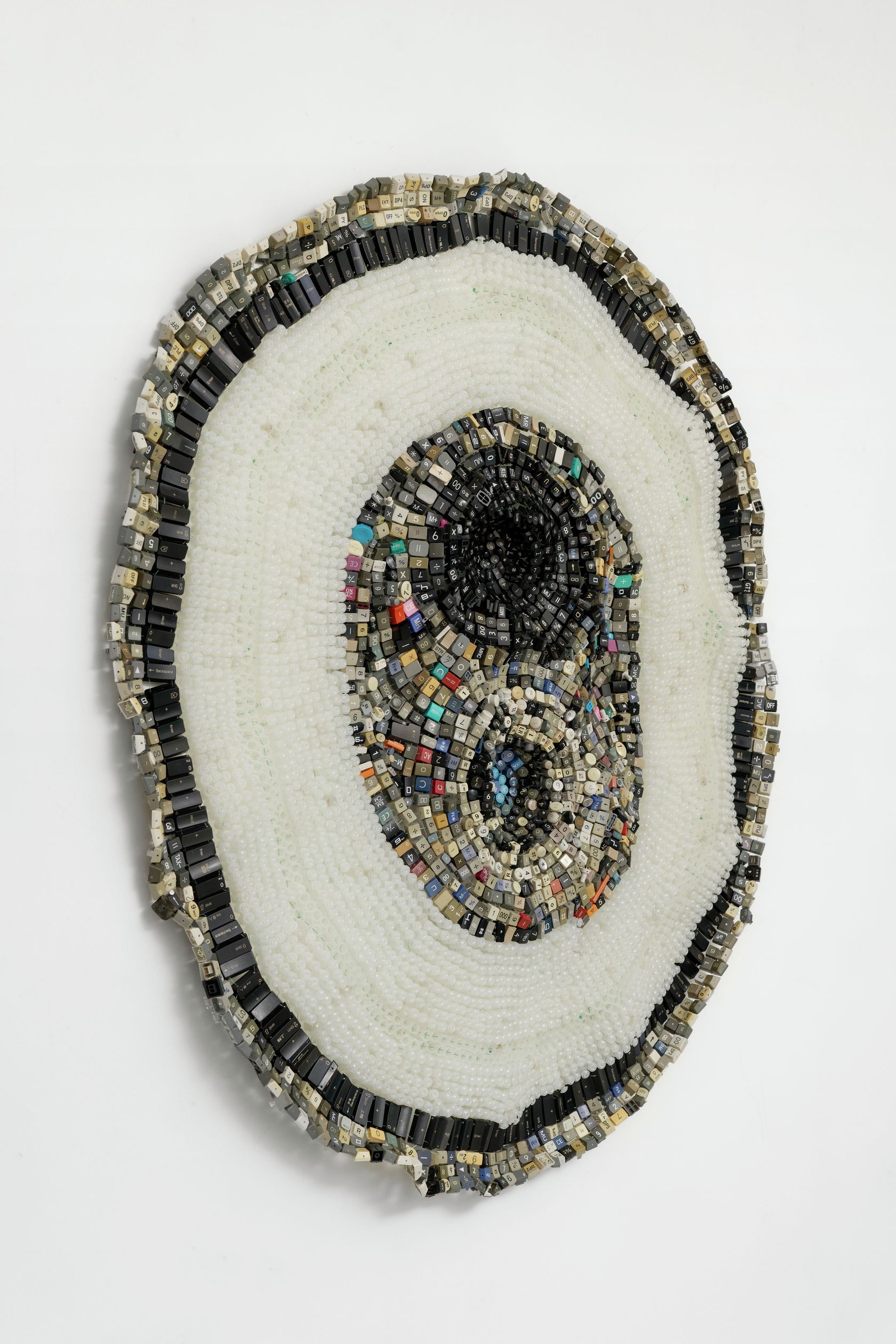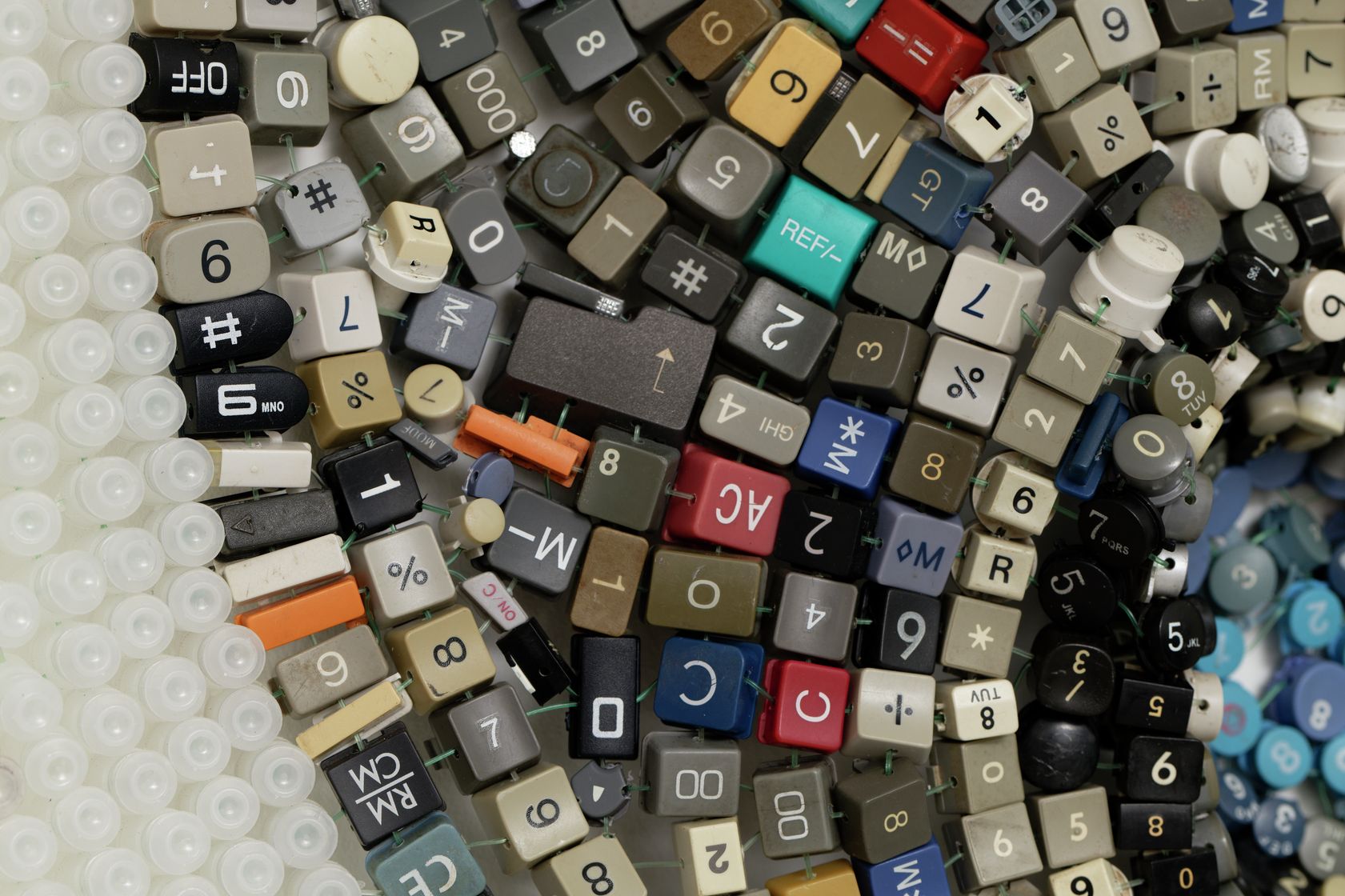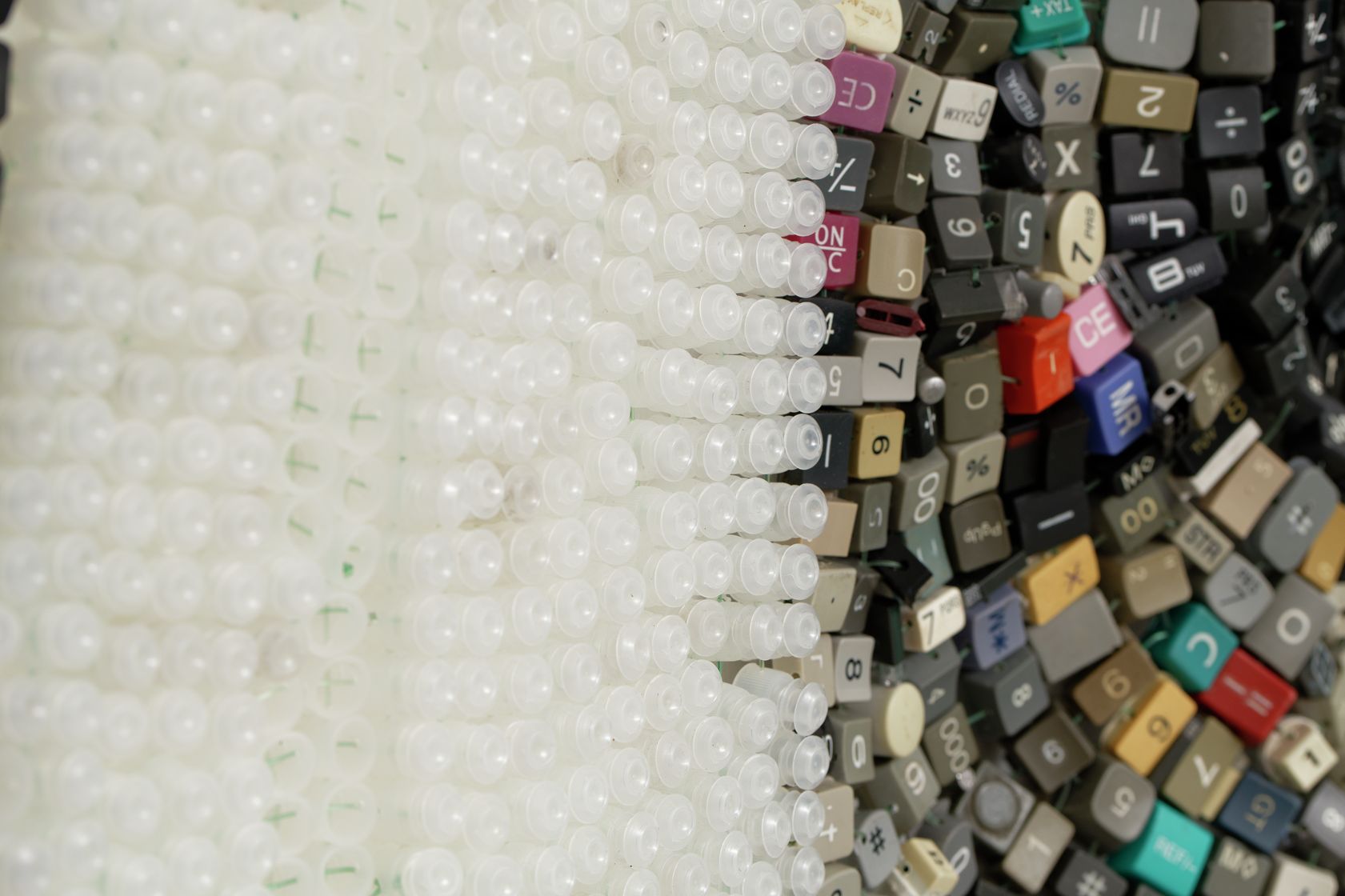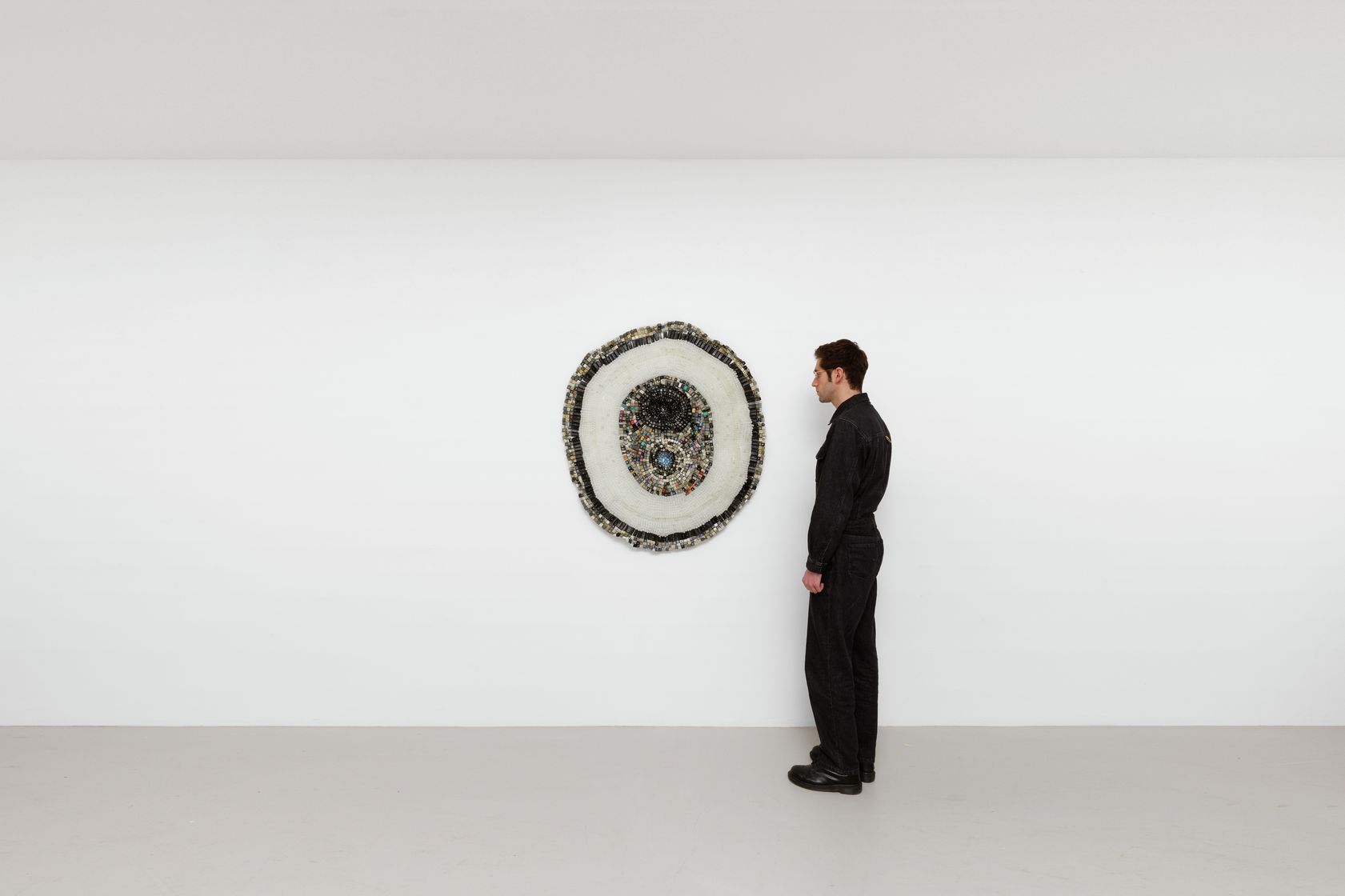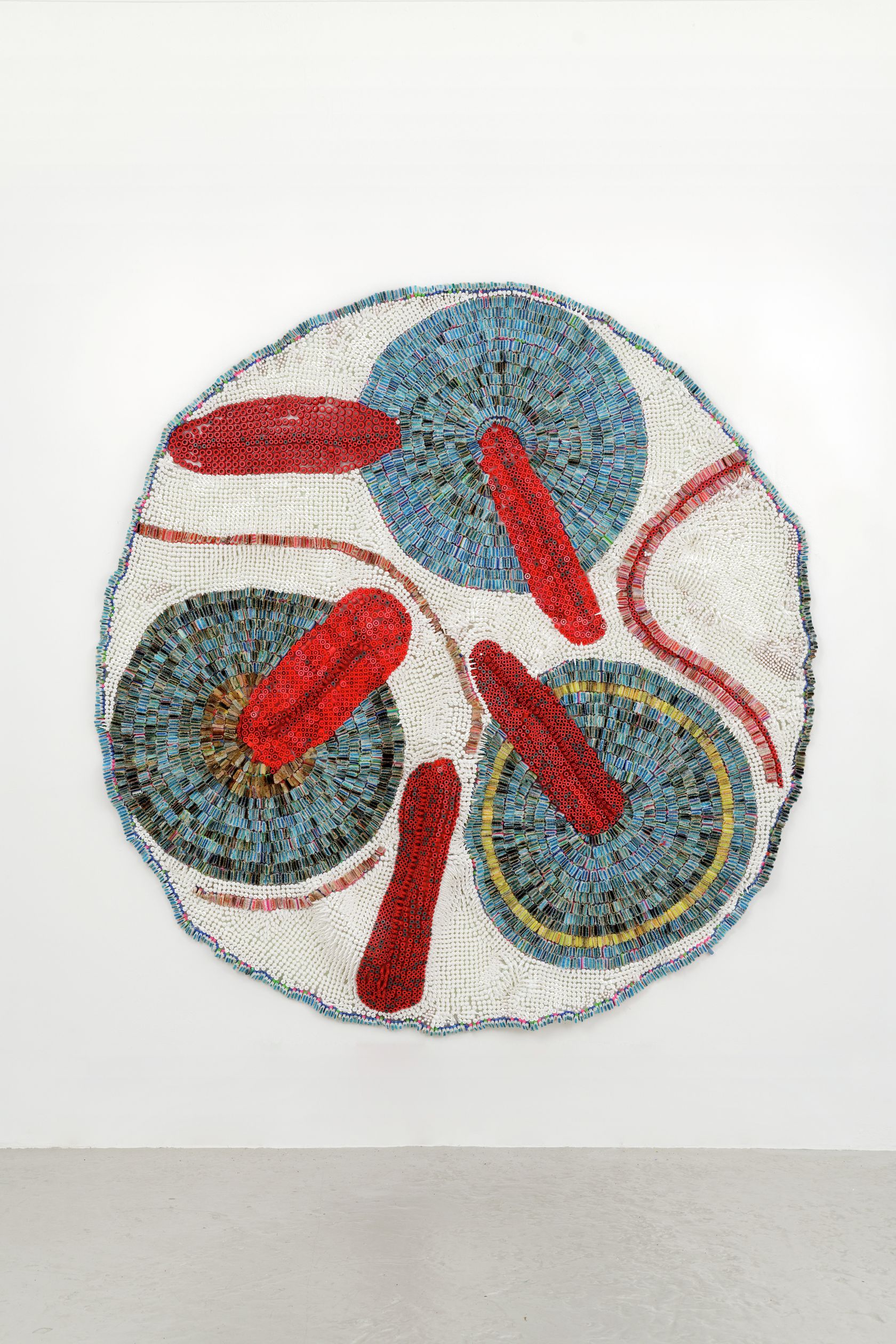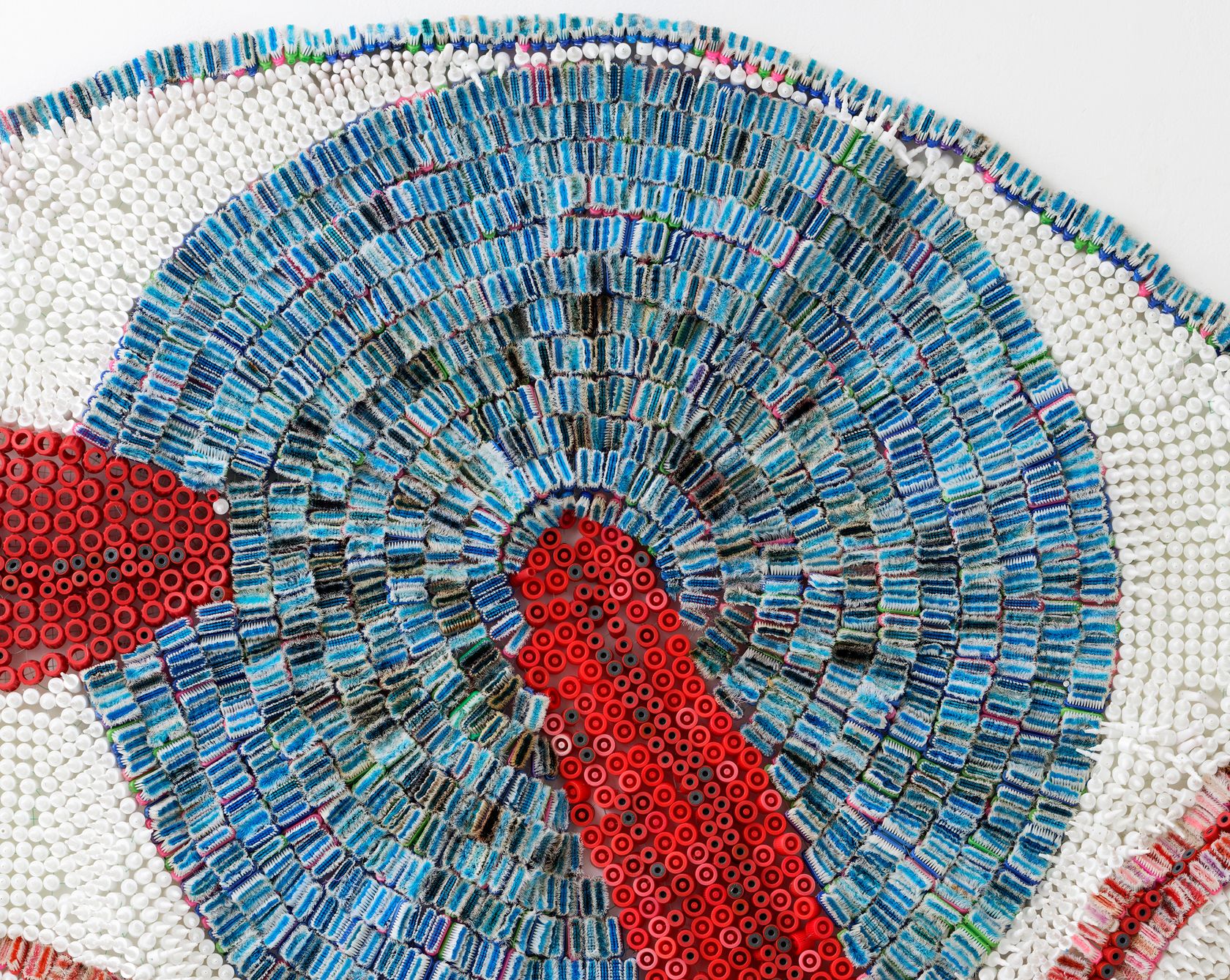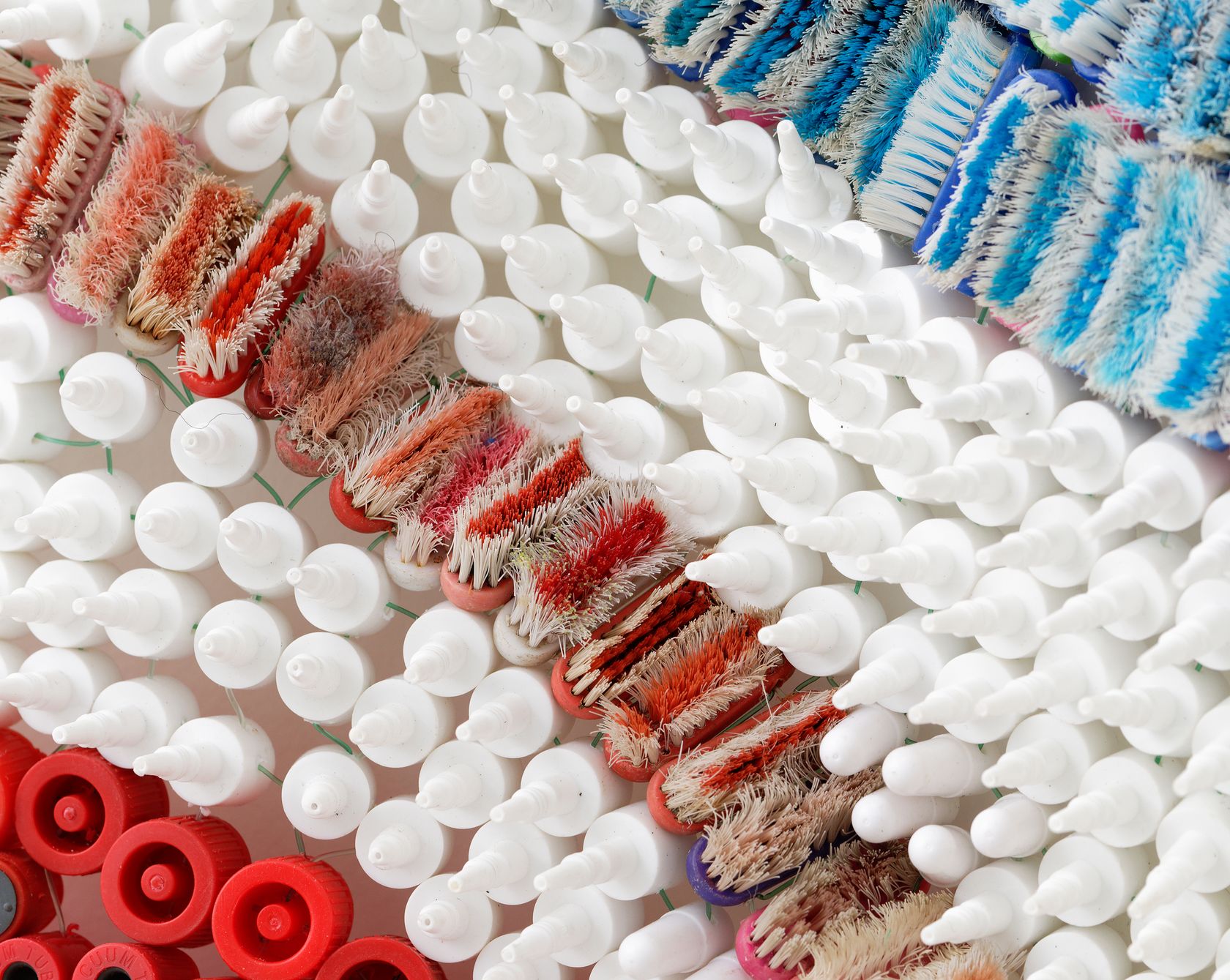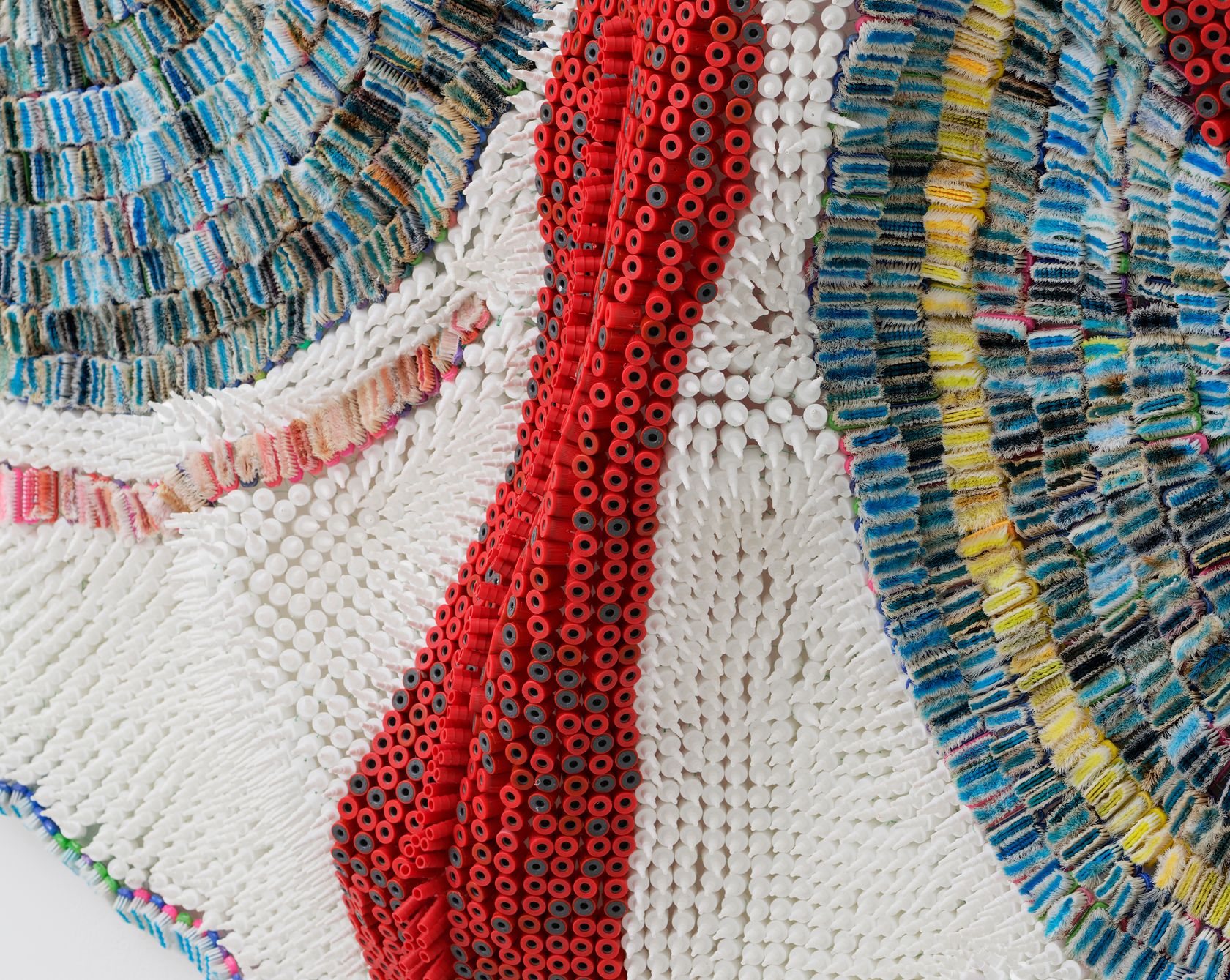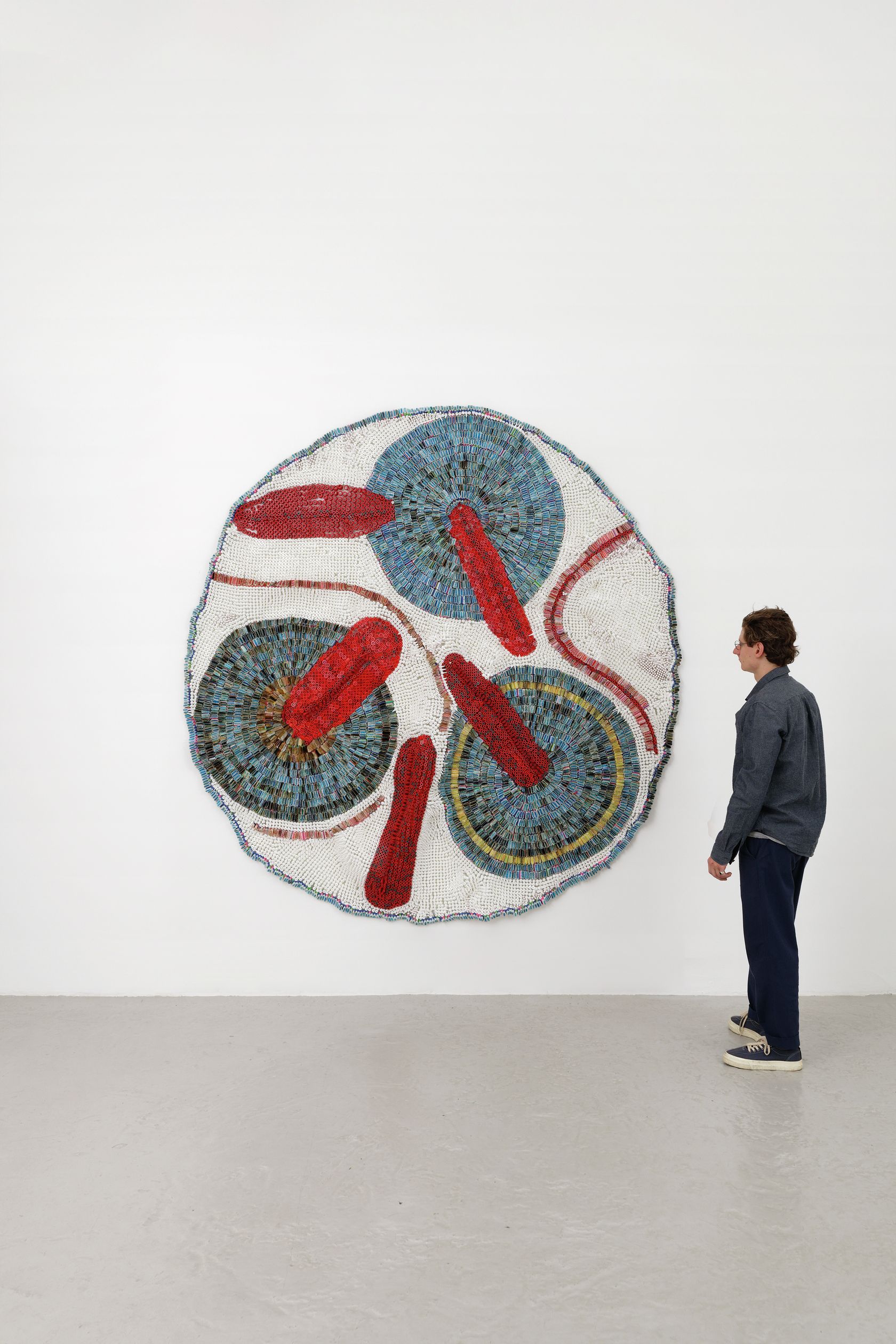To learn more about available works, please provide your contact information
Since the 1990s, Françoise Pétrovitch has produced one of the most powerful bodies of work on the French art scene. Amongst the numerous media she has explored—ceramics, glass, ink washes, painting, print and video—drawing retains pride of place. In constant dialog with the artists who have preceded her, she has been able to measure herself against the incontrovertible motifs of “high art”—Saint Sebastian, still lifes, etc. Pétrovitch’s art reveals an ambiguous world, willingly transgressive, playing with conventional boundaries and eluding any interpretation. Intimacy, fragments of life and disappearance, alongside the themes such as the double, transition and cruelty run through her work, which is inhabited by animals, flowers and beings, and whose atmosphere fluctuates between light and dark, rarely leaving the spectator unmoved.
She has enjoyed numerous solo exhibitions both in France and abroad. The FHEL in Landernau (FR) hosted a major retrospective of her work and a monographic exhibition is dedicated to her at the BnF, Paris in 2022. In 2018, she was the first contemporary artist to be awarded a solo exhibition at the Louvre-Lens. Over the past few years, Pétrovitch has produced a number of monumental wall drawings and large format ensembles, for the Galerie des Enfants at the Centre Pompidou, the West Bund Museum, Shanghai or for the Ballets du Nord Company. Her works are included in many private and public collections, most notably the Centre Pompidou, Paris (FR), the Voorlinden Museum, Wassenaar (NL), the National Museum of Women in the Arts, Washington D.C. (US), the Musée Jenisch, Vevey (CH), the Musée d’Art Moderne et Contemporain in Saint-Etienne (FR) and in Strasbourg (FR), the MAC VAL (FR) and numerous regional art centers throughout France as well as the Salomon and Guerlain Foundations.
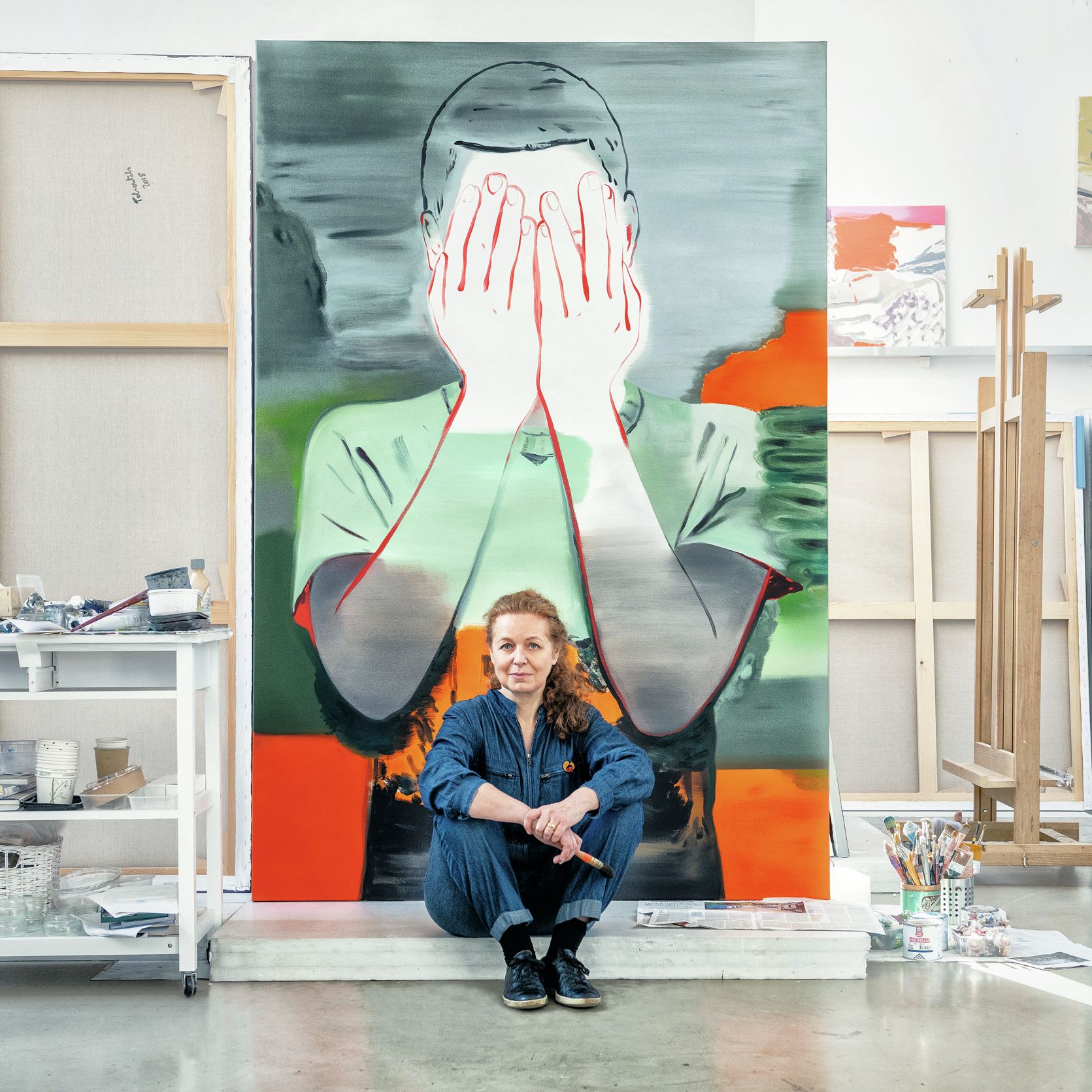
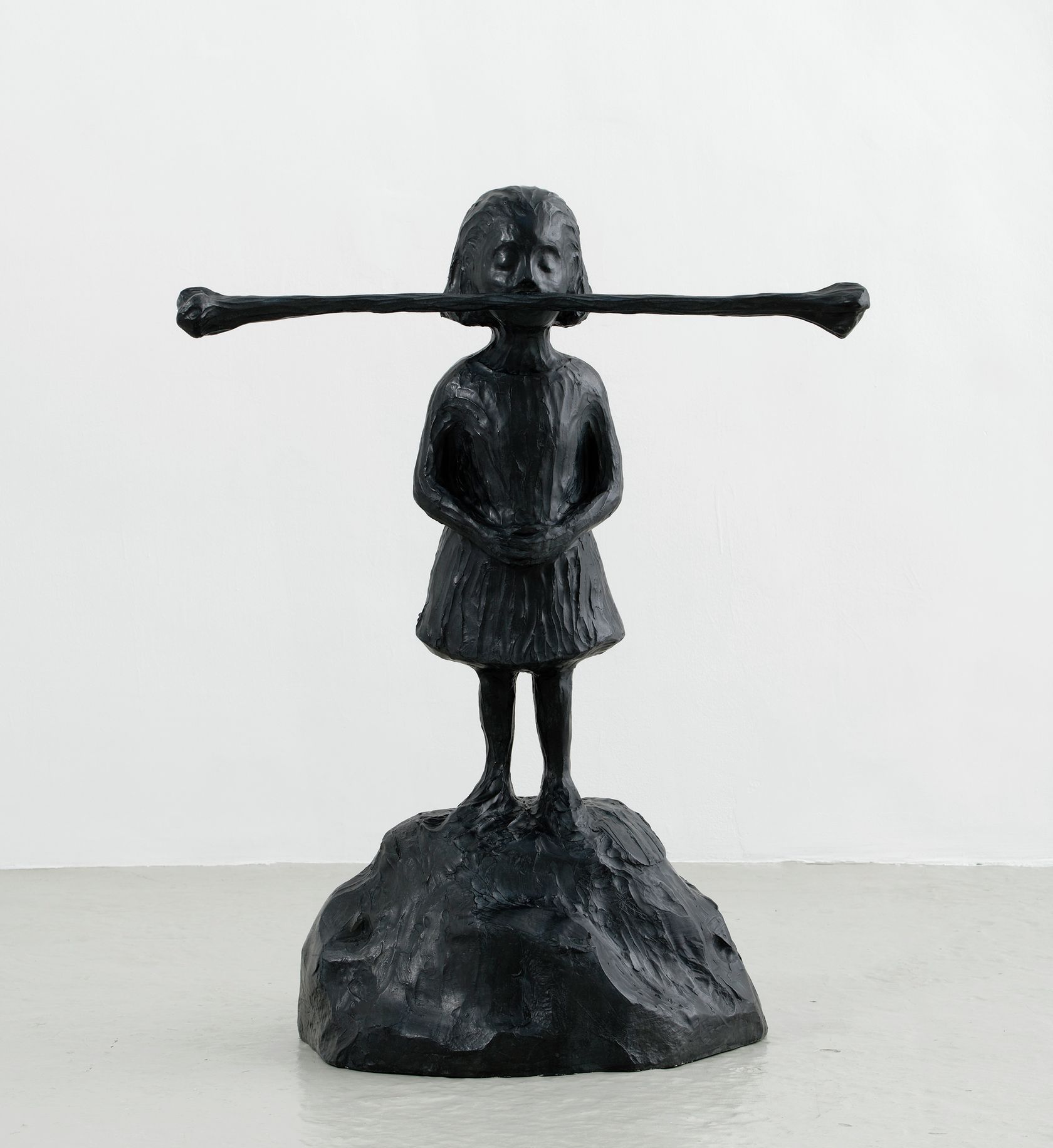
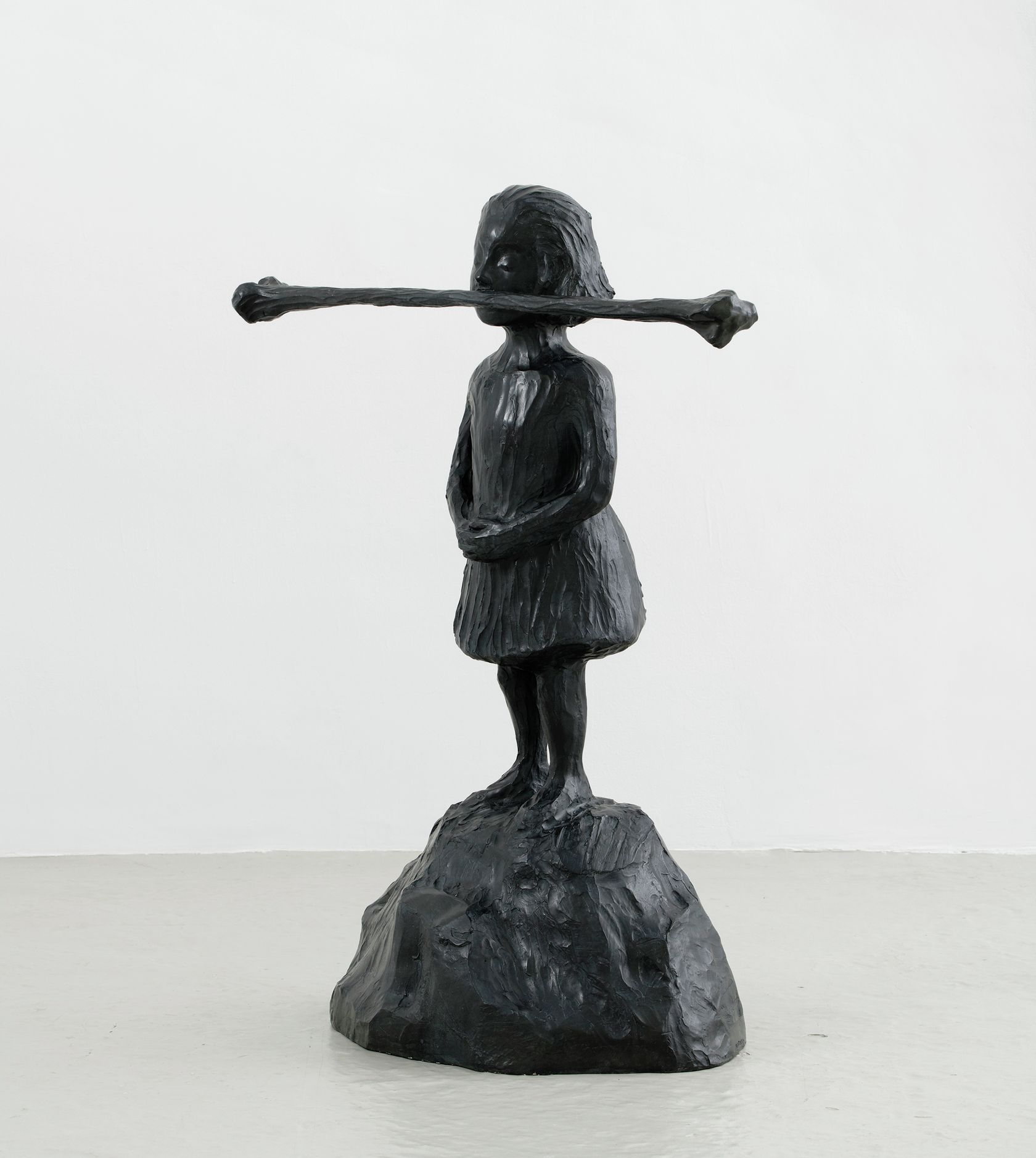
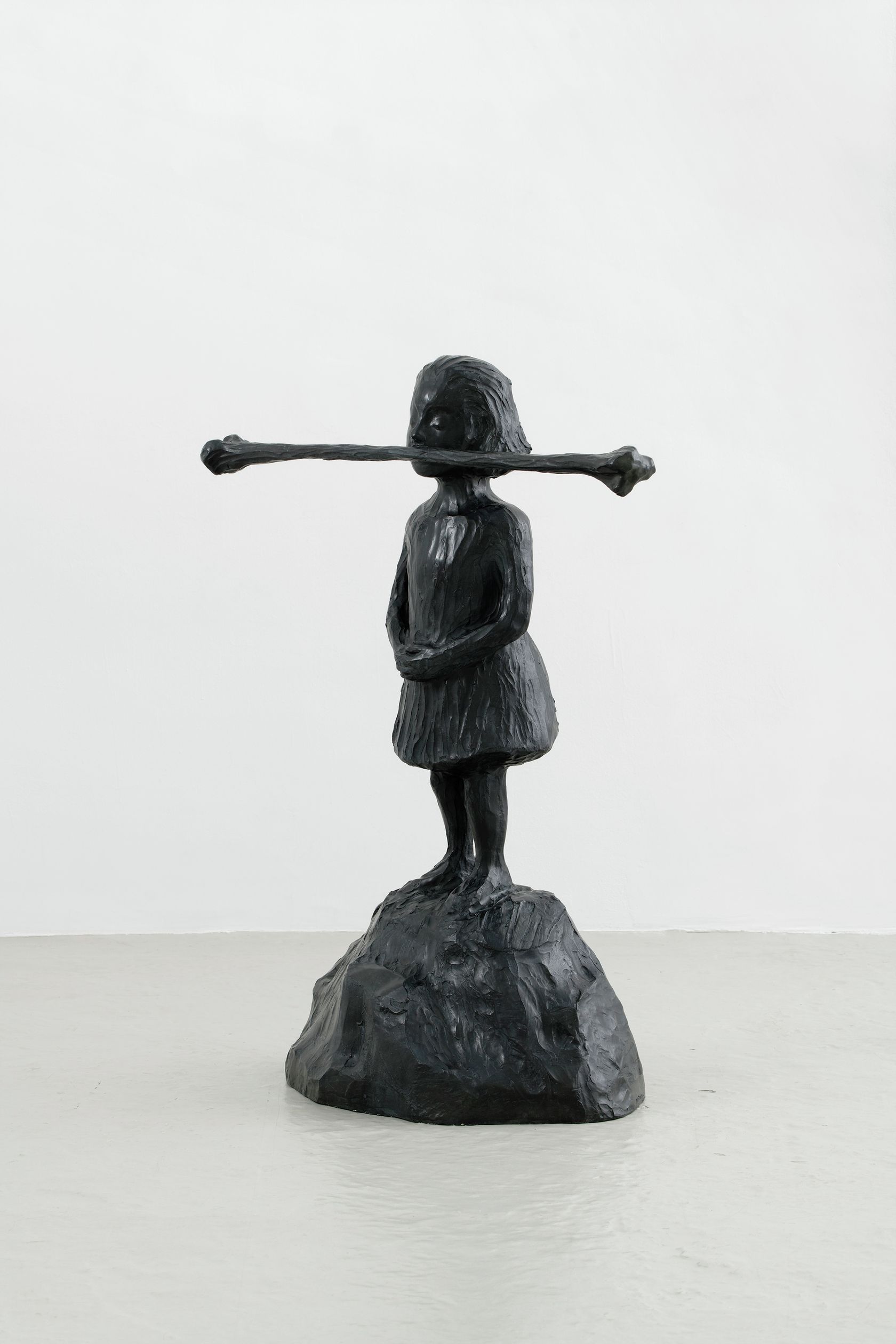
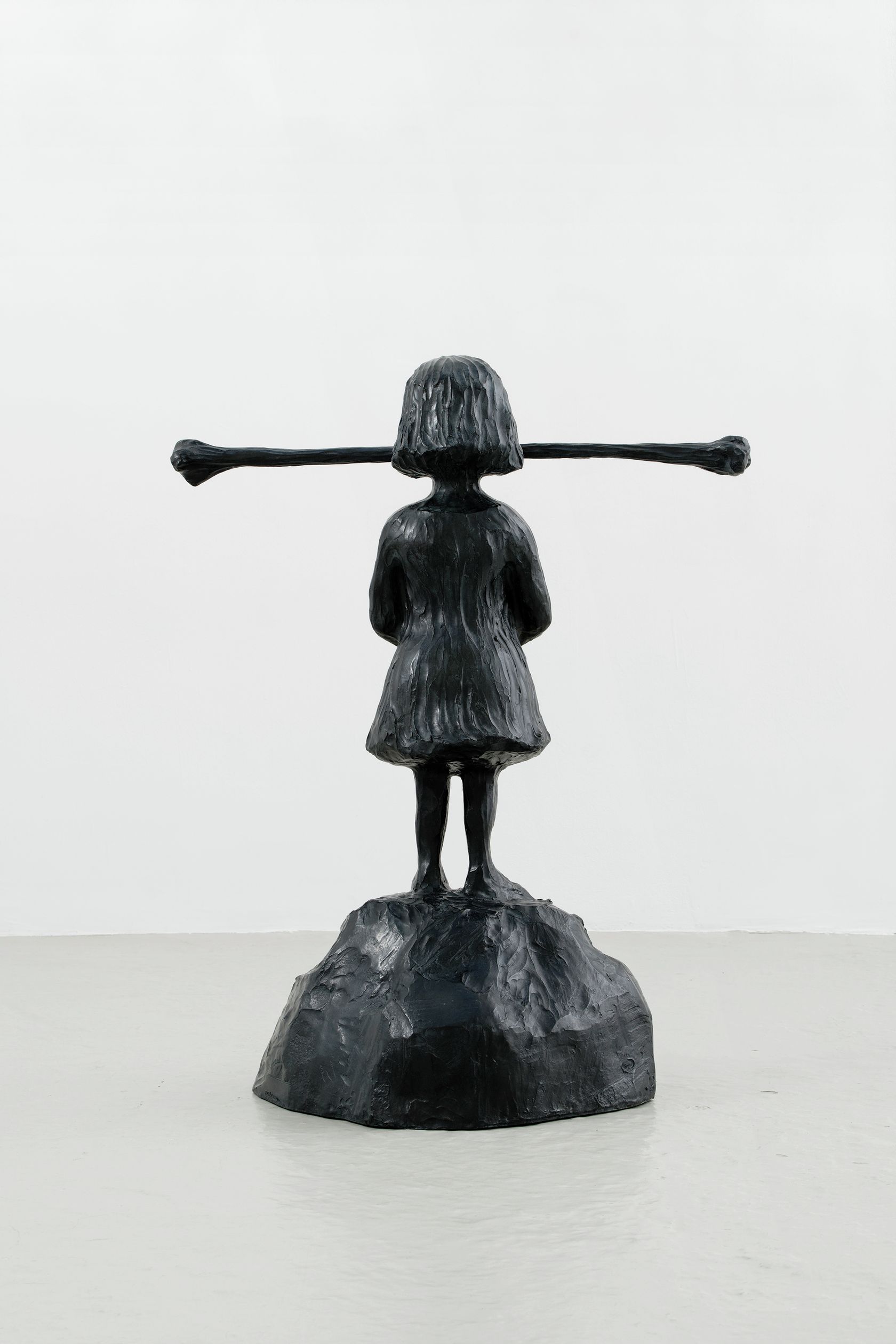
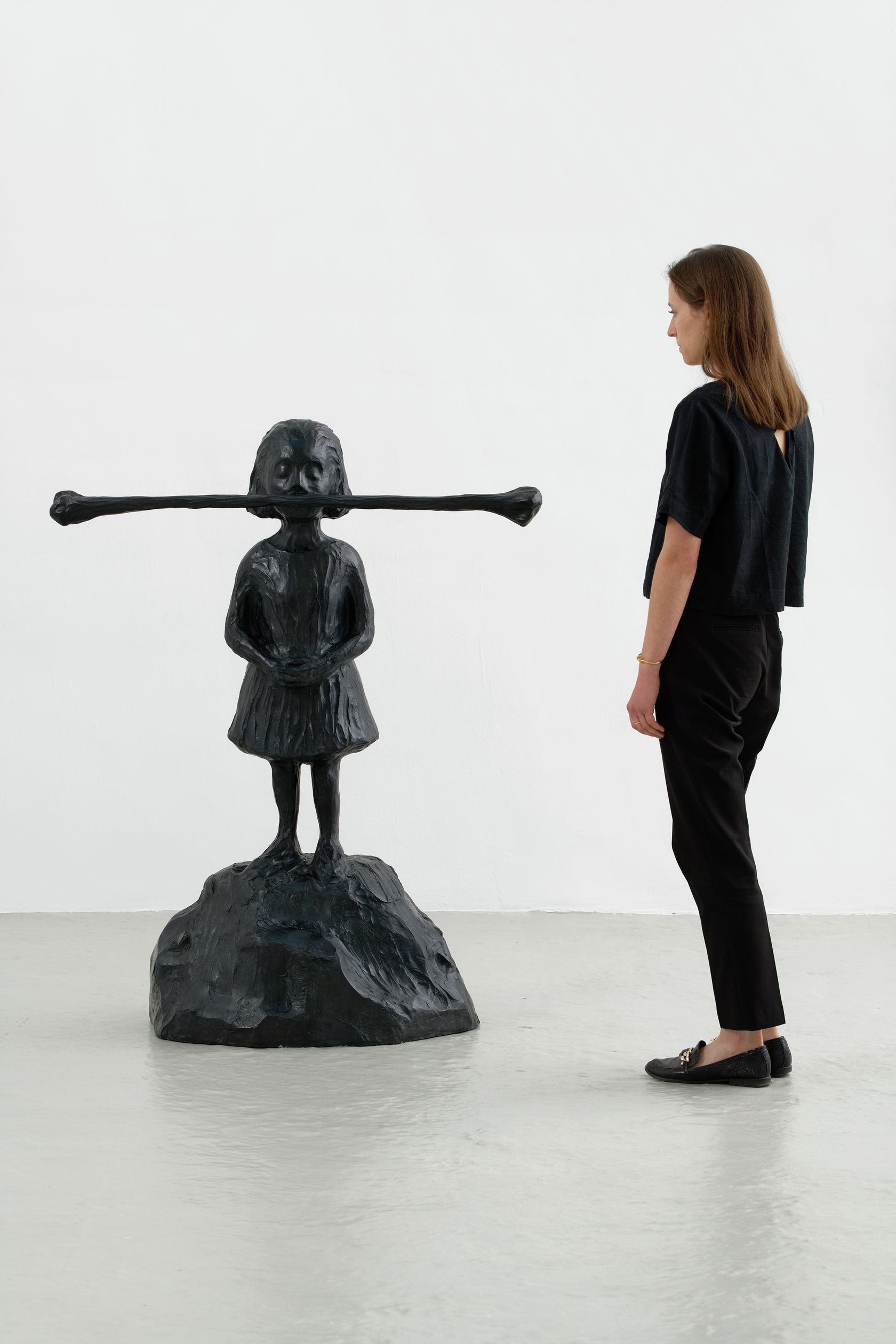
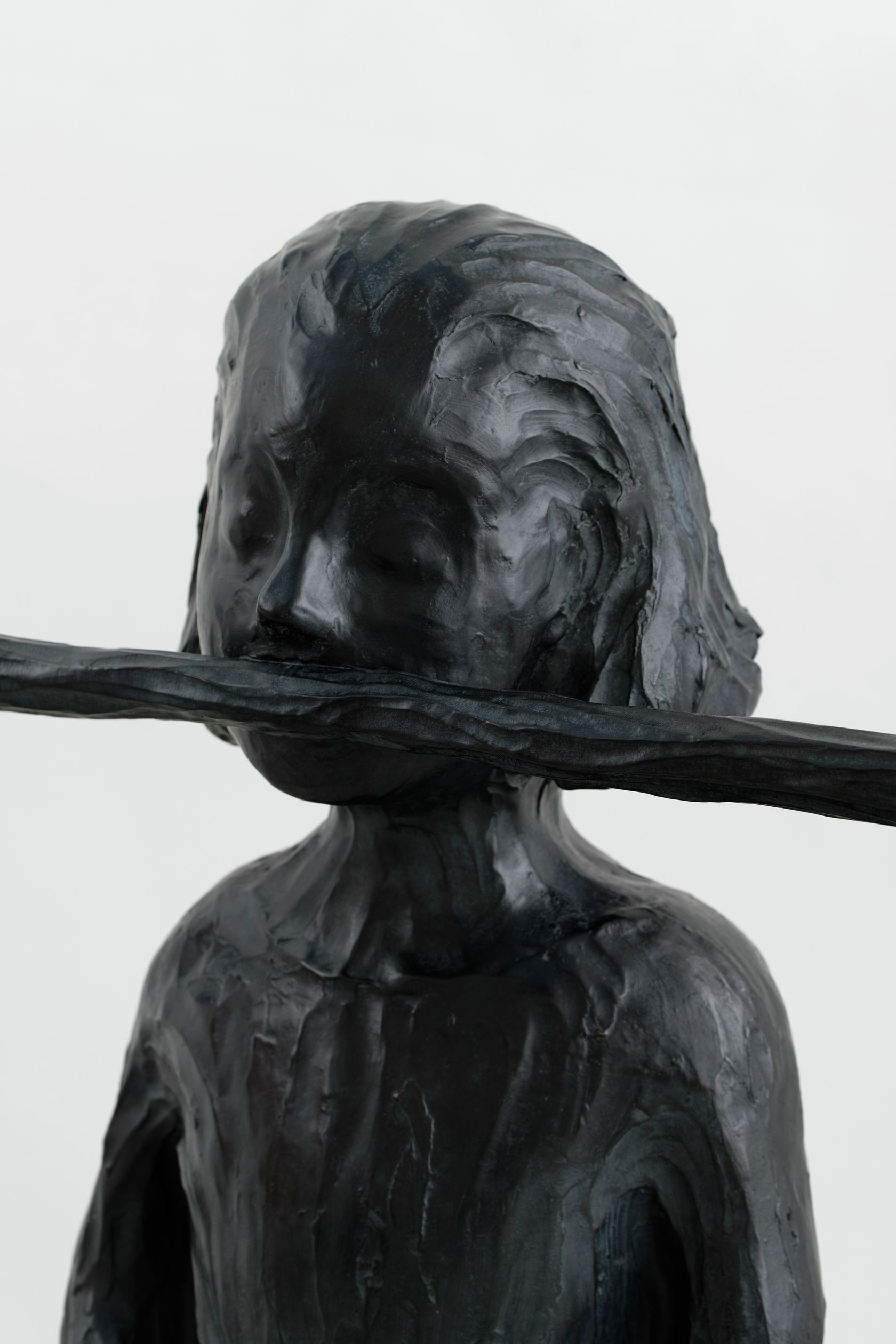
- Françoise Pétrovitch
- L'Ogresse , 2021
- Bronze
-
- 135 ×
- 107 ×
- 60 × cm
- 53 1/8 ×
- 42 1/8 ×
- 23 5/8 × inches
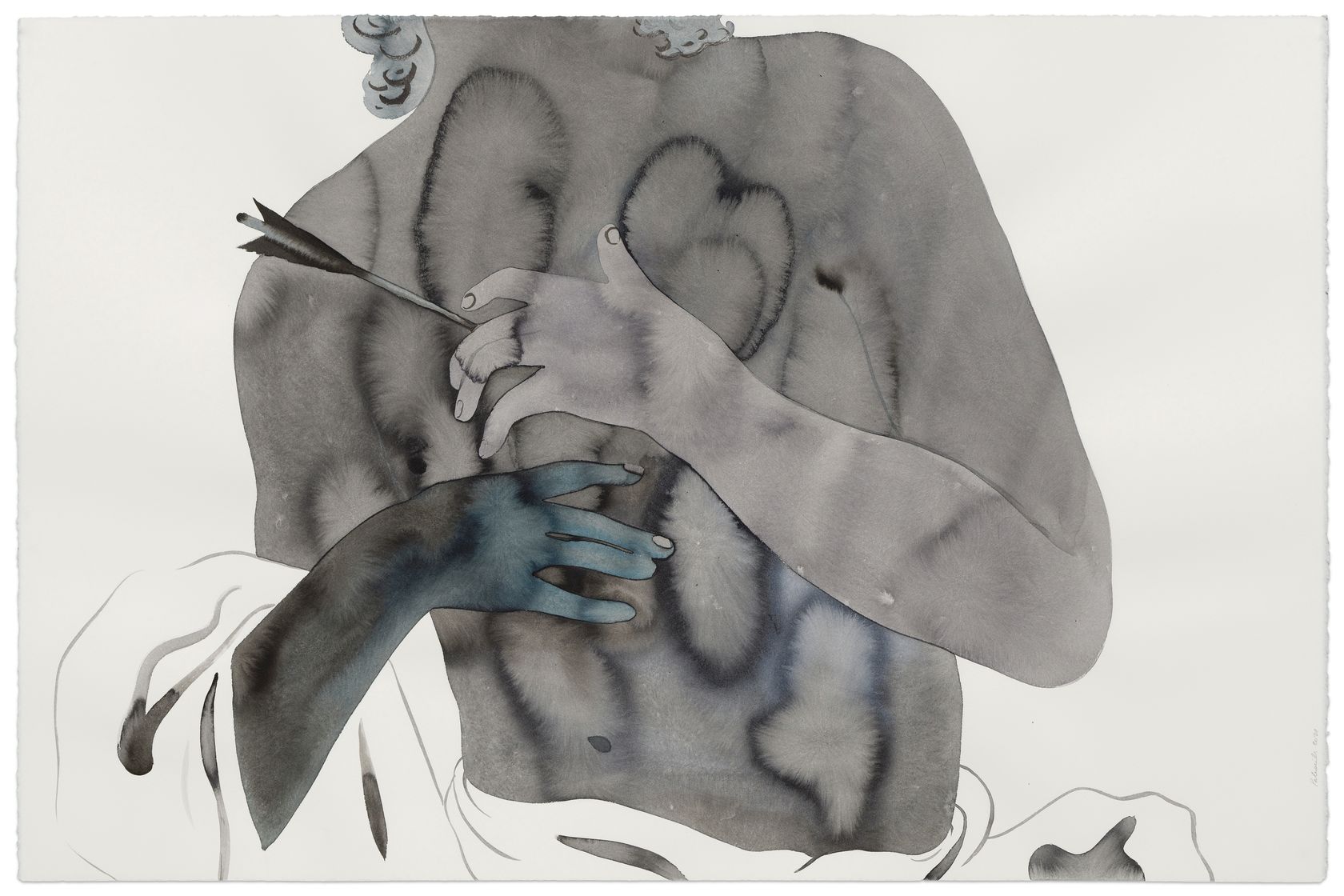
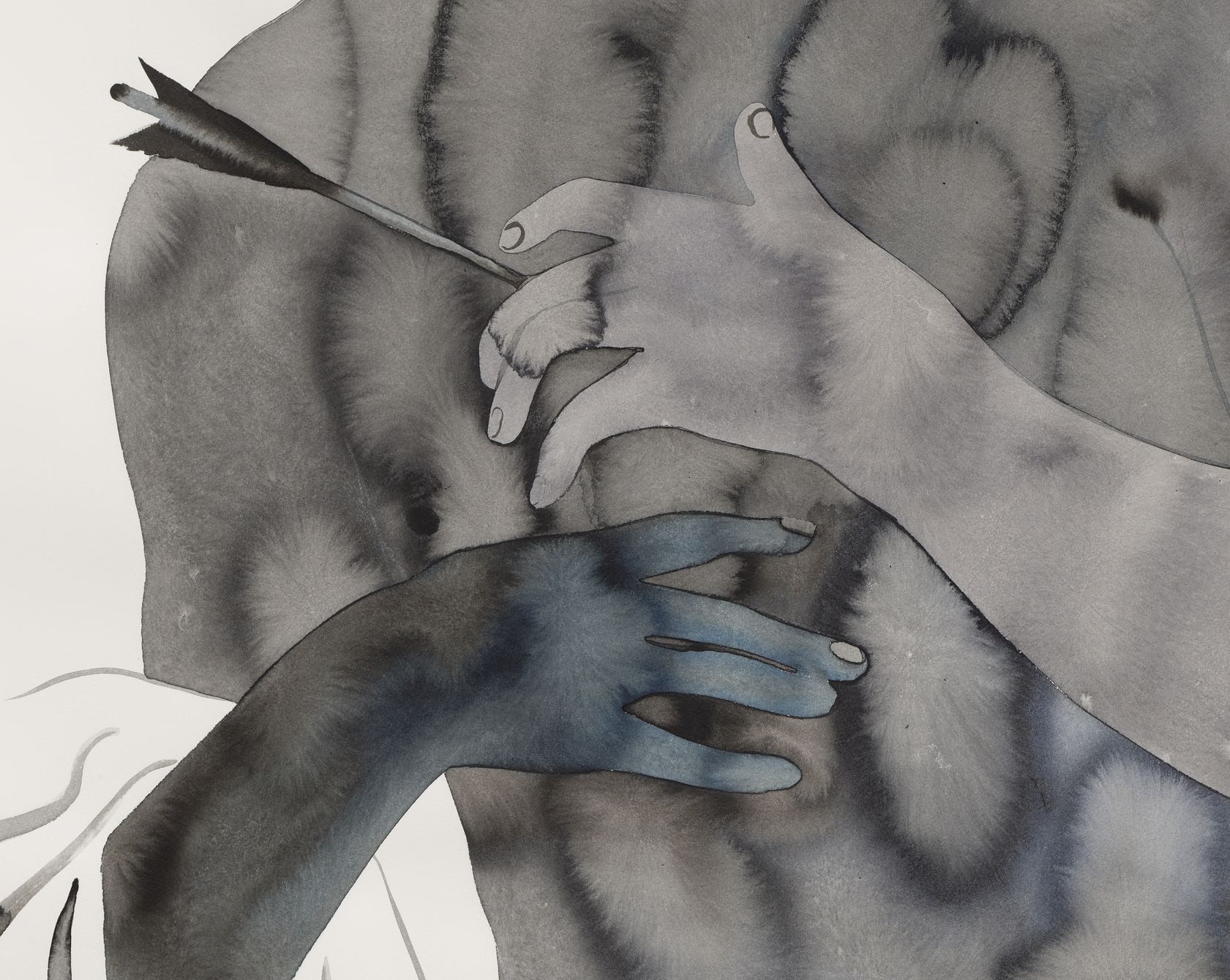
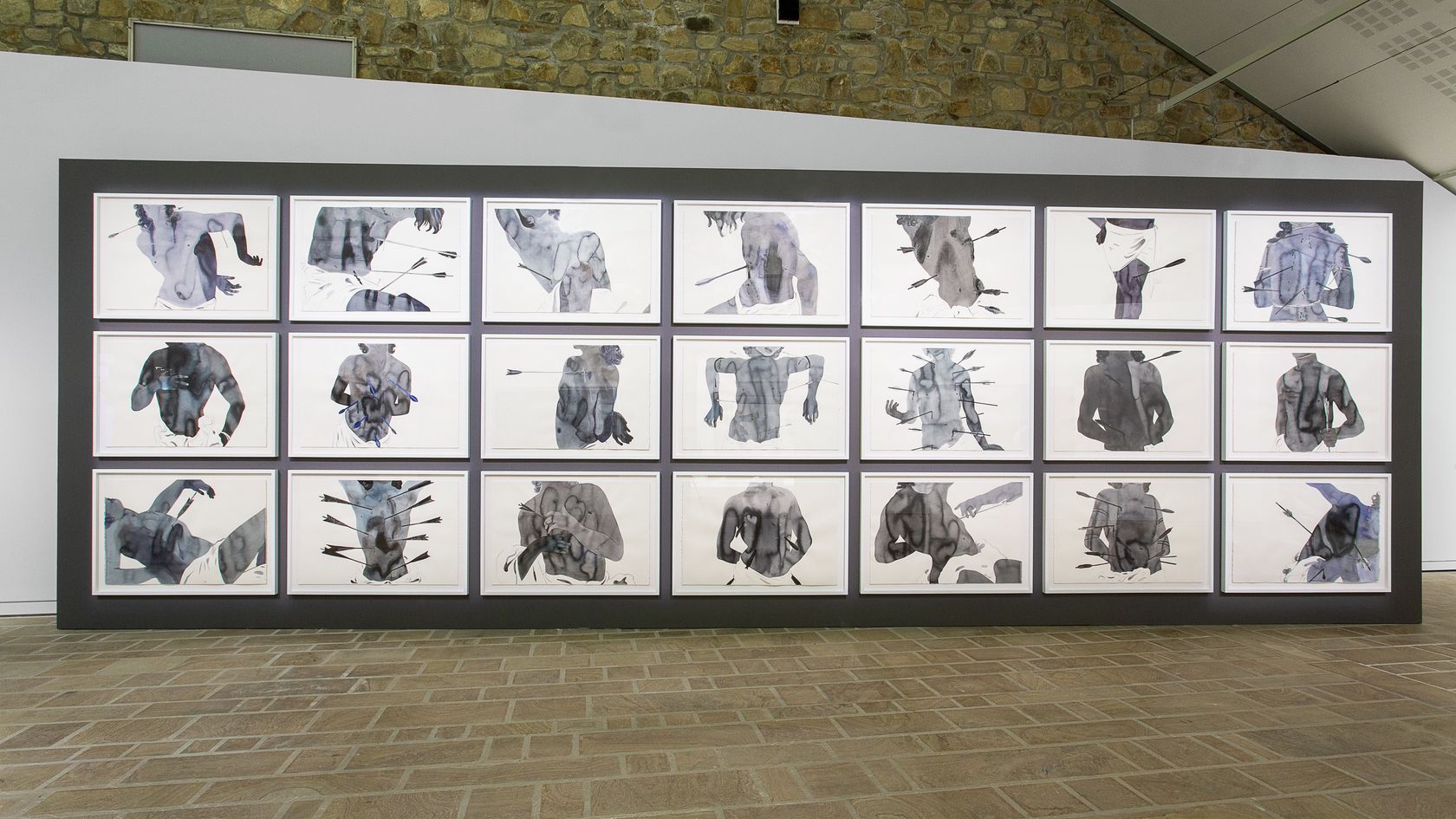
- Françoise Pétrovitch
- Saint Sébastien (Juan Carreno de Miranda) , 2021
- Ink wash on paper
-
- 80 ×
- 120 × cm
- 31 1/2 ×
- 47 2/8 × inches
- unframed
- 95 ×
- 137 ×
- 4.5 × cm
- 37 3/8 ×
- 53 7/8 ×
- 1 6/8 × in
- framed
With a background in printing, Hugo Capron's painting is based on the pleasure of reproducing the same image in long series that seek to exhaust all the possibilities of variation. His paintings are generally produced in one go and without repentance, but are nevertheless based on precise technical equations. Long interested in the correspondences between a volume of paint and a surface of canvas to be covered, his return from the Kujoyama Villa in 2019 led to a breaking point. His works began to represent subjects that were often classical and anonymous, borrowed from the history of etching or the history of painting.
Hugo Capron’s palettes are the result of fine investigations among suppliers from all over the world in search of the most accurate shades. On the canvas, they reveal themselves in a whole range of materials, juices and luminous extra thickness which emphasise the speed of execution. The gesture is almost calligraphic, it is a mixture of commas and loops.
Hugo Capron (b. 1989) lives and works in Dijon (FR). He graduated from the Ecole Nationale Supérieure d'Art et de Design, Dijon (FR). In 2021, he is the winner of the 8th edition of the Emerige Revelation Grant. His work has been exhibited in numerous individual and collective shows at the Hôtel des Arts, Toulon (FR), the Centre Régional d’Art Contemporain de Montbéliard (FR), the Collection Yvon Lambert, Avignon (FR), the Frac Bourgogne, Dijon (FR) and at Consortium, Dijon (FR). His work features in a large number of French and international, public and private collections.
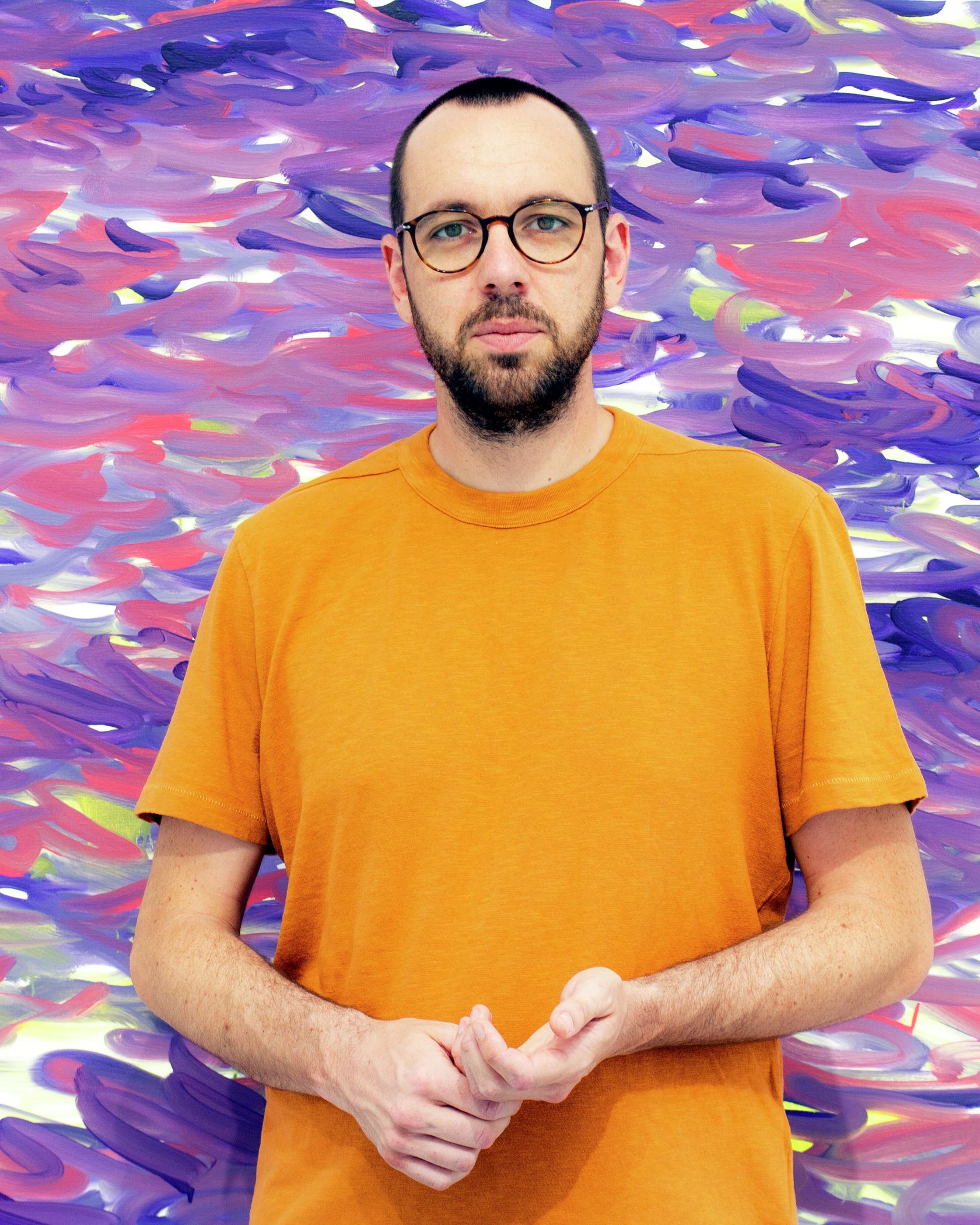
Unencumbered by pictorial motifs, narrative elements and occasionally even color, the Texan artist Otis Jones’ oeuvre is understated yet intensely physical and persistently original. Shying away from the grandiose, the painter prefers to concentrate on the essential: the relationship between shape, composition, color and the subtle nuances that lend his paintings their meditative character. Cratered like the moon, the surfaces of his paintings are palimpsests formed by the artist’s own hand. To obtain this abraded texture of intense visual depth, Otis Jones repeatedly performs an unchanging empirical ritual: roughly cut canvases are mounted on irregularly shaped wooden panels, then successively painted and sanded down. Otis Jones deploys a limited number of formal elements—lines, dots and squares—whose contrasting colors are extracted from underlying layers and which are prominent enough to be spared from being erased.
His works echo Post-Minimalism and even the Japanese Mono-ha movement (an artistic school dating from 1968-1975, whose members included Nobuo Sekine, Jiro Takamatsu and Lee Ufan amongst others). They are wholly focused on the process of painting as a subject and thus manage to attain an ineffable aura of permanence.
Born in 1946 in Galveston, Texas, Otis Jones graduated from the Kansas State University in 1969 and completed his studies at the University of Oklahoma in 1972. In 1982, he was awarded a research grant by the National Endowment for the Arts and went on to teach at the Texas Christian University, the University of Texas at Austin and the University of Texas at Arlington. His works feature in many private and public collections such as the Dallas Museum of Art, the Hammer Museum in Los Angeles, the Museum of Fine Arts in Houston, the San Antonio Museum of Art and the Nelson Atkins Museum of Art in Kansas City.
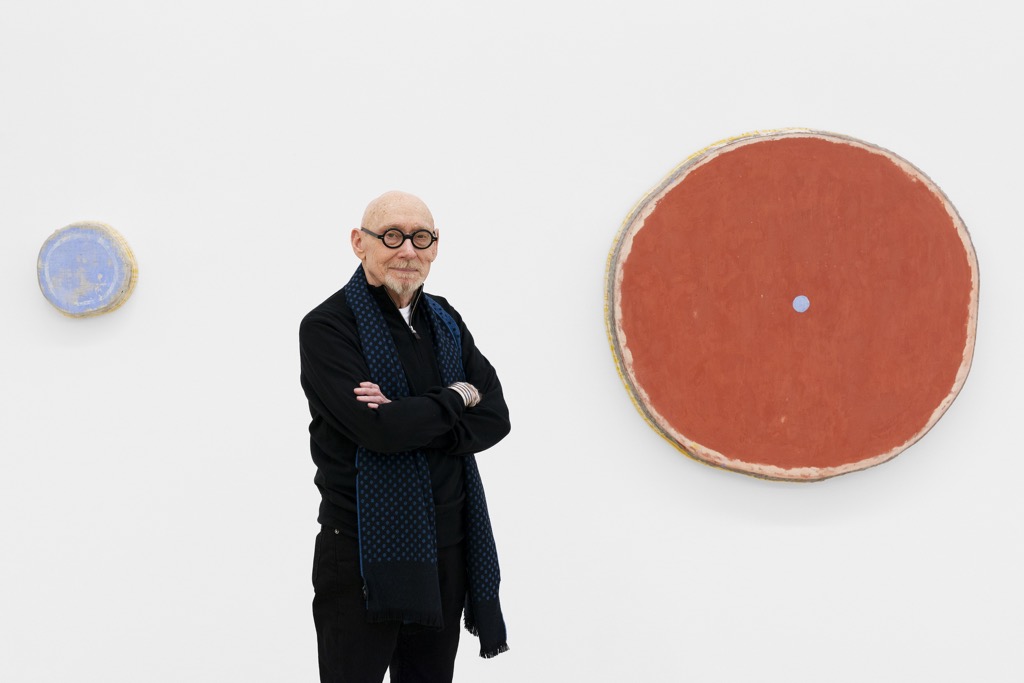
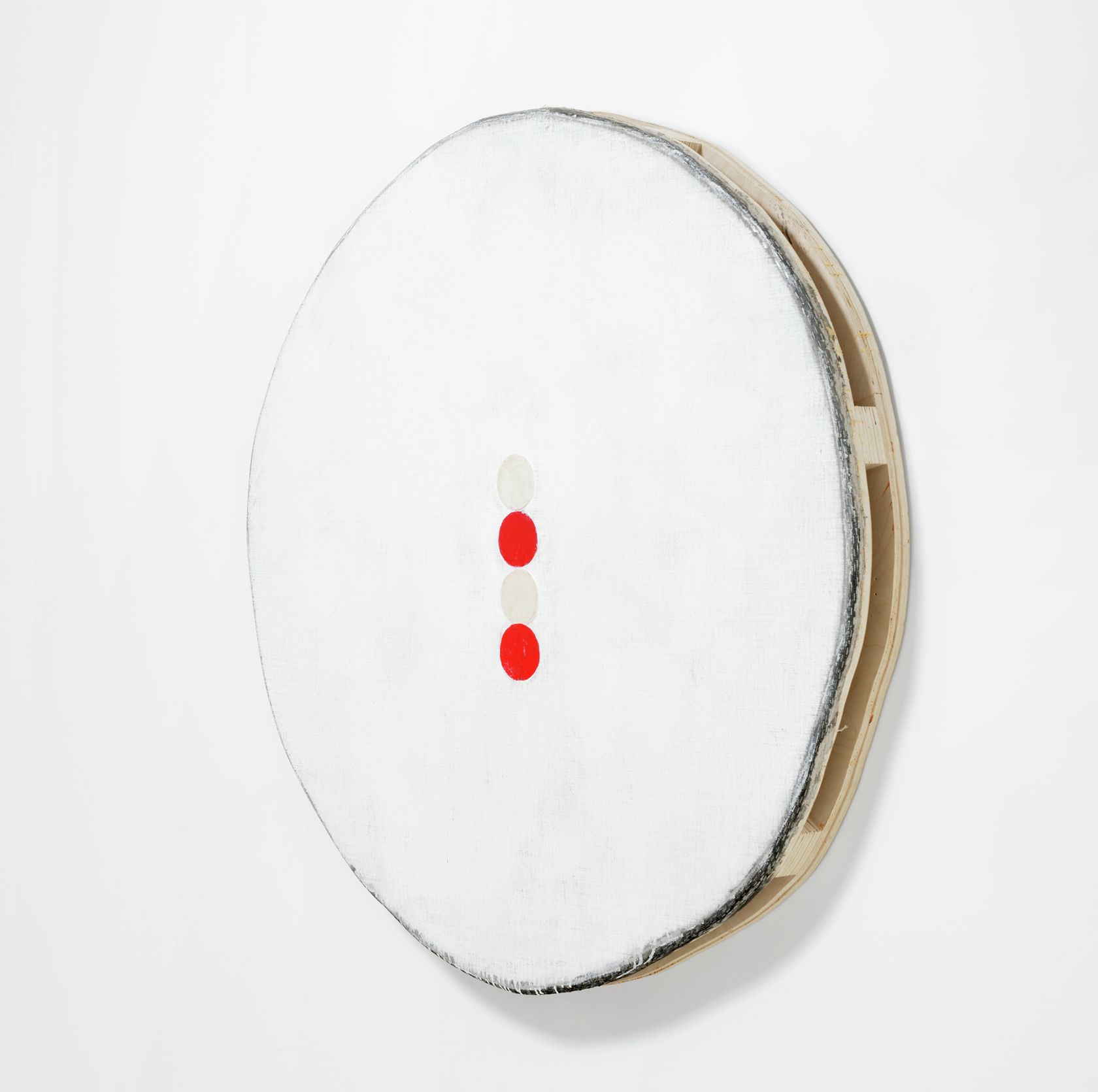
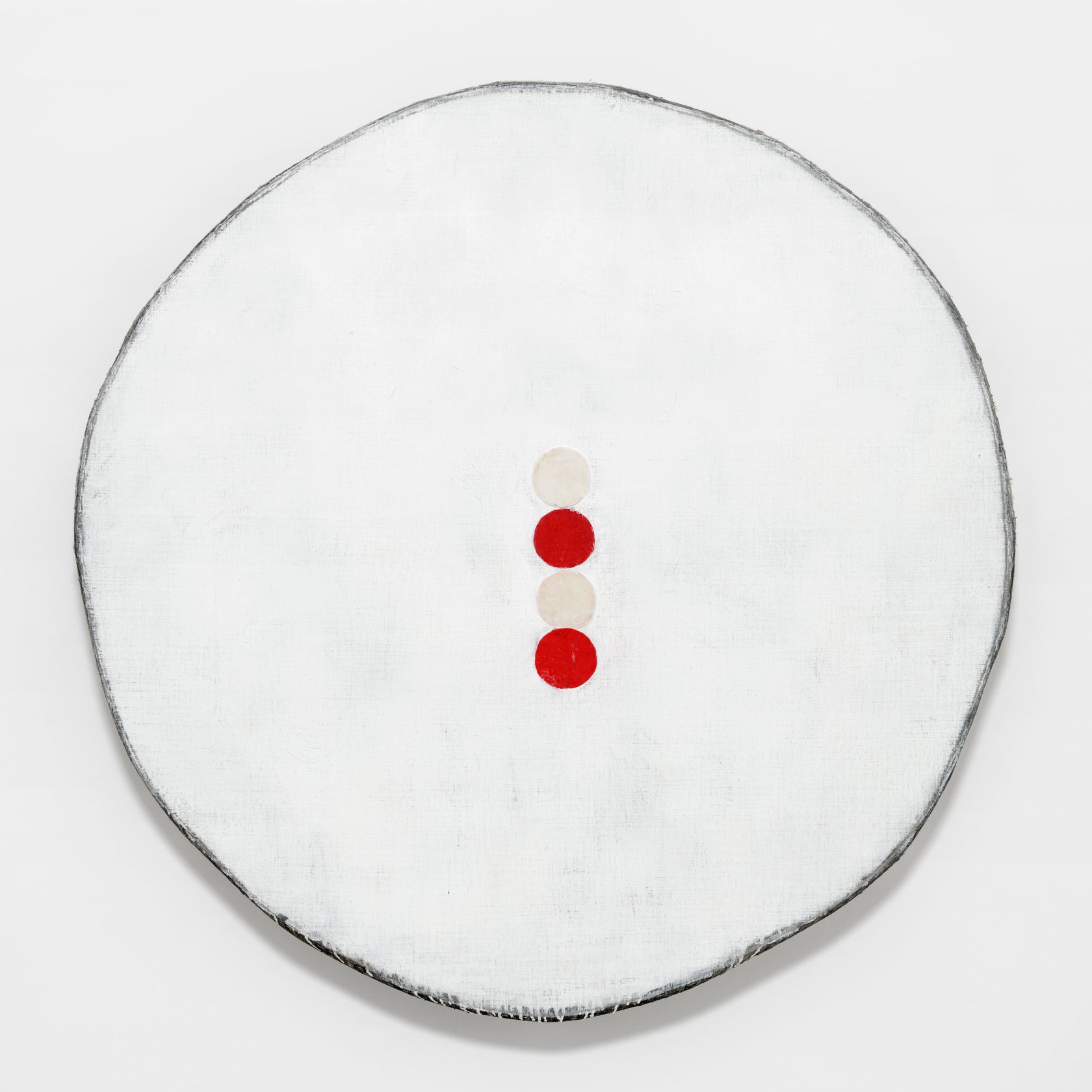
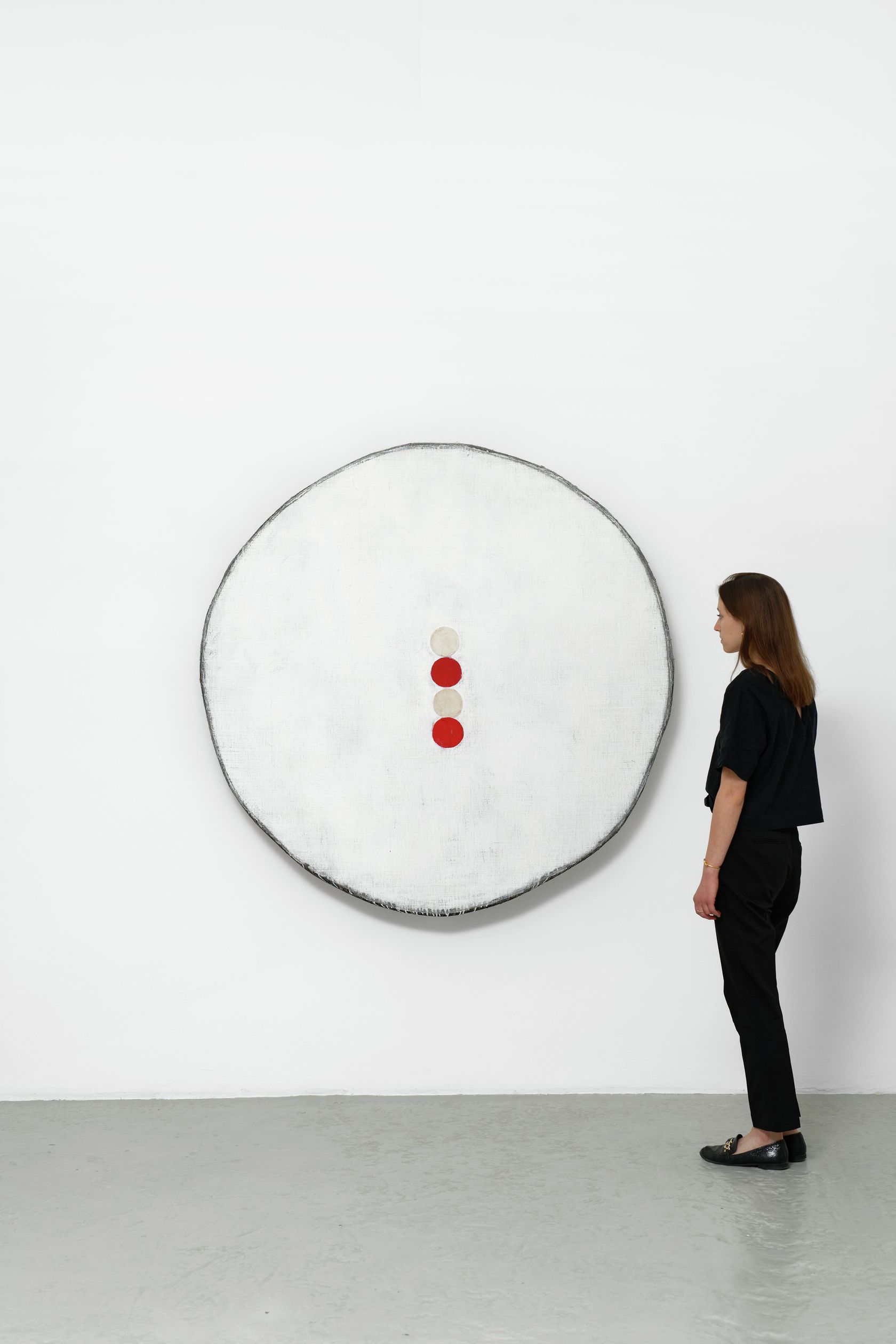
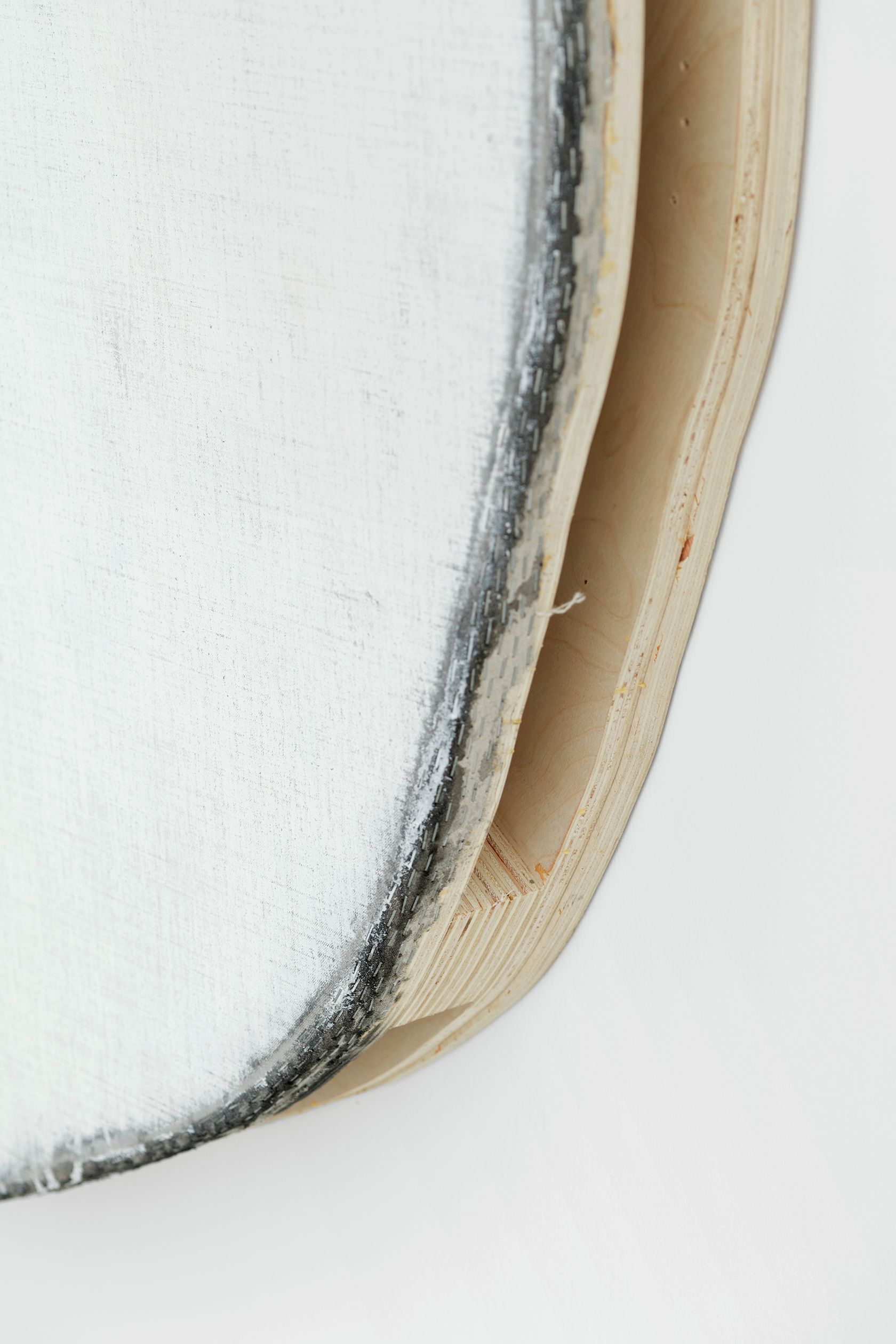
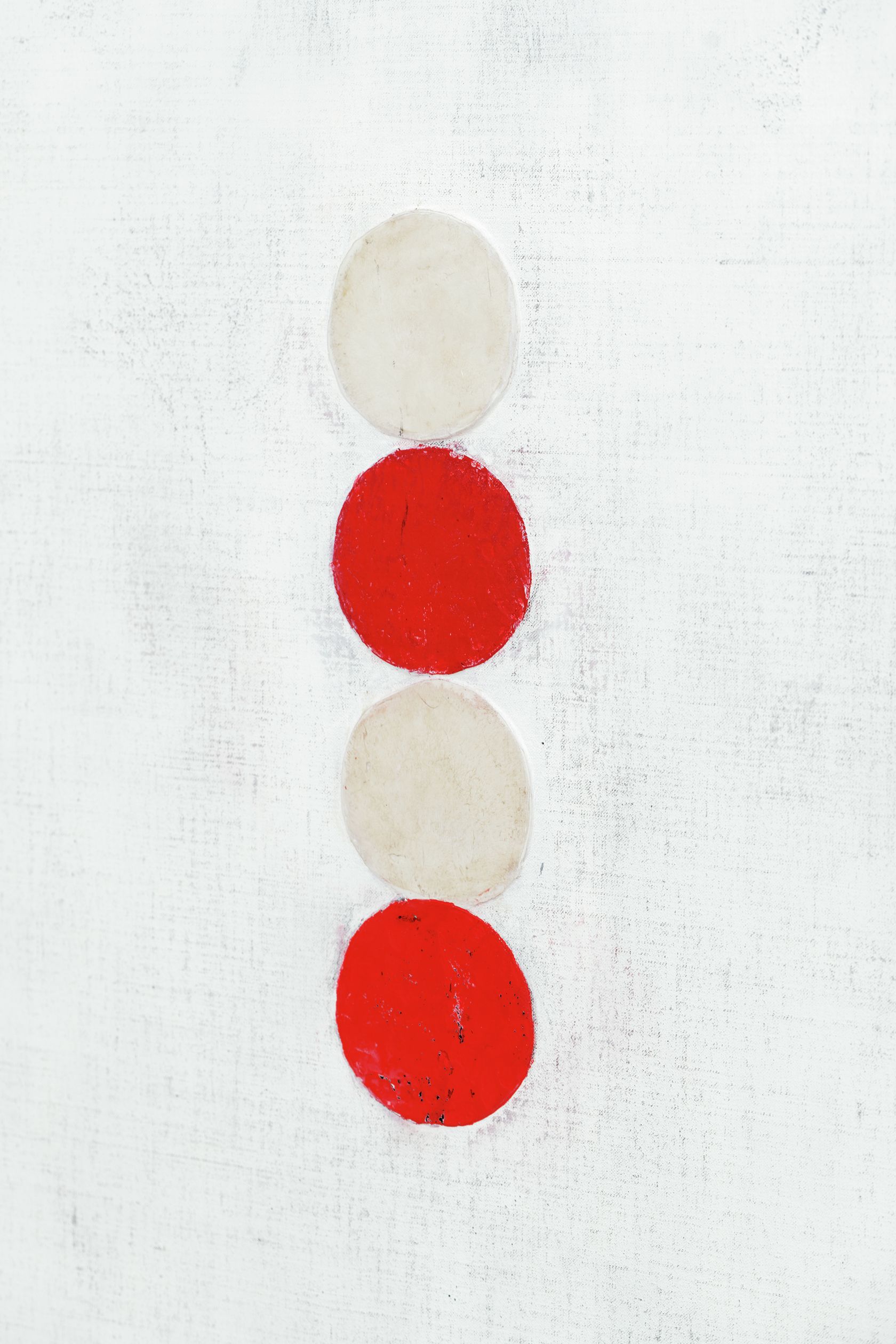
- Otis Jones
- White with Two Ivory Circles and Two Red Circles , 2022
- Acrylic on linen on wood
-
- 152.5 ×
- 155 ×
- 13 × cm
- 60 ×
- 61 ×
- 5 × inches
While remaining both perplexed yet fascinated by television and social networks’ ambiguity concerning truth and fiction, Yoora Lee endeavors to anchor her painting in real emotions, depicting intimate scenes featuring affected silhouettes and suggestive gestures. Bodies and objects exude the same melancholy, expressed through her use of cold and pale colors, reminiscent of the bluish light emitted by TV screens and the washed-out colors of bygone videos. Cinematographic shots collide within her paintings in the form of overlapping scenes, through which her compositions connect with distant moments, encompassing multiple perspectives, juxtaposing memories, imagined moments and stirred emotions.
The extreme closeness of the framing invites the viewer into a kind of loving embrace with the paintings and their subjects. Yoora Lee’s delicate layering of oil paint and her use of horizontal stokes lend her works an almost “impressionist” style that is informed by technological errors exhumed from the 1990s. Her paintings appear to tremble in a resurrection of grainy VHS-like images, distorted video and memories of pre-internet television. Through this summoning of obsolete media, Yoora Lee’s works evoke feelings of uncertainty and a certain nostalgia for a recent past.
Yoora Lee was born in 1990 in South Korea, where she began her technical training before moving to Chicago in 1996. She continued her studies at the Art Institute of Chicago and graduated with an MFA in painting and drawing in 2020. Her work has been shown internationally, from Chicago to London (solo show at the Jude Gallery in 2021), from Los Angeles to Geneva (group shows at the Nicodim Gallery and the Mighela Shama Gallery in 2022), as well as in New York, Miami, Hong Kong and Rome (exhibitions at Shin Haus, Surface Area, the K11 Musea and Andrea Festa Fine Art respectively).
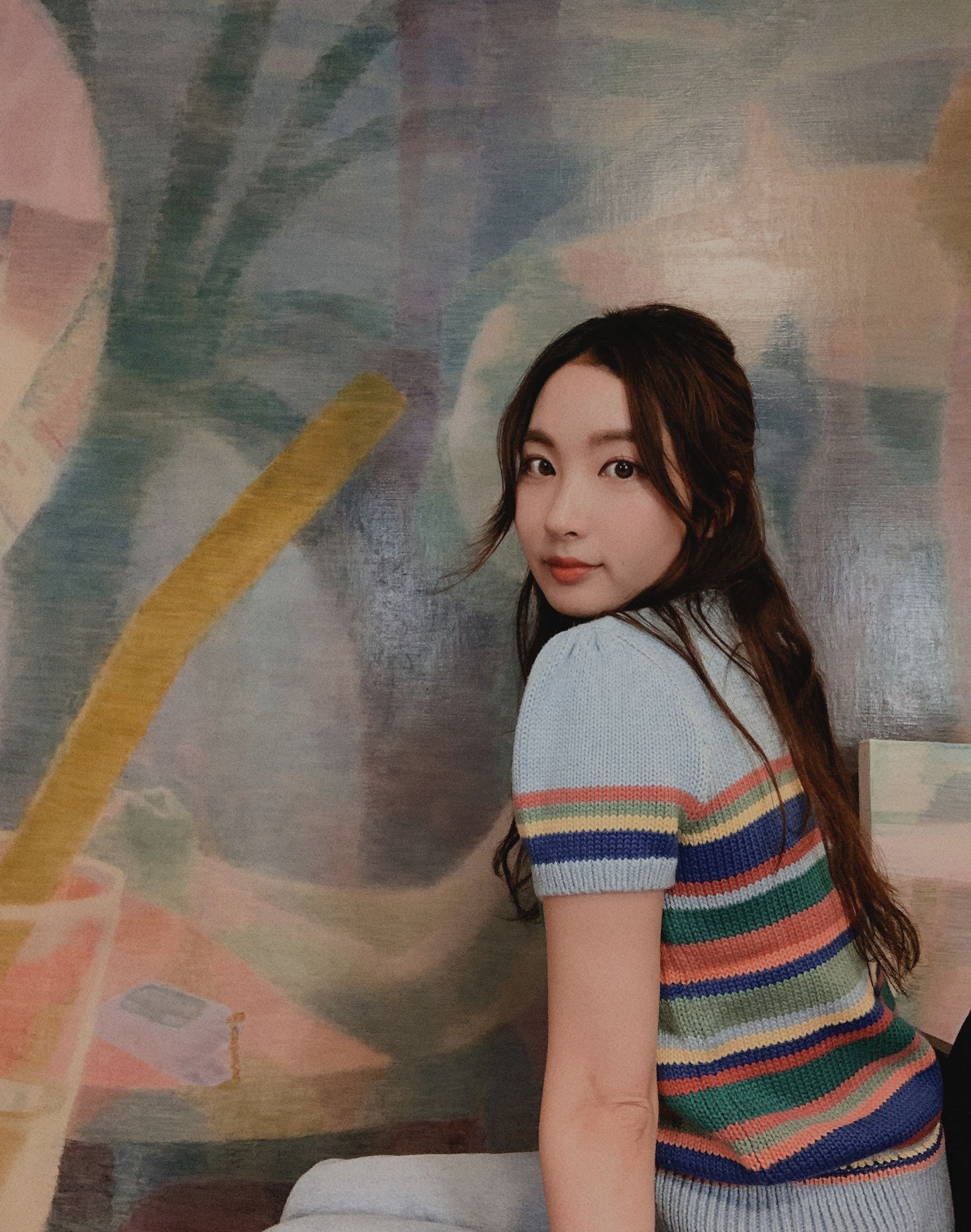
Abraham Poincheval (born 1972 in Alençon, lives and works in Marseille) is an insatiable explorer. Whether by crossing the Alps while pushing a capsule he used as his shelter, or by enclosing himself for a week in a rock, his—itinerant or static—expeditions require total physical commitment. The inhabitable sculptures which the artist conceives are laboratories allowing him to experience time, enclosure or immobility. They are the envelope that hosts the performer, an object that disturbs the landscape, and which exists through word of mouth.
The works and performances of Abraham Poincheval are subject to numerous national and international exhibitions and invitations. In 2017, the Palais de Tokyo curated a one-person show which led him to experience through two new performances (Stone and Egg) the temporalities of the animal and the mineral kingdoms. Solo exhibitions have recently been hosted at the Musée de la Chasse et de la Nature, Paris (FR), the Institut d'art contemporain - IAC, Villeurbanne (FR), La Criée, contemporary art centre, Rennes (FR), the MAC VAL, Vitry-sur-Seine (FR) and the FRAC Paca, Marseille (FR) to name a few. In 2019, Abraham Poincheval is part of the International Exhibition of the 15th Lyon Contemporary Art Biennale where his film Walk on Clouds is screened for the first time. His work is held in the collections of the Museum Voorlinden, Wassenaar (NL), the Centre national des arts plastiques - CNAP, Paris (FR), the Musée-Forum de l'Aurignacien, Aurignac (FR), the MAC VAL, Musée d’Art Contemporain du Val-de-Marne, Vitry-sur-Seine (FR), the Musée d'art du Valais, Sion (CH) and the FRACs Corse, Franche-Comté, Limousin, Occitanie and PACA (FR).
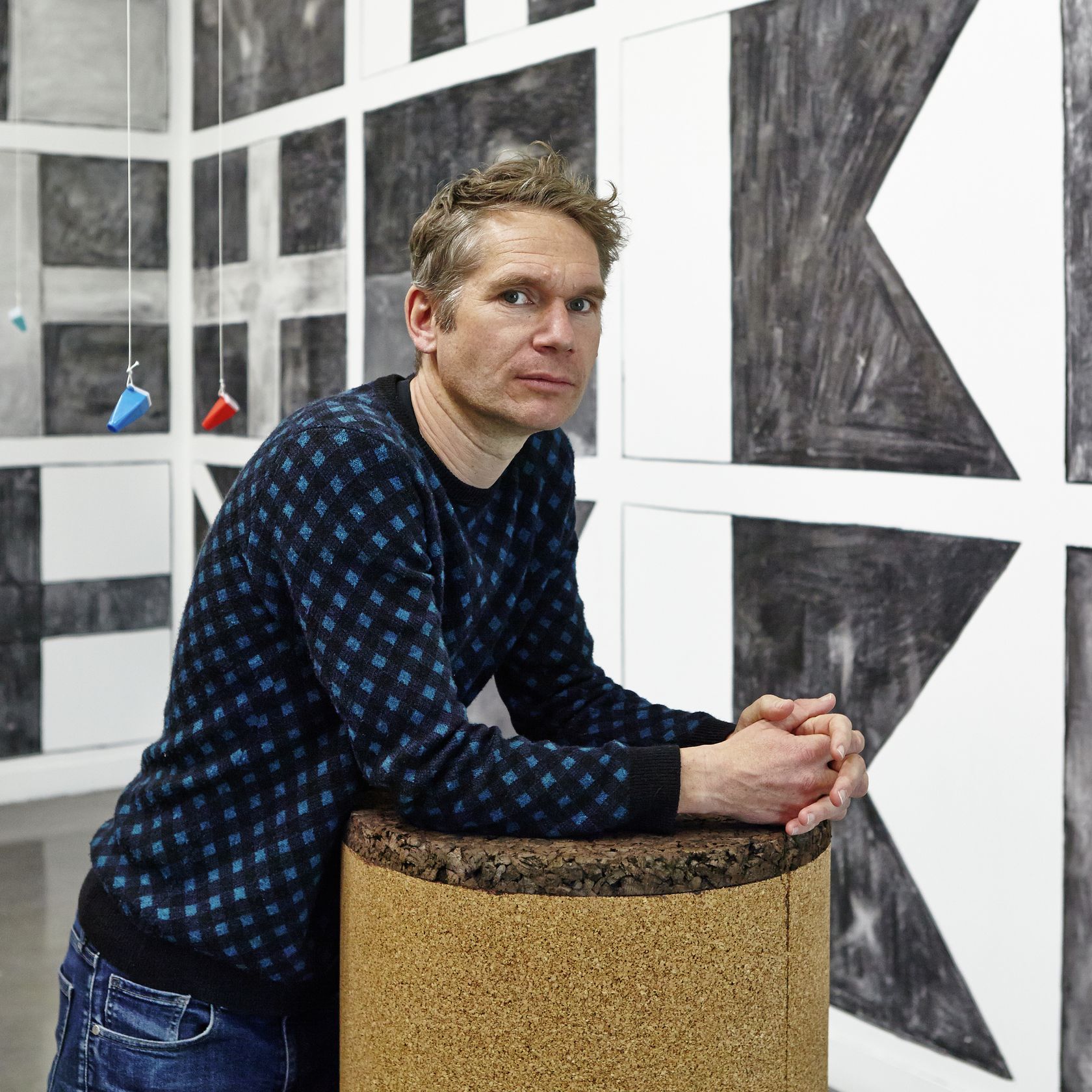
Born in Versailles in 1980, Laurent Proux lives and works in Paris.
In his painting and drawing, Laurent Proux produces powerful and original imagery that seeks through his formal choices to resolve the questions raised by his subjects. Described by some as a realist due to the subjects he depicts—industrial machinery, workstations, sexualized bodies, etc.—his style finds its emancipation through his never-ending exploration of pictorial solutions, the integration of aberrations, bringing planes into collision, the use of artificial colors, all freeing his oeuvre from the opposition between figuration and abstraction. He approaches the human form through fragments, exaggeration and the use of silhouettes to create a kind of body-cum-machine, politicized and under assault, often disturbing and occasionally sentimental. His canvases take the form of a stage, in an altered perspective and the artist addresses the spectator with a visual and intellectual enigma running through the image.
Laurent Proux’s oeuvres are included in the collections of the National Center for Visual Arts (CNAP), the Occitan, Limousin and Nouvelle-Aquitaine regional contemporary art collections (FRAC) and the Paris Municipal Collection (FMAC). His work has been exhibited at the Mana Contemporary in Chicago (US), the Shanghai Art Museum (CN), the Moscow Center for Contemporary Art (RU), the Musée d’Art Contemporain in Lyon (FR), the Limousin FRAC in Limoges (FR), at the Lieu Commun in Toulouse (FR) and at the Musée d'Art moderne et contemporain de l'Abbaye Sainte-Croix aux Sables-d'Olonne (FR).
Laurent Proux is currently a resident of the Casa de Velázquez in Madrid (ES).
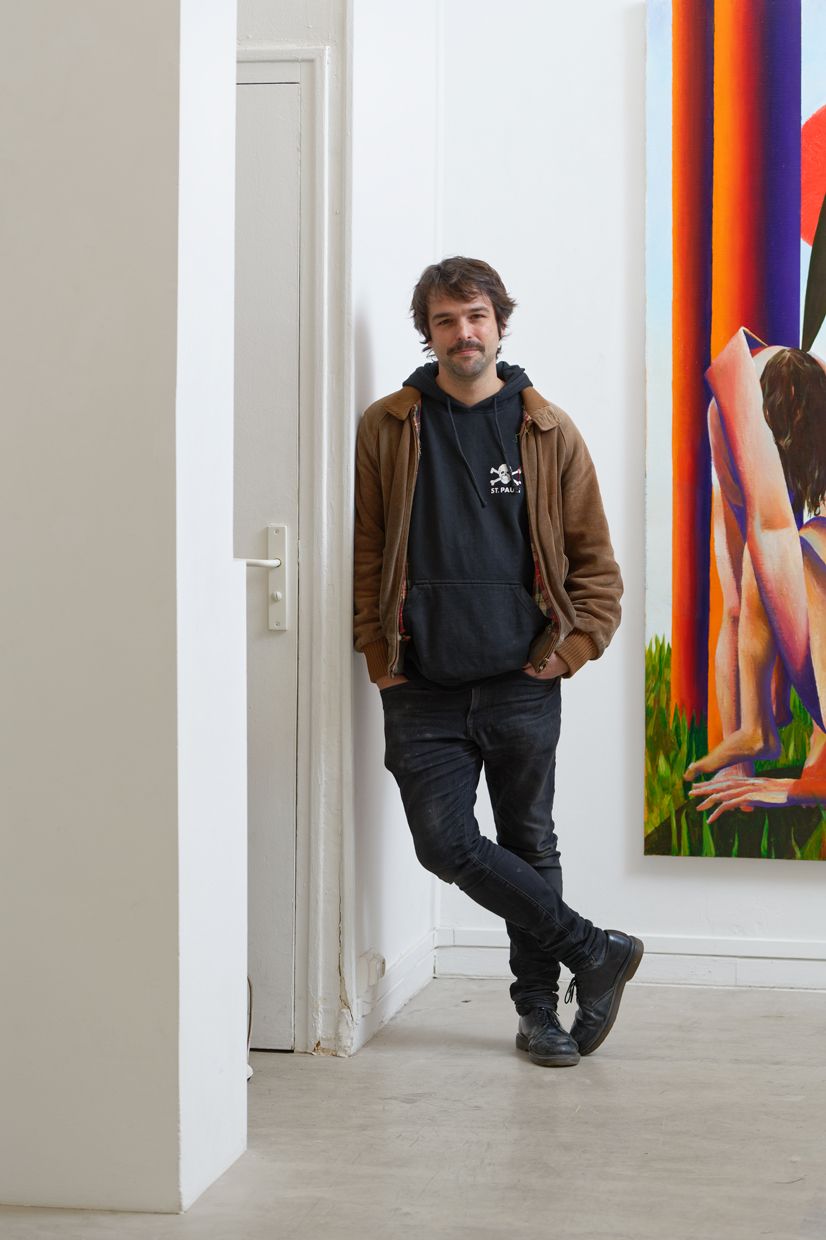
Moffat Takadiwa creates large format sculptures from materials found on garbage dumps, notably computer parts, plastic bottle-caps, toothbrushes and toothpaste tubes. After gathering great quantities of these small objects and sorting them by color and shape, the artist weaves these discarded scraps into rich wall hangings. Once suspended, these post-industrial fabrics, through their intricate beauty, acquire an aura of ritual or totemic artifacts.
Born in 1983, Moffat Takadiwa lives and works on the outskirts of Harare in Mbare, one of the largest recycling centers in the country and an important hub for the informal economy. Belonging to the post-independence generation, his work reflects his preoccupation with issues such as consumerism, inequality, post-colonialism and the environment. Since the earliest days of his artistic career, he has used his practice as a platform for the rehabilitation of his community, working with young local artists and designers, with a view to founding the world first artistic center based on the use of reclaimed materials.
Moffat Takadiwa has exhibited his works in the major institutions of Zimbabwe as well as abroad, most notably at the Craft Contemporary (US), during the exhibition organized by Jeffrey Deitch and Gagosian at the Moore Building in Miami (US), at the ARoS Kunstmuseumat, Aarhus (DK), the Jameel Arts Center, Dubai (AE), the MACAAL, Marrakesh (MA) and the Arnhem Museum (NL). His works are included in numerous public and private collections including the CNAP, Paris (FR), the FRAC Alsace (FR) The Fondation H, Antananarivo (MG), The Jameel Arts Center, Dubai (AE), The Arsenal Contemporary Art, Toronto (CA) and the CC Foundation, Shanghai (CN).
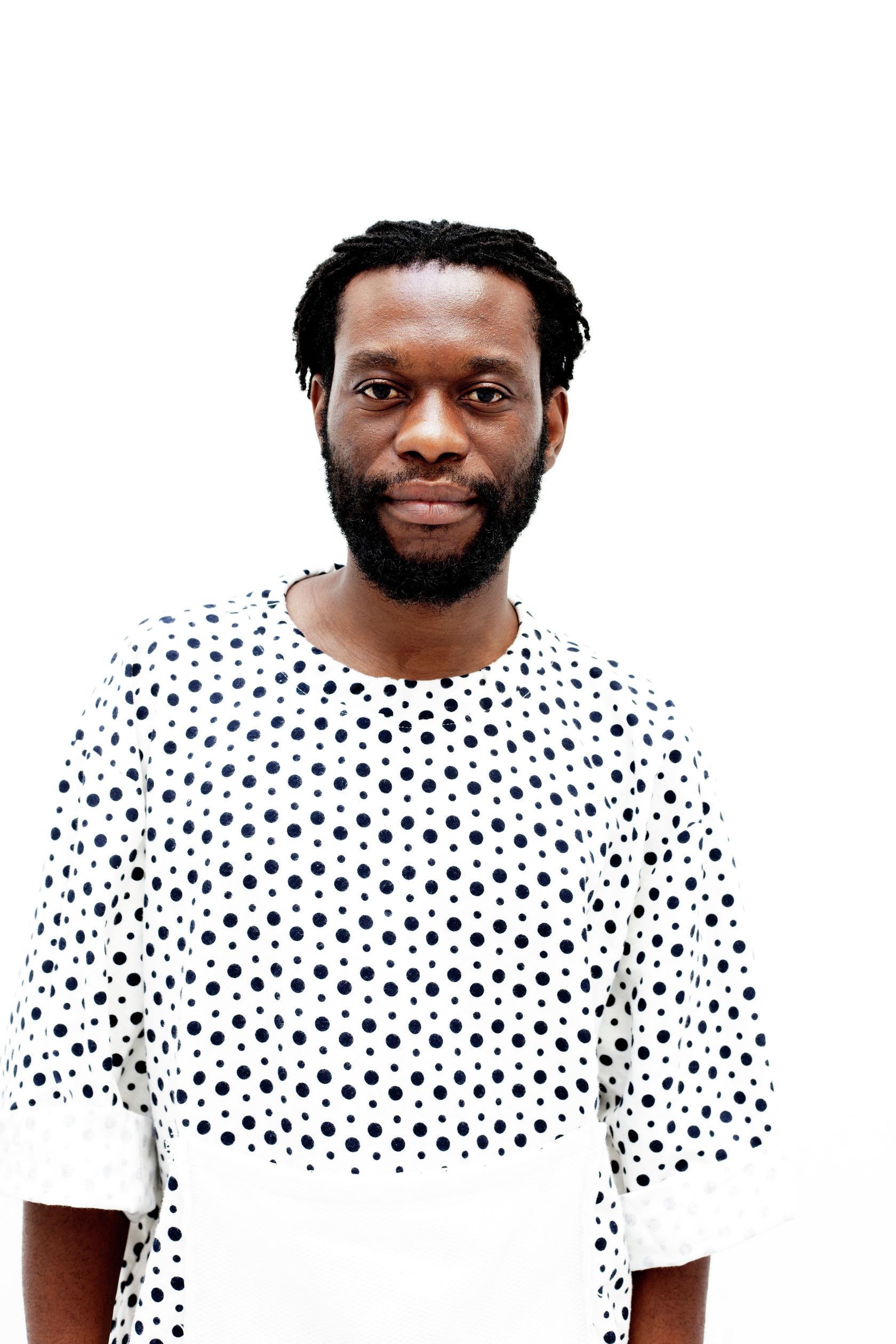
Xie Lei chose painting through personal conviction, as it opens up a pathway towards a language capable of expressing his sensory universe and a field of experimentation that allows him to delve into the specificity of this medium in the contemporary world. His work always starts with a basis in reality before taking flight to explore uncertain or ambiguous realms that are transformed by his imagination. Most of his paintings refer to murky or disturbing situations, discreetly linked to literary or cinematographic memories or drawn from a profound crucible of personal emotions. His work dwells on the complexity of events and situations and above all their ambiguity and the tensions they foster. His recent painting intrigues through its exploration of a world in-between sleep and death, torment and eroticism. The colors are somber but shift towards the luminous and the powerful. His touch is both fluid and more textured. Xie Lei’s painting is singular in that it offers up an alternative perception of time: in a salutary manner, it suggests a slowing of the spectator’s gaze and an escape from the intoxicating world of immediacy and constant acceleration.
Xie Lei (b. 1983 in China) has lived and worked in Paris since 2006. He graduated from the CAFA in Beijing then the ENSBA in Paris. His works have been exhibited in numerous public and private institutions: PS120, Berlin (DE); MAC VAL, Vitry-sur-Seine (FR); Langen Foundation, Neuss (DE); Musée National d’Histoire d’Immigration, Paris (FR); Yishu 8 Foundation, Beijing (CN); Ricard Foundation, Paris (FR). His oeuvres feature in many public and private collections such as those of the MAC VAL, the Colas Foundation, the Burger Collection and the X Museum in Beijing. In 2020-21, Xie Lei was a resident of the Casa de Velázquez in Madrid and of the Boghossian Foundation in 2022.
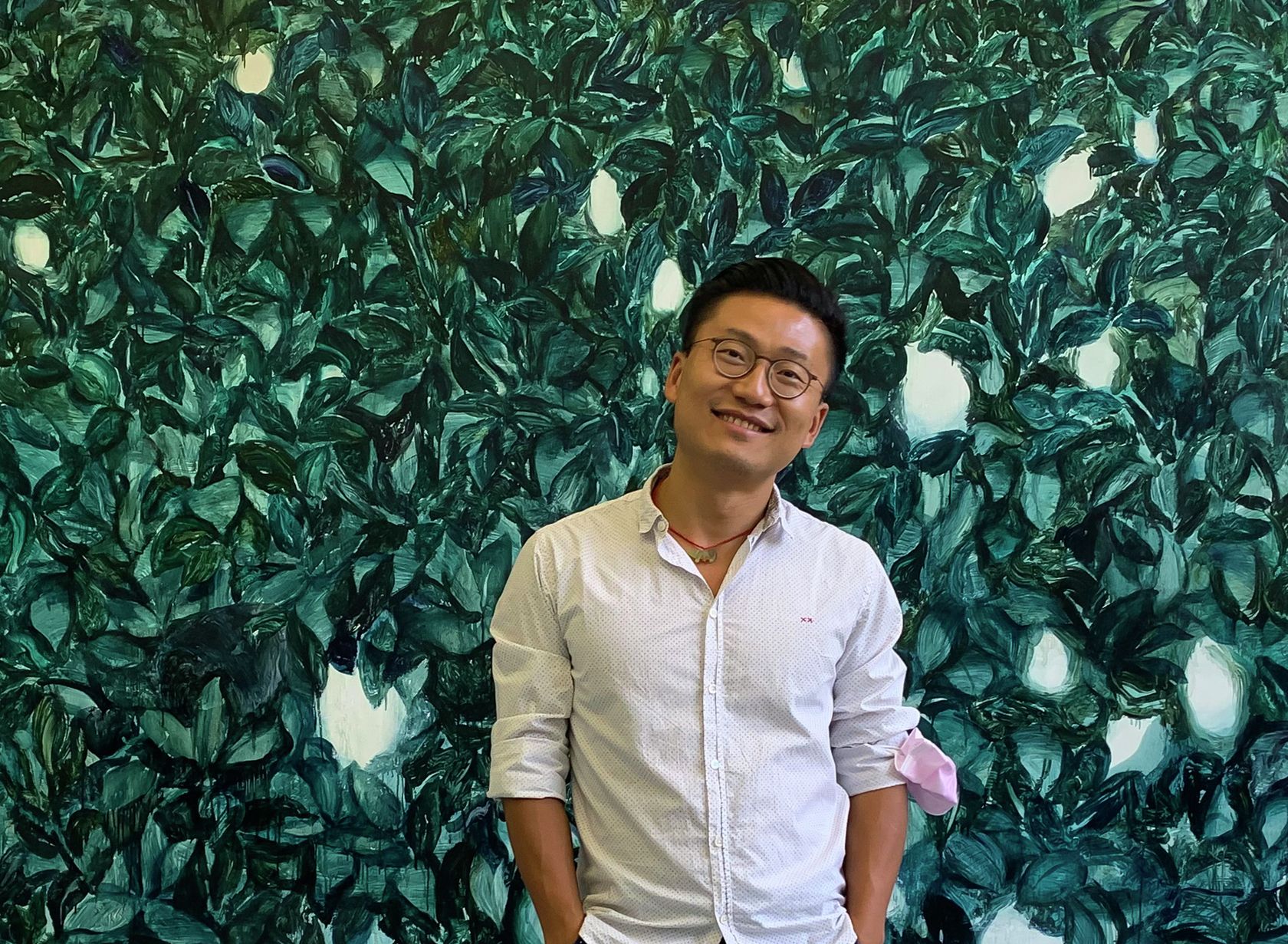
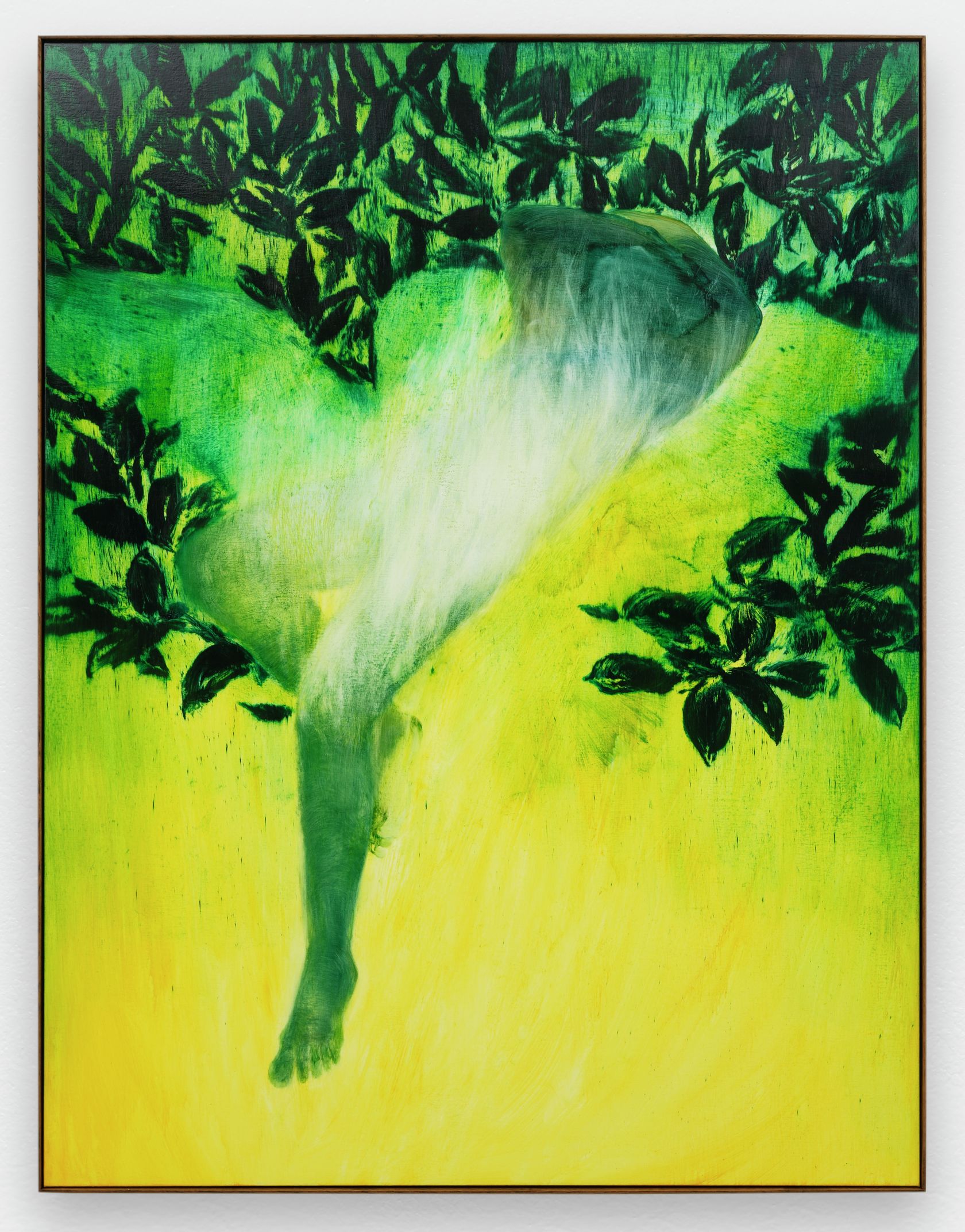
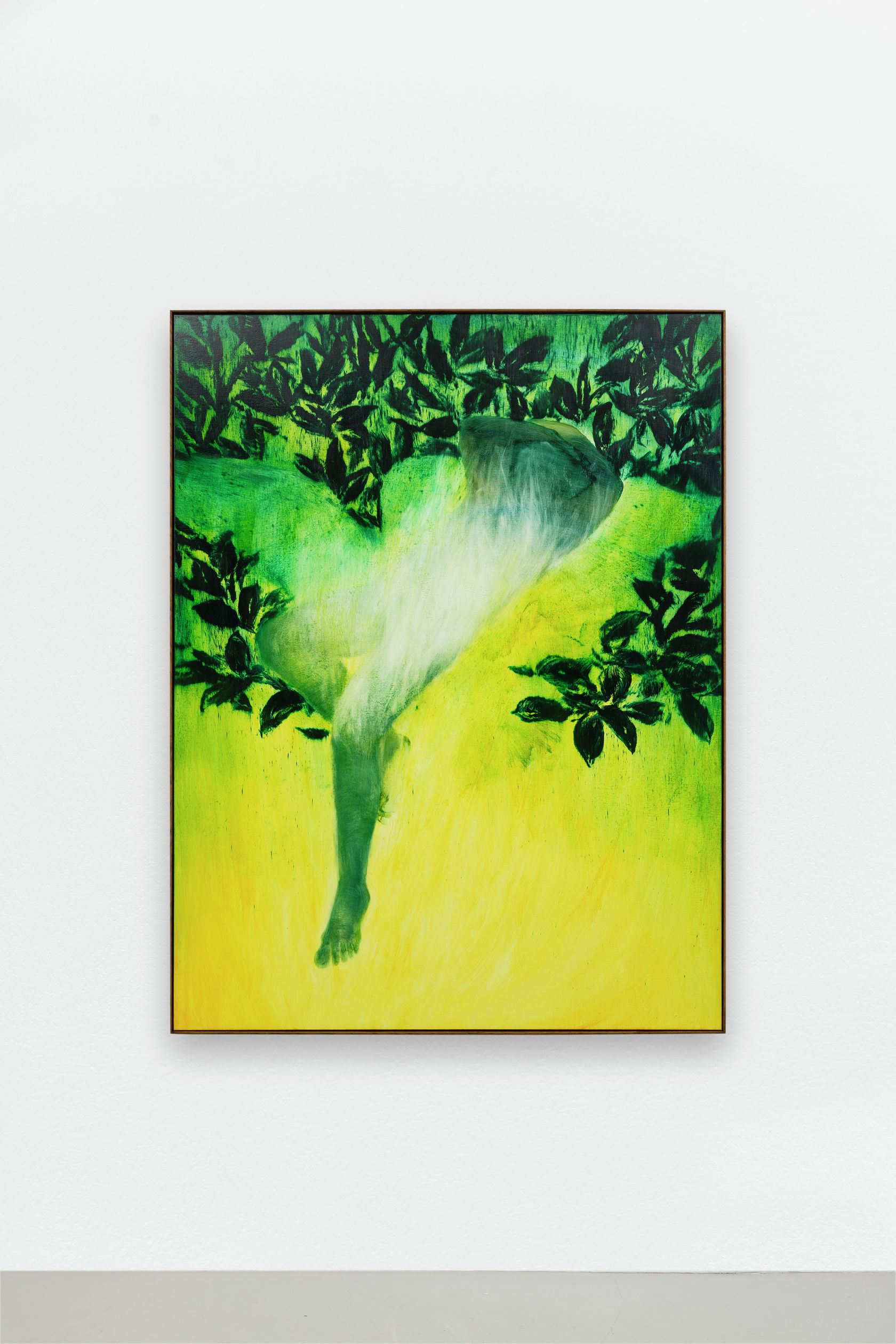
- Xie Lei
- Submission I , 2023
- Oil on canvas
-
- 170 ×
- 130 × cm
- 66 7/8 ×
- 51 1/8 × inches
- unframed
- 172 ×
- 132 ×
- 7 × cm
- 67 6/8 ×
- 52 ×
- 2 6/8 × in
- framed

